-
Solar Energy Panels China: Green Innovation for Garden Fences
10,18 2024
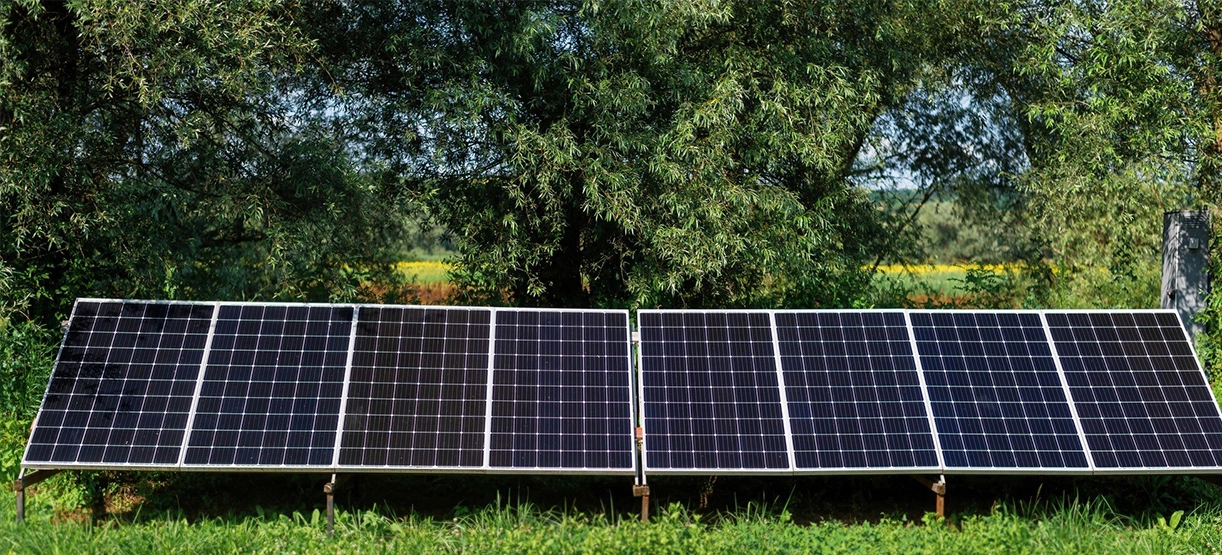
Price Advantage Leading the New TrendWith the booming development of solar energy panels (China) production, meeting global market demand, the price of solar panels has become so affordable that count...
VIEW MORE
-
Methods to Improve the Efficiency of 670w Solar Panel
10,15 2024
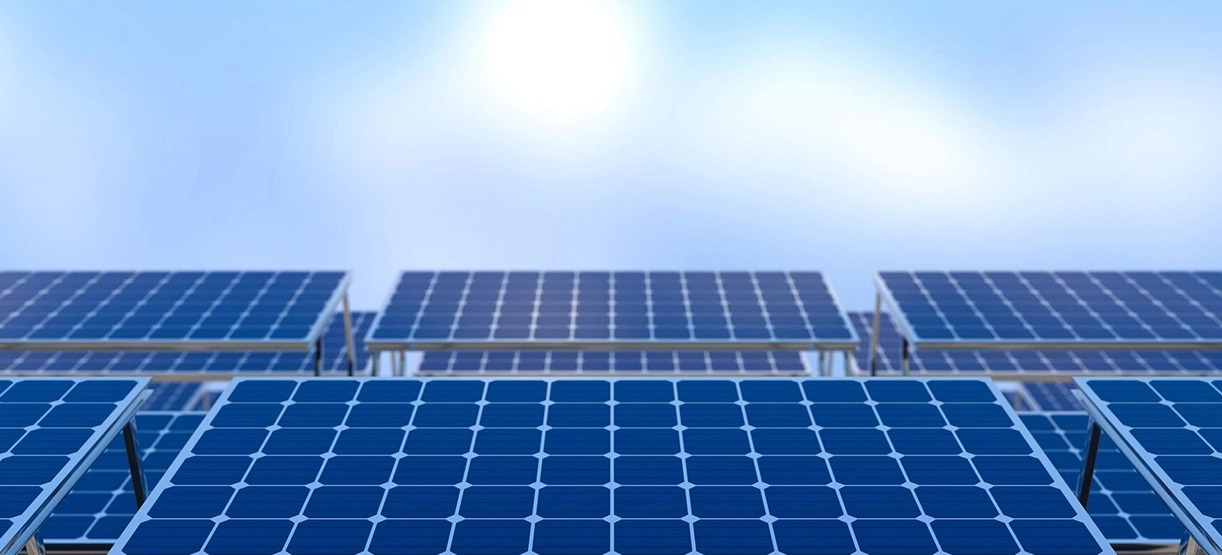
Using solar energy as a renewable resource in ordinary households is easier and more affordable than ever. However, merely installing solar (also known as photovoltaic or PV) panels on your roof is no...
VIEW MORE
-
How to Resolve Solar Panel Warranty Problems
10,12 2024
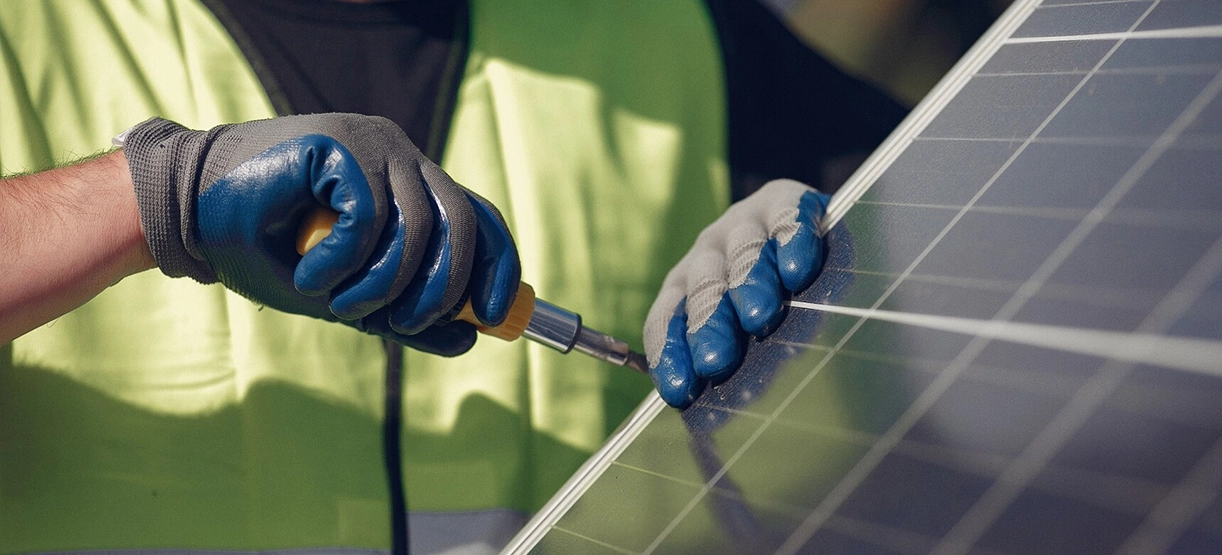
Why Do Solar Panels Need Glass?To address solar panel warranty problems, one must first understand whether a cracked solar panel is still effective. First, you need to know why solar panels have glass...
VIEW MORE
-
Commercial Off-Grid Solar Systems: A Green Choice
10,09 2024
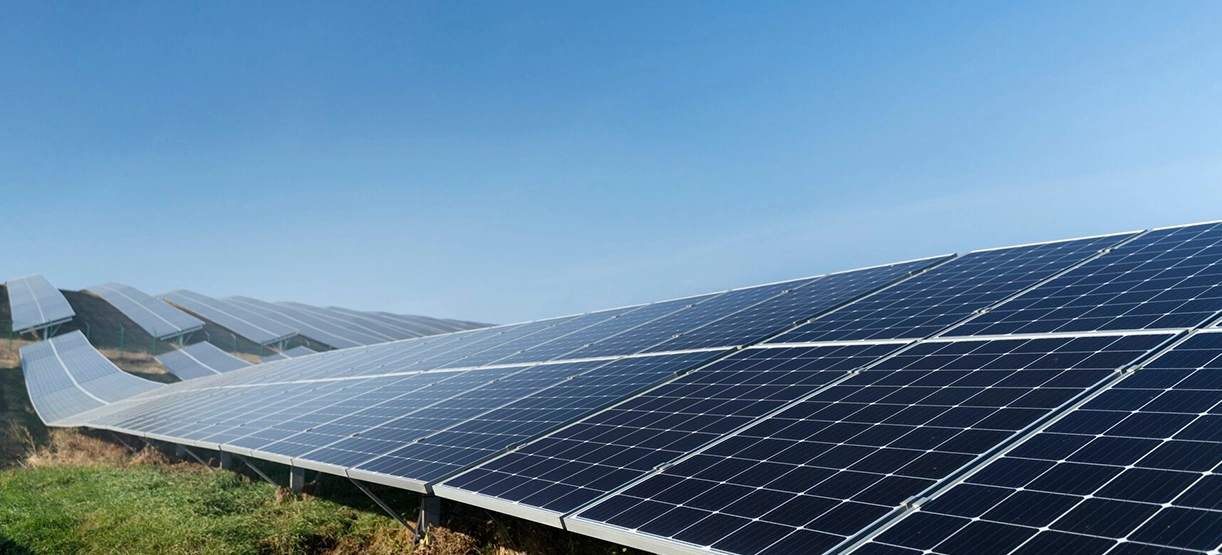
With the increasing global emphasis on renewable energy, Sunrise commercial off-grid solar systems have become an indispensable part of people's lives, gradually showcasing their unique charm and ...
VIEW MORE
-
Solar PV Rooftop: Guide to Zero Carbon Goals for Houses
10,06 2024
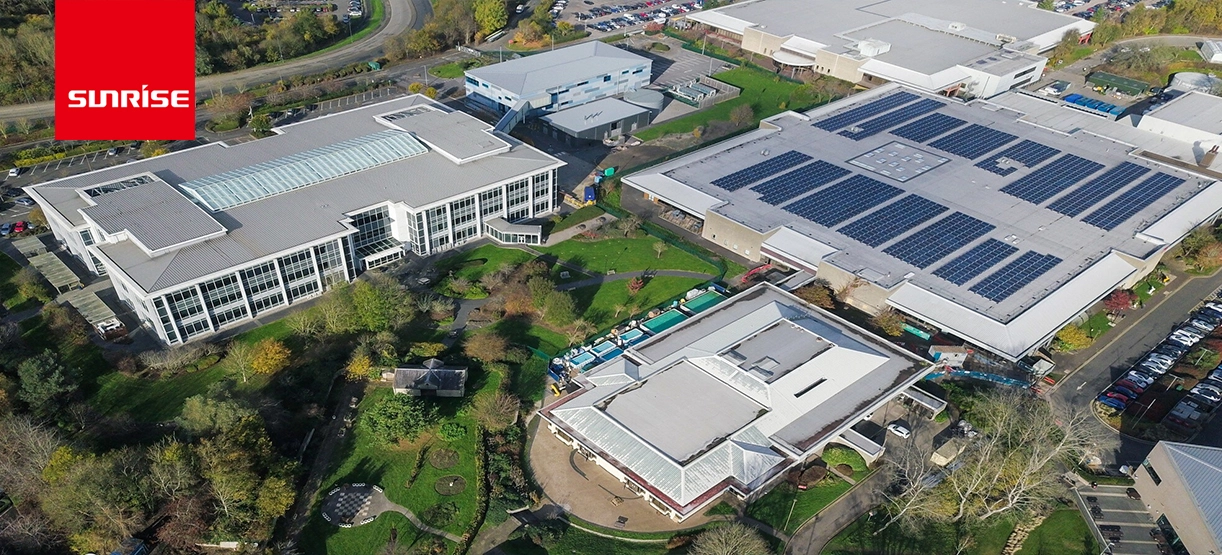
Against the backdrop of the increasingly severe global energy crisis and environmental challenges, solar PV rooftops are gradually becoming a significant way to achieve zero carbon emissions in houses...
VIEW MORE
-
Comparison of Off-grid Solar System for Shed and Traditional Grid Power Supply
09,30 2024
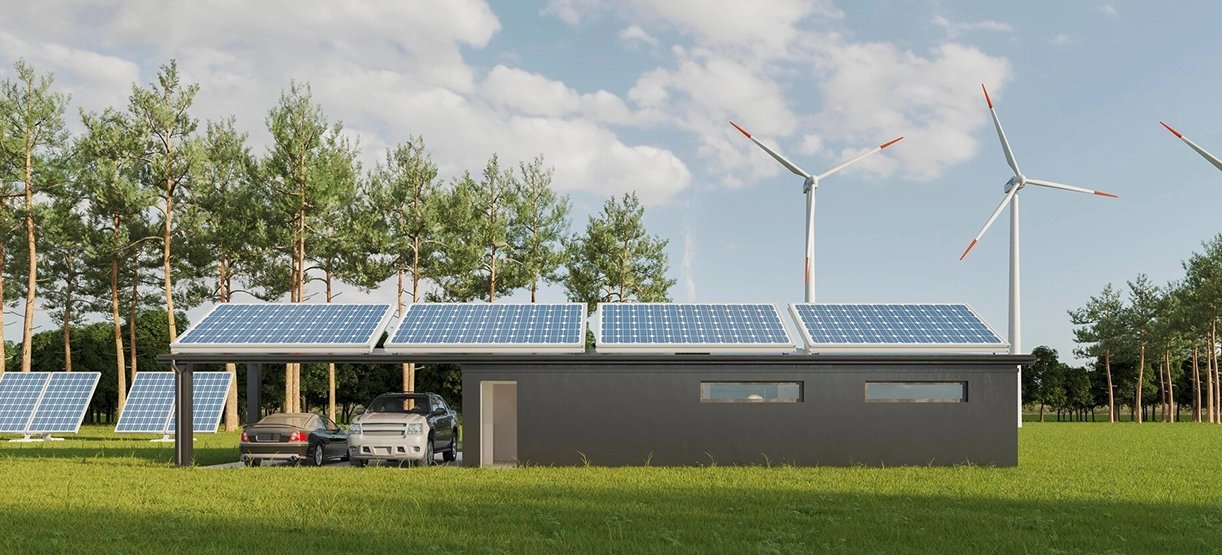
In remote areas, power supply for sheds often presents a significant challenge. For many sheds that are far from the grid, an off-grid solar system for the shed has become an ideal solution. Compared ...
VIEW MORE
-
The Complete Guide to Designing Solar Photovoltaic Array
09,28 2024
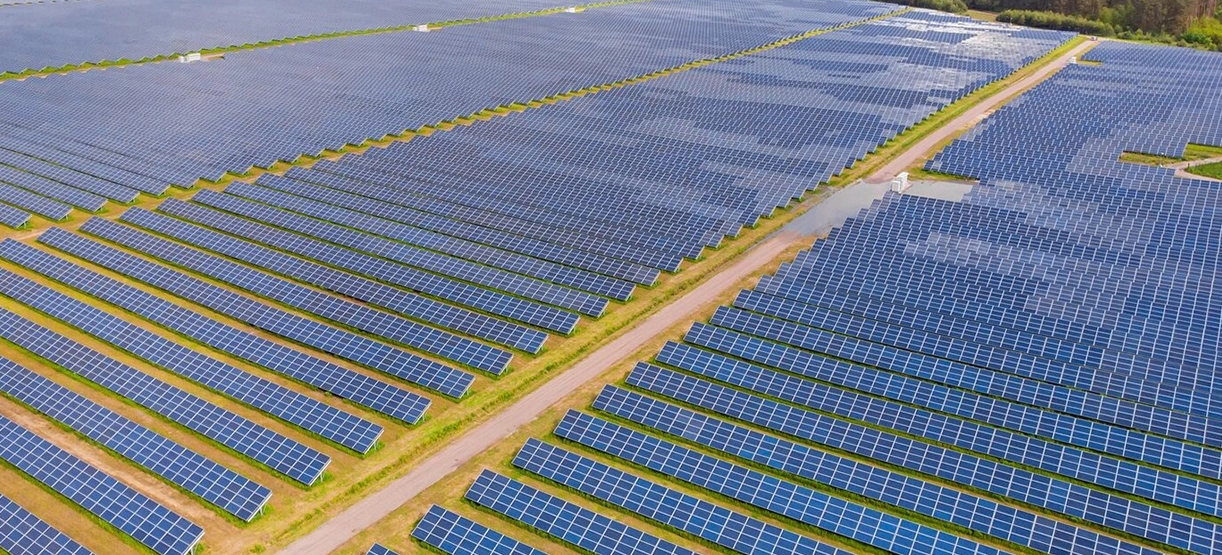
Amid the wave of pursuing green energy solutions, solar photovoltaic arrays as core components are gradually becoming an important force in meeting the energy needs of large residential and commercial...
VIEW MORE
-
Applications of Amorphous Silicon Solar Panels
09,26 2024
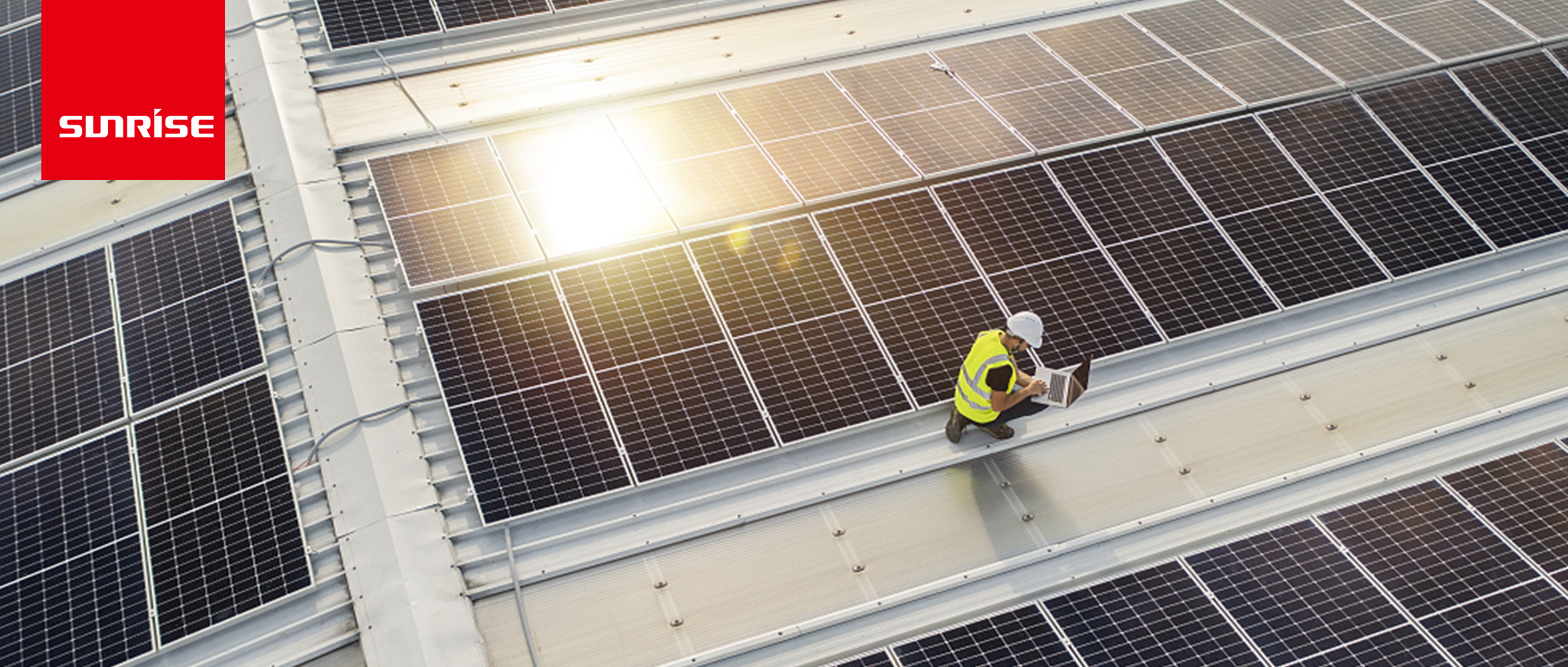
In the rapidly developing photovoltaic market, amorphous silicon solar panels are gradually emerging with their unique advantages, becoming an unignorable force in the solar energy field. This article...
VIEW MORE
-
Monocrystalline Silicon PV Panels: Current Status and Future Trends
09,20 2024
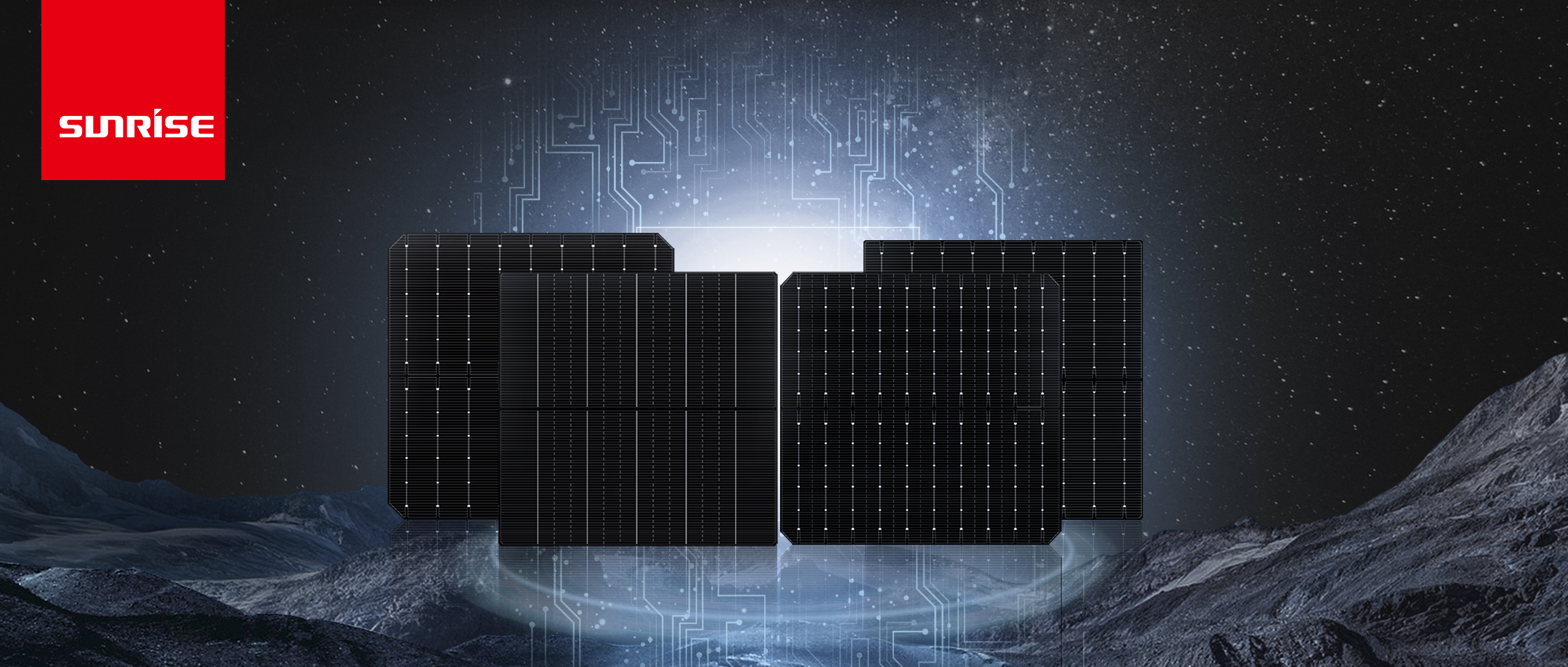
In the current global energy transition, monocrystalline silicon PV panels have become a standout product in the renewable energy sector due to their high efficiency, stability, and reliability. This ...
VIEW MORE
-
Differences Between P-Type and N-Type Solar Panels
09,20 2024
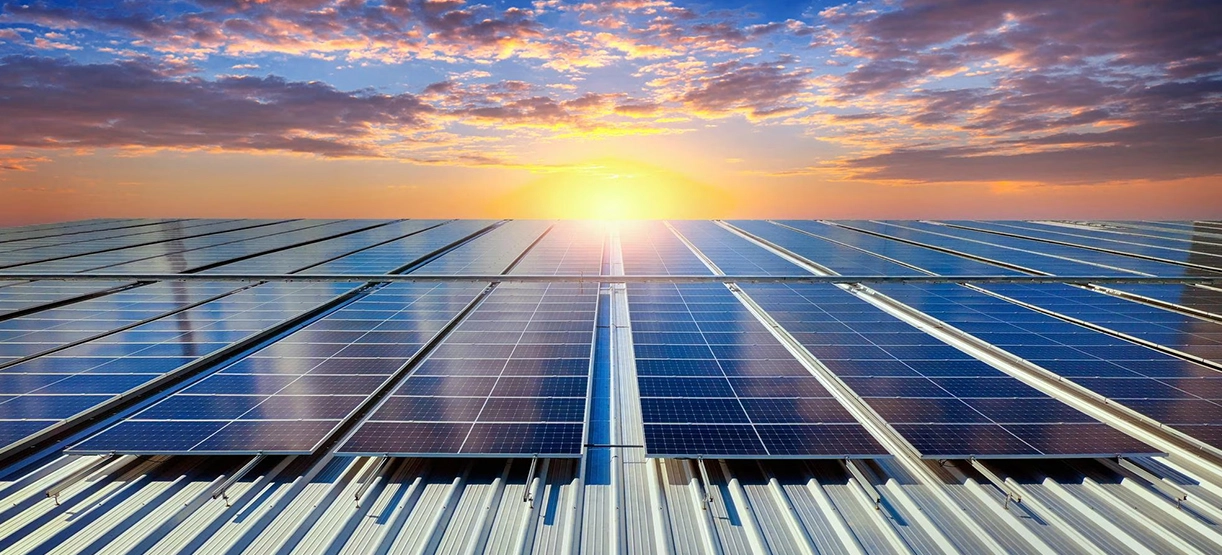
In the vast firmament of the new energy photovoltaic field, each leap in technology is a brave exploration of the boundaries of solar energy utilization efficiency. P-type and N-type solar panels, as ...
VIEW MORE
-
Off-Grid Solar System: Advantages, Applications, and Future Prospects
09,14 2024
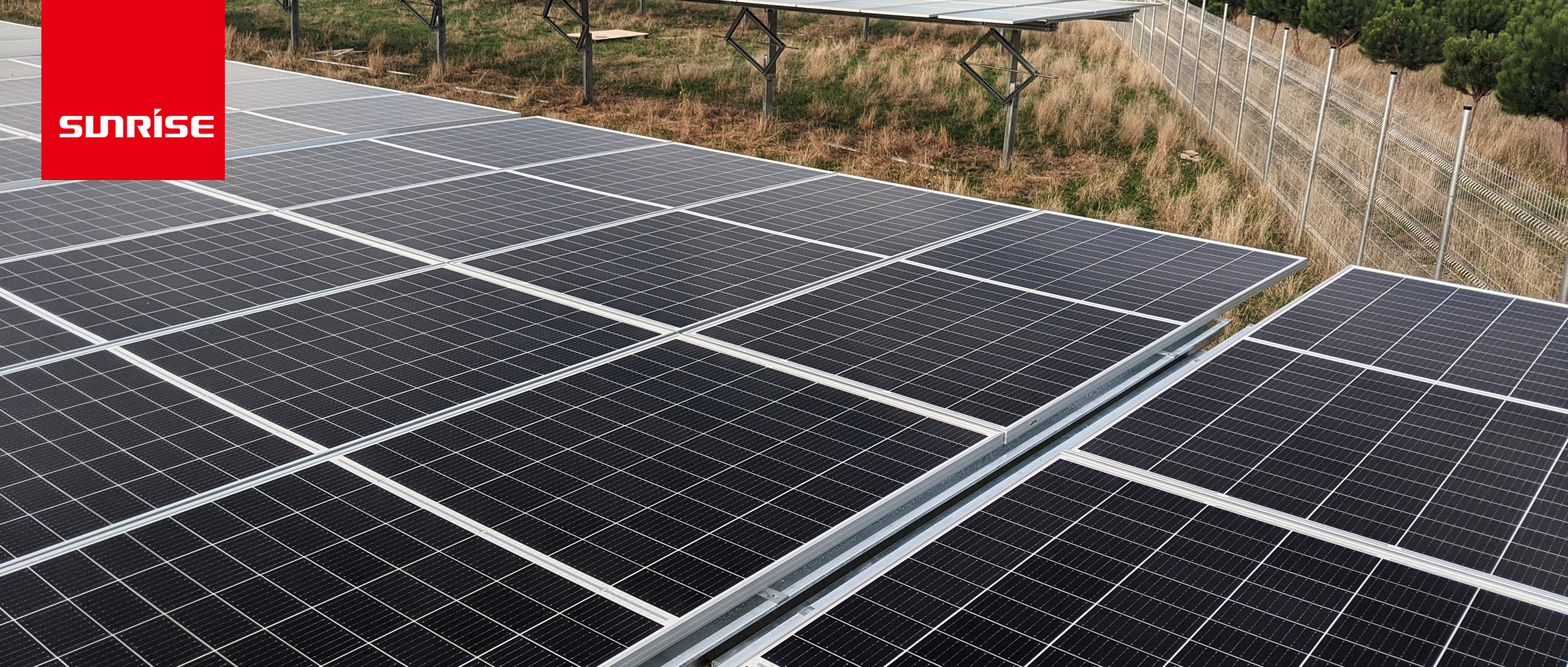
Driven by the global energy transition and green development trends, off-grid solar systems have emerged as leading solutions in the renewable energy sector. These systems do not rely on traditional p...
VIEW MORE
-
Classification and Application of Standalone Solar PV System
09,12 2024
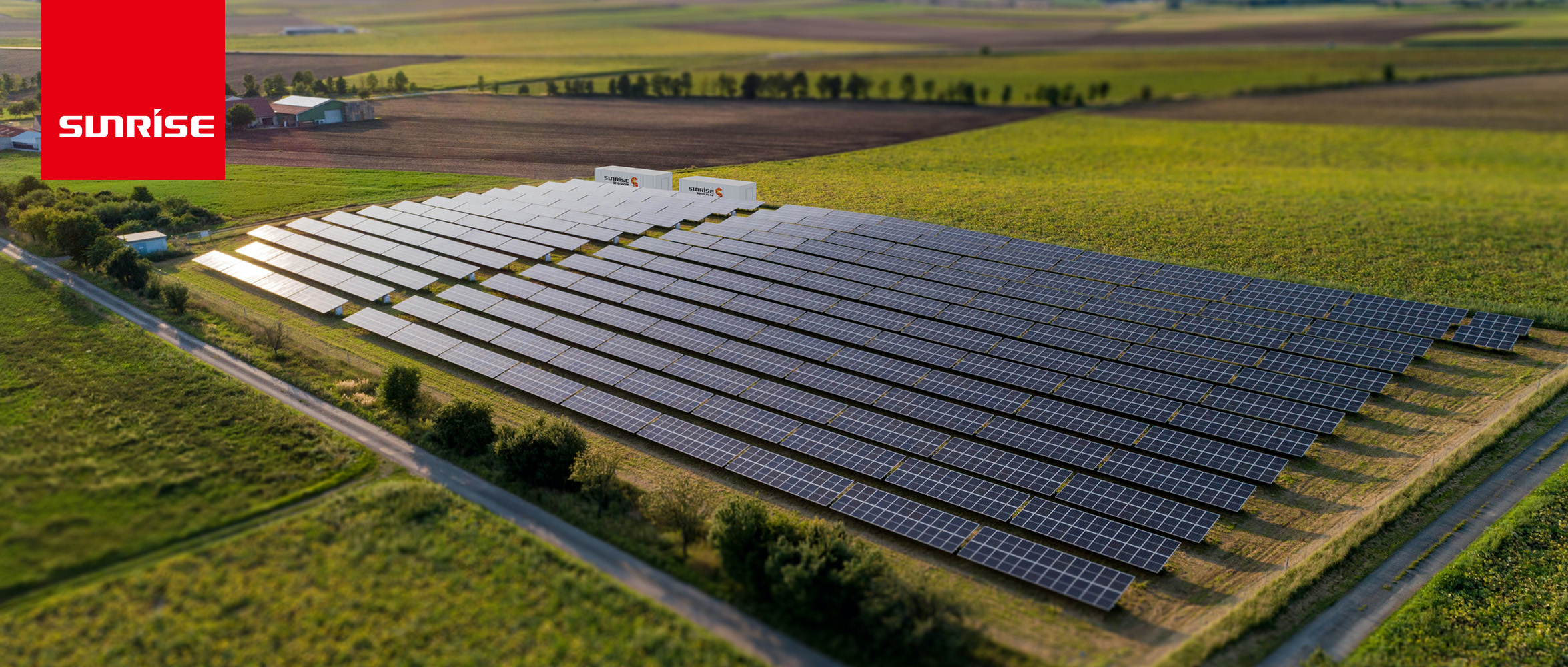
In the current era of pursuing green energy and self-sufficiency, standalone solar PV systems are gradually becoming the preferred choice for remote areas and specific application scenarios as an effi...
VIEW MORE
-
Off-Grid Solar System: A Self-Sufficient Energy Solution
09,08 2024
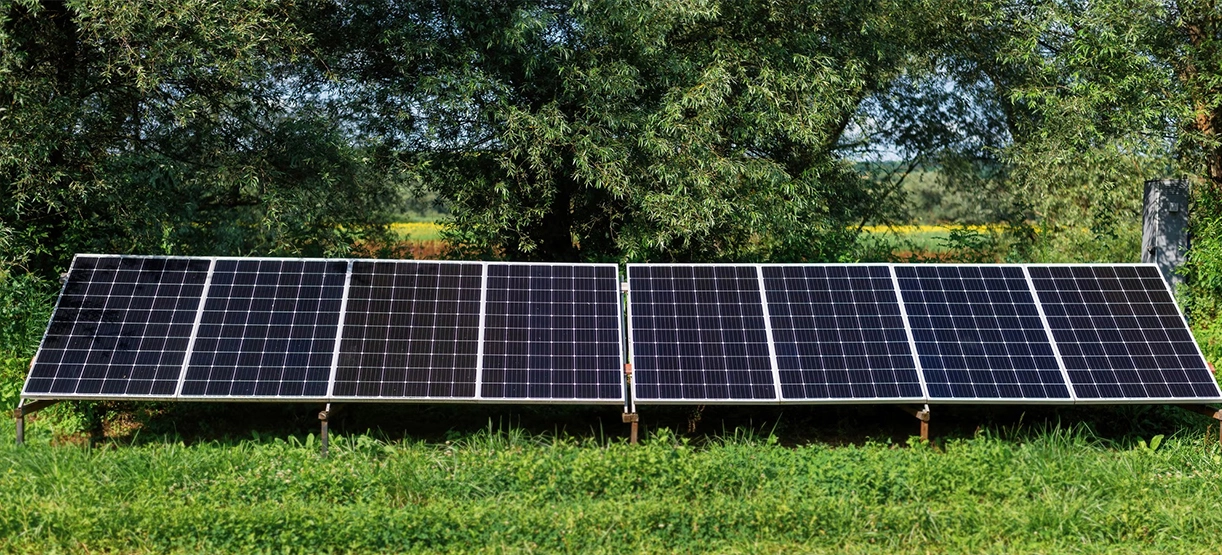
In today's pursuit of sustainable development, off-grid solar systems have become the preferred solution for many users to achieve energy self-sufficiency, due to their unique advantages. This sys...
VIEW MORE
-
N-Type Solar Panels: Structure, Power Generation, Size, and Degradation
09,04 2024
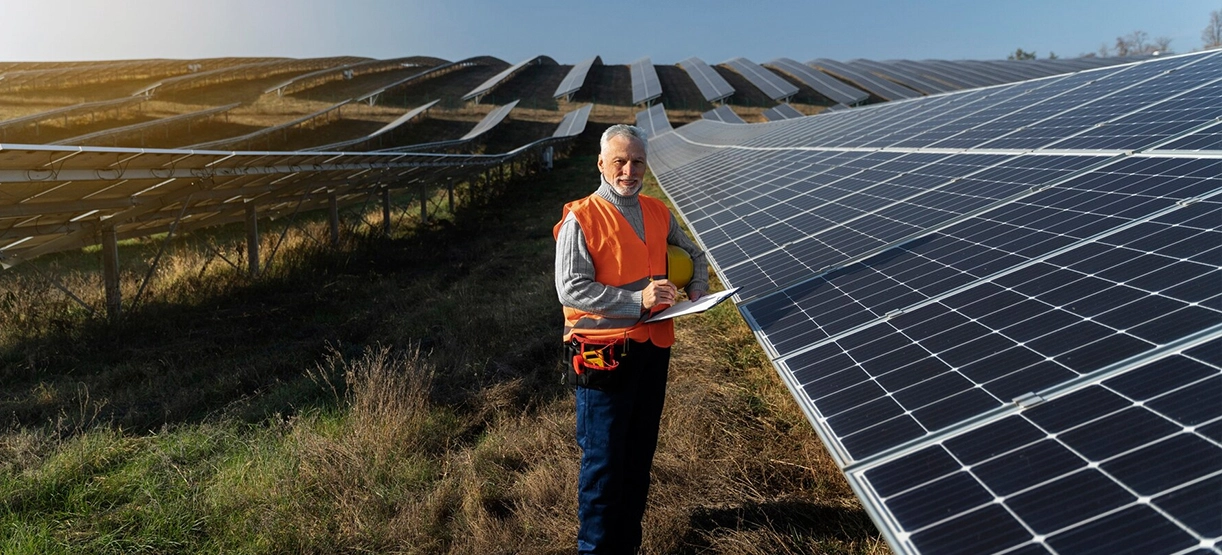
In today's pursuit of green energy, N-type solar panels are gradually becoming the new favorite in the solar field due to their unique advantages. This article will delve into the outstanding perf...
VIEW MORE
-
Integration of Grid-Connected Solar PV Systems and the Smart Grid
09,02 2024
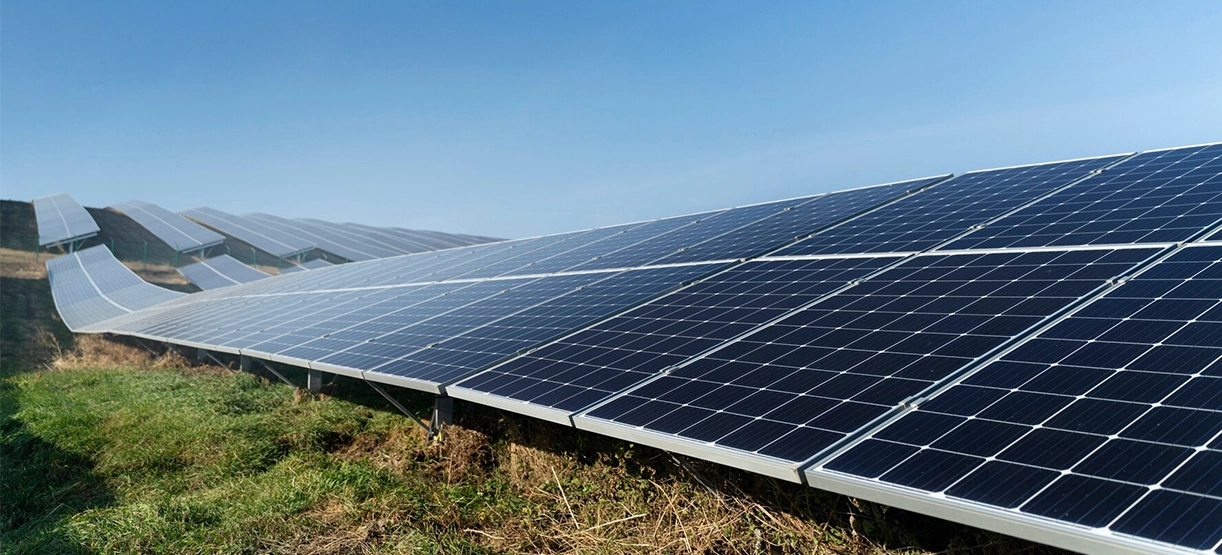
In today's global energy transition, grid-connected solar PV systems are becoming an essential representative of clean energy, rapidly integrating into our daily lives and working in tandem with s...
VIEW MORE
-
On-Grid Solar PV System: Future Power Generation Trend
08,29 2024
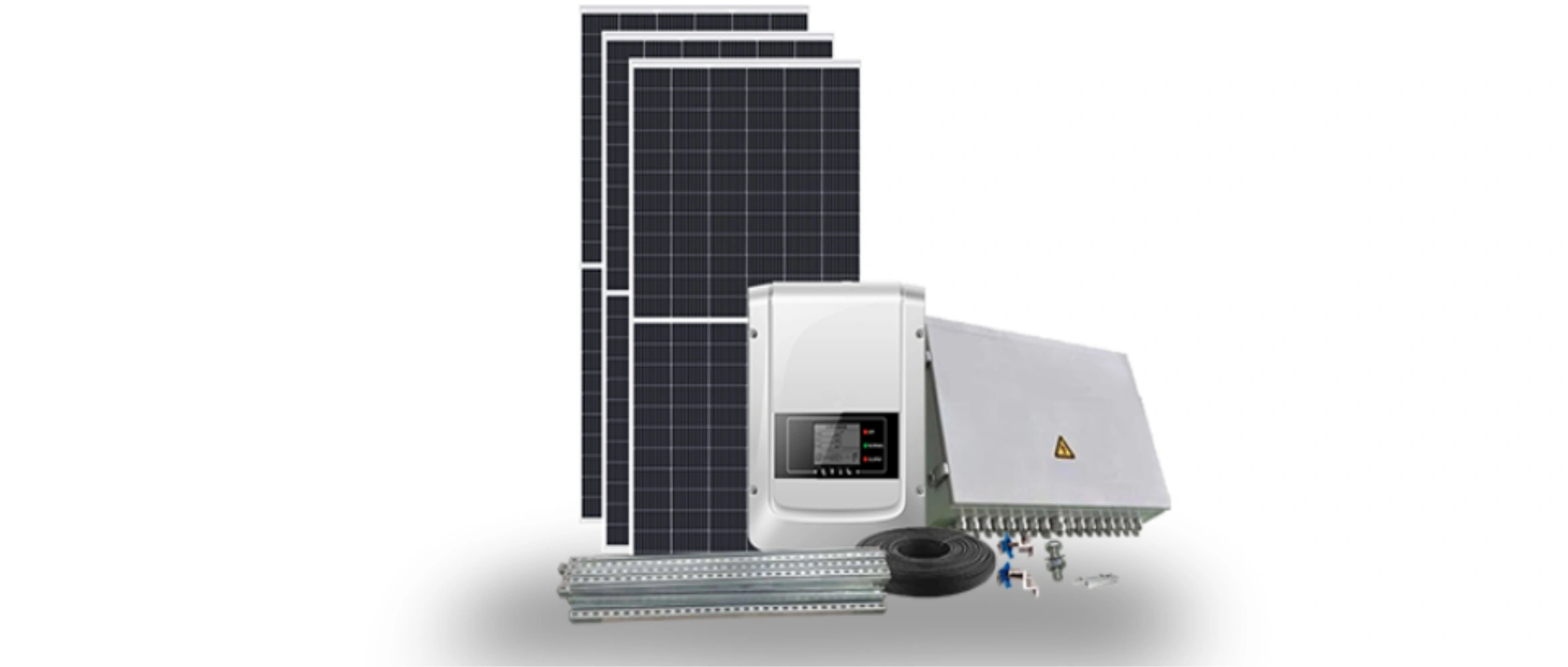
Principle of On-Grid Solar PV SystemThe on-grid photovoltaic power generation system, as the name suggests, converts the direct current generated by photovoltaic cells into alternating current through...
VIEW MORE
-
The Advantages of All-Black Solar Panels in Residential and Commercial Applications
08,29 2024
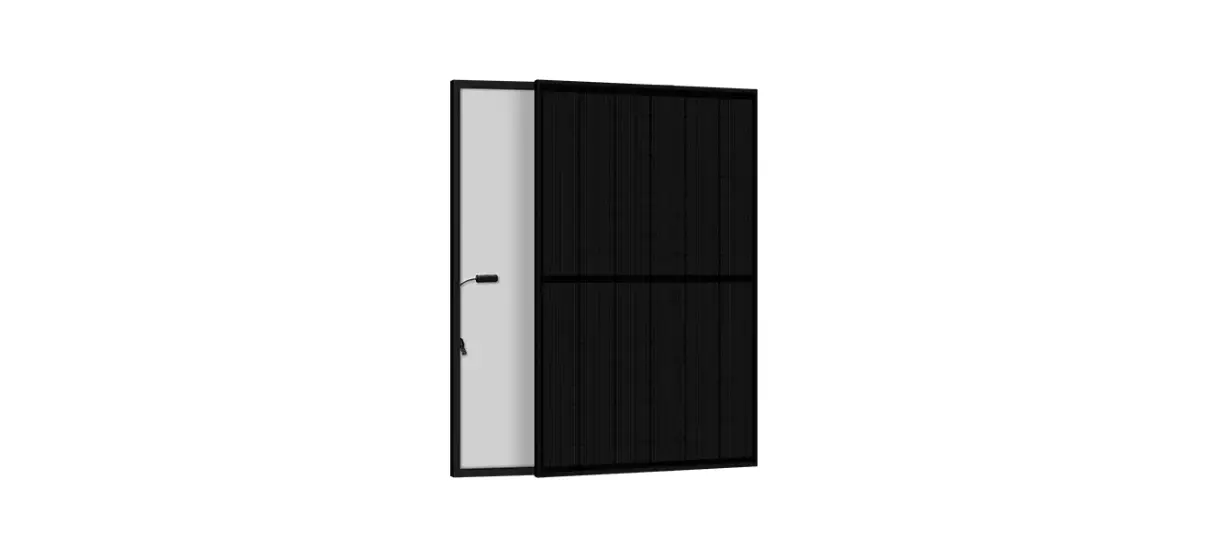
In today's era of pursuing green energy and eco-friendly living, solar panels have become an essential representation of renewable energy, gradually finding their way into homes and various commer...
VIEW MORE
-
Shed Off-Grid Solar System: The Future Choice of Green Energy
08,22 2024
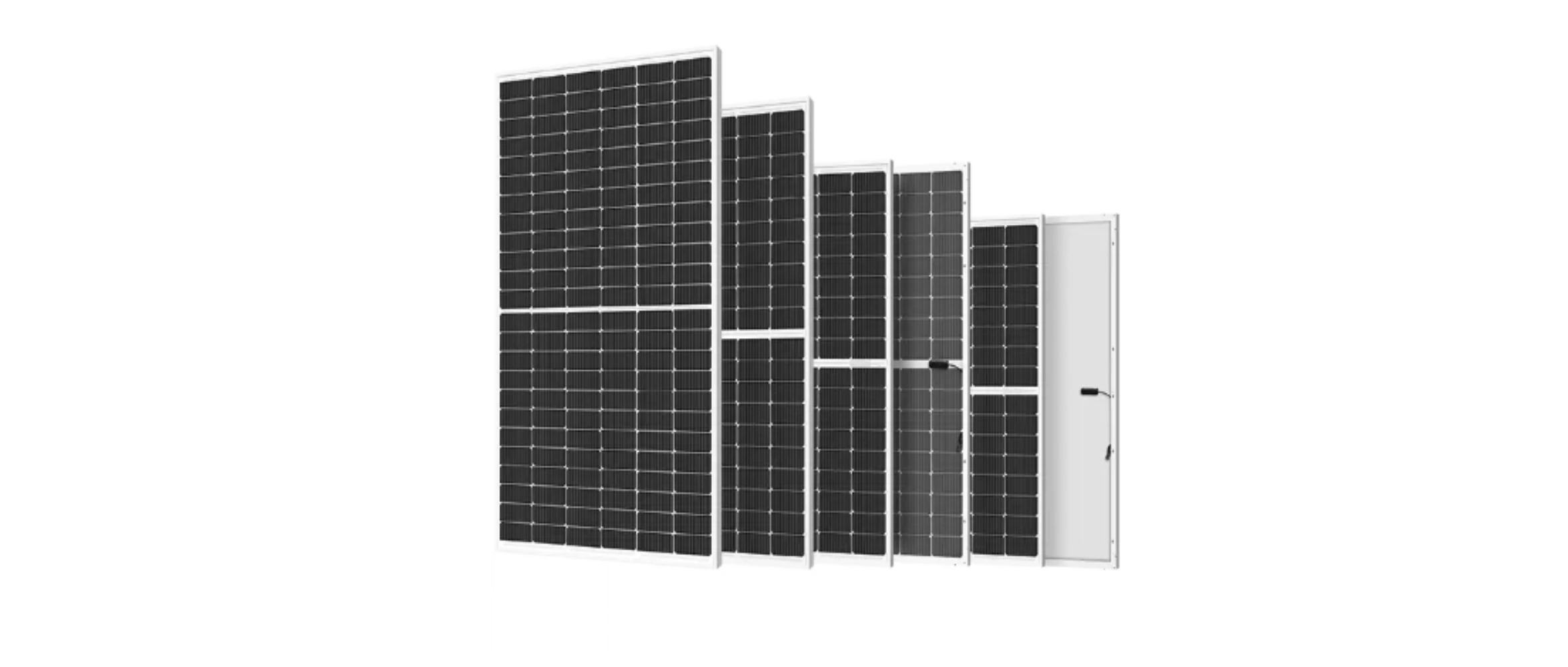
What is a shed off-grid solar system?A shed off-grid solar system is a type of solar power system that operates independently without relying on the utility grid. This system converts sunlight into el...
VIEW MORE
-
Performance of All-Black Solar Panels in Extreme Climate Conditions
08,21 2024

In the rapidly evolving field of solar technology, all-black solar panels have emerged as a new favorite in the market, thanks to their distinctive design and exceptional performance. Especially when ...
VIEW MORE
-
Commercial Off-Grid Solar: A More Reliable Energy Solution
08,15 2024
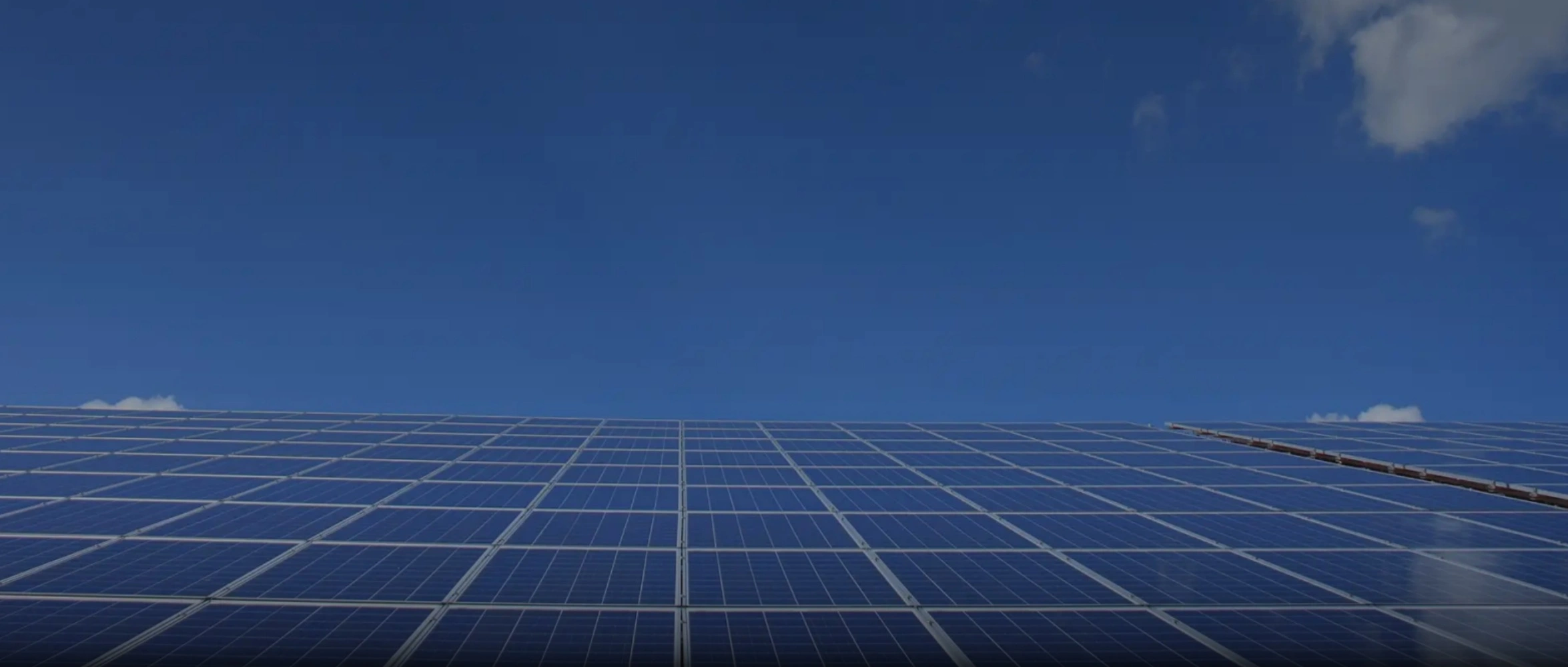
Emergence of Commercial Off-Grid SolarWith the growing global emphasis on renewable energy, commercial off-grid solar is gradually showcasing its unique charm and immense potential, becoming an indisp...
VIEW MORE
-
Main Structure and Advantages of Photovoltaic Modules
08,11 2024

In the quest for green energy, photovoltaic (PV) modules, which convert sunlight directly into electricity, are gradually becoming a pivotal force in driving the global energy transition. This article...
VIEW MORE
-
Some Common Solar Panel Warranty Problems
08,08 2024

Solar Panels Warranty Problems are CommonAs an important component of green energy, the stability and durability of solar panels are directly related to the return on investment for users. However, du...
VIEW MORE
-
Comparison Between Monocrystalline Silicon Photovoltaic Panels and Polycrystalline Silicon Photovoltaic Panels
08,05 2024
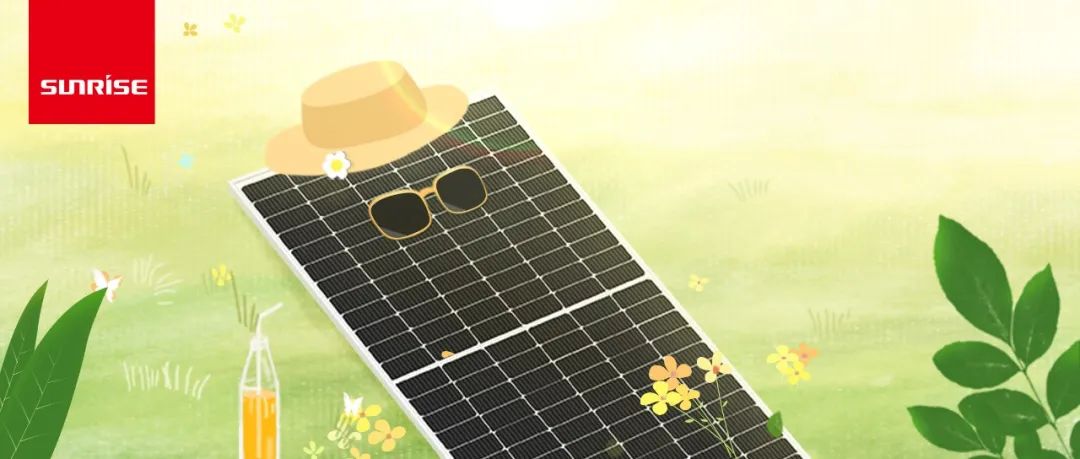
In the rapidly evolving solar photovoltaic (PV) industry, monocrystalline and polycrystalline silicon solar panels stand out as the two main product types, each showcasing unique strengths and advanta...
VIEW MORE
-
Powering Progress: Solar Panel Modules and Their Role in Educational Applications
02,24 2024

The Gateway to Sustainable Future:The Solar Panel ModulesHarnessing energy from the sun isn't a new concept. The concept is so timeless, in fact, that natural organisms such as plants have been capita...
VIEW MORE
-
Sustainable Solutions: Solar Panel Modules in Commercial and Industrial Settings
02,20 2024
![Sustainable Solutions: Solar Panel Modules in Commercial and Industrial Settings Sustainable Solutions: Solar Panel Modules in Commercial and Industrial Settings]()
Introduction to Sustainable EnergyIn today's world, where climate change and global warming are major concerns, various entities are turning towards sustainable solutions to meet their power requi...
VIEW MORE
-
Designing The Future: Patented Full Black Solar Panels And Their Impact On Renewable Energy
02,16 2024

Introduction to Full Black Solar Panels from Sunrise Energy In the unfolding era of clean and renewable energy sources, steadily making a grand entry is the patented Full Black Solar Panels from Sunri...
VIEW MORE
-
Eco-Friendly Escapes: Resorts and 440W Solar Panels Redefining Hospitality
02,12 2024
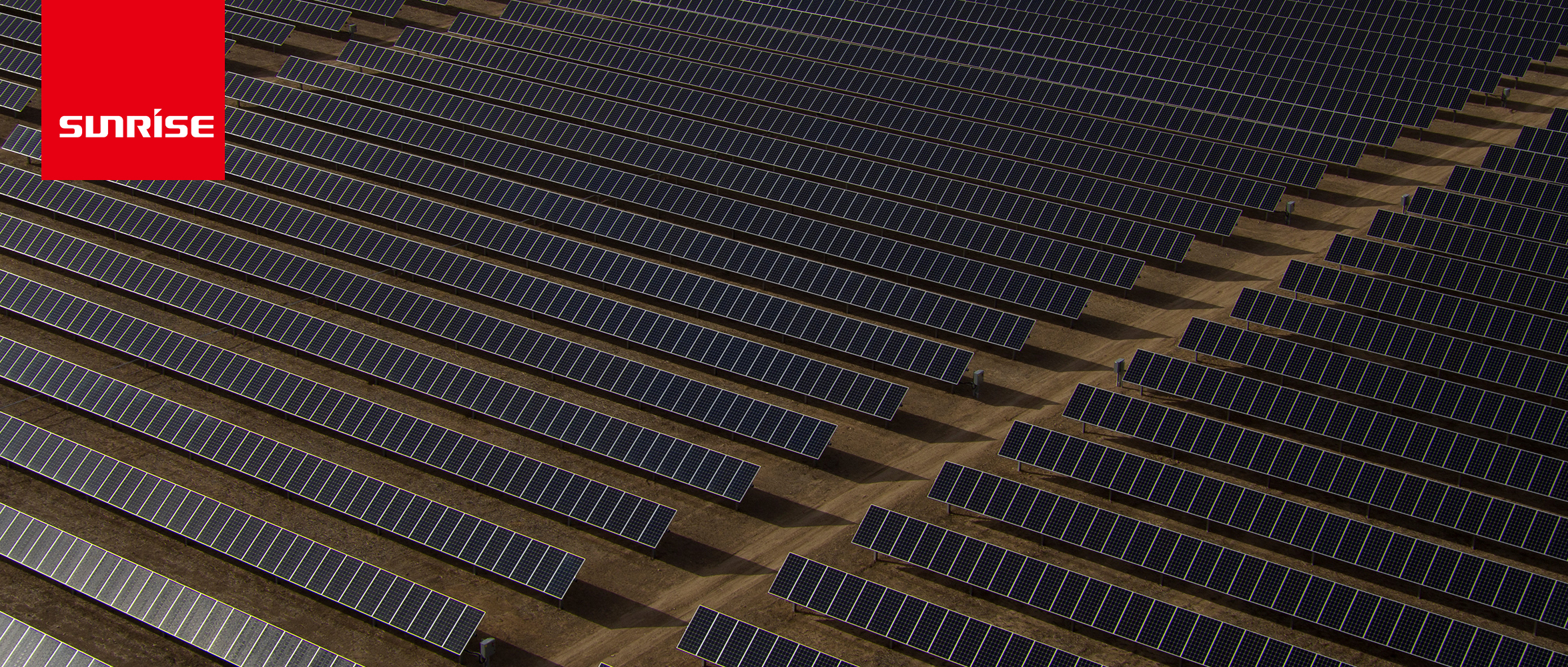
Embracing Green HospitalityIn recent years, the notion of sustainability has transcended just being a trend, and permeated not just our daily lives, but also industries across the board, including the...
VIEW MORE
-
Empowering Farms: How N-Type TOPCon M10 Solar Panels from Sunrise Energy Revolutionize Agricultural Energy
02,08 2024

Understanding the Transition to Solar EnergyThe movement towards sustainable agricultural practices is gaining momentum with every passing day, thanks to technological advancements. At the heart of th...
VIEW MORE
-
Commercial Brilliance: Monocrystalline Silicon PV Panels Powering Businesses
01,16 2024
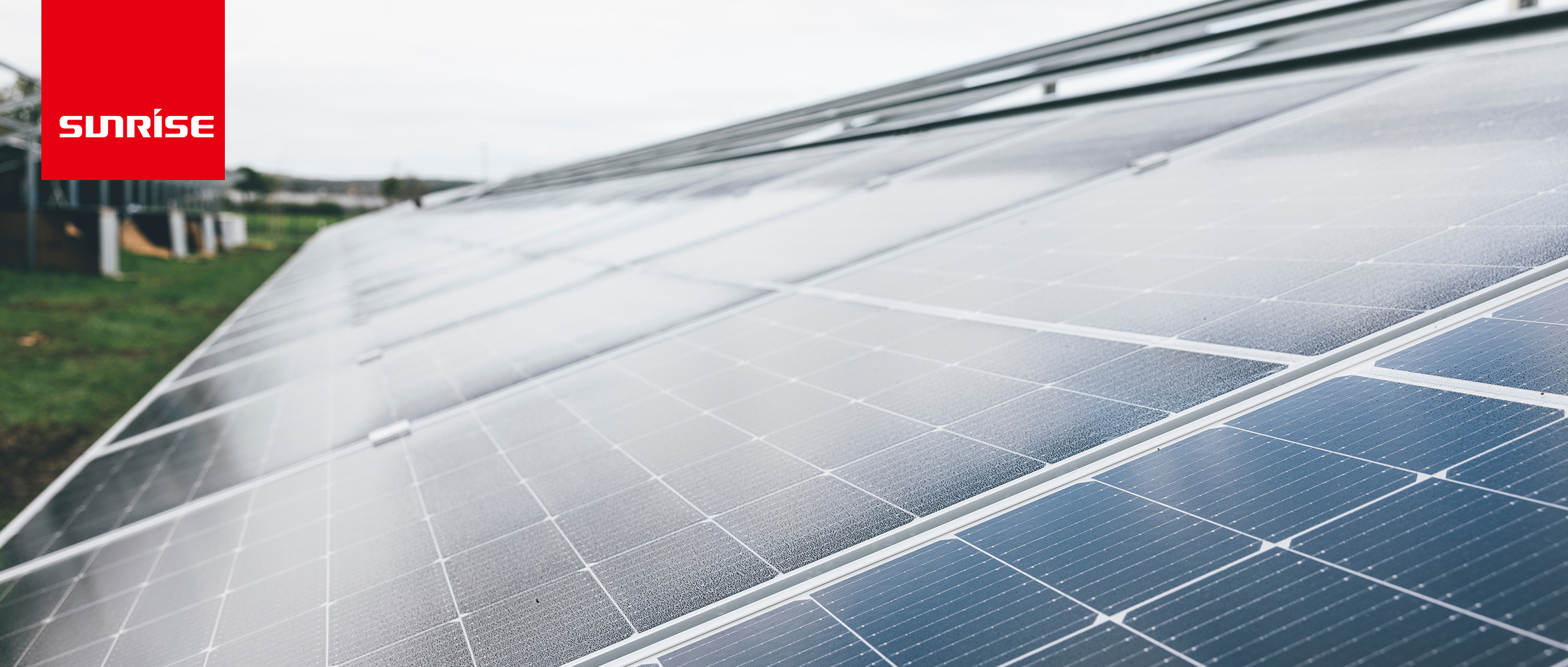
The Fortitude of the Monocrystalline Silicon PV PanelsAs global demand for clean, renewable energy continues to increase by leaps and bounds, the Sunrise Energy brand is leading the charge in the sola...
VIEW MORE
-
Eco-Friendly Elegance: Full Black Solar Panels in Modern Construction
01,10 2024
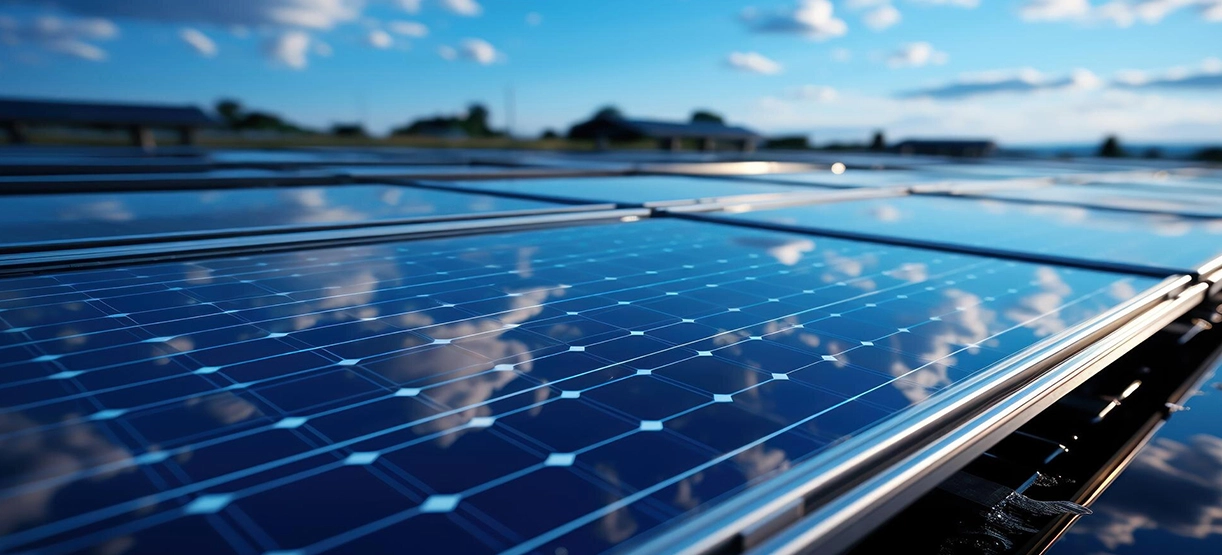
In today's world, where climate change and environmental sustainability have become the forefront of global concerns, the demand for eco-friendly solutions is at an all-time high. One such solutio...
VIEW MORE
-
Efficiency Redefined: Monocrystalline Silicon Solar Panels in Commercial Spaces
01,10 2024

The Increasing Demand for Solar Energy in Commercial SpacesThe skyline of commercial spaces is rapidly changing, moving away from exhaust-emitting, fossil fuel-based systems to renewable energy soluti...
VIEW MORE
-
Powering Up Agriculture: Monocrystalline Silicon Solar Panels on Farmlands
01,04 2024

Embracing Solar Energy in AgricultureAgriculture has been the backbone of civilizations since time immemorial, ensuring the sustenance and development of societies worldwide. Today, the integration of...
VIEW MORE
-
Components Of An On-Grid Solar PV System Explained
09,08 2023
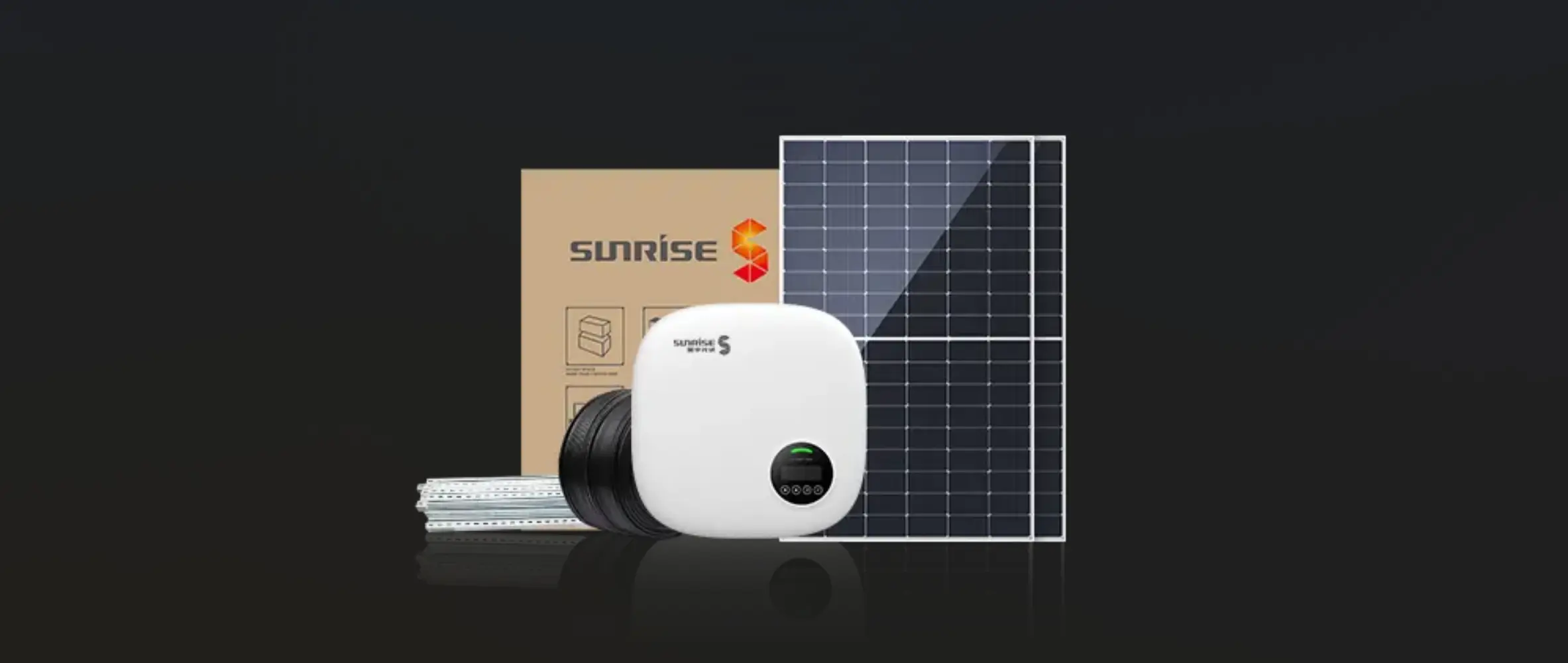
On grid solar pv systems are a remarkable technological advancement that allows individuals and businesses to generate their own clean energy while remaining connected to the local utility grid. These...
VIEW MORE
-
The Advantages of On-Grid Solar PV Systems
09,07 2023
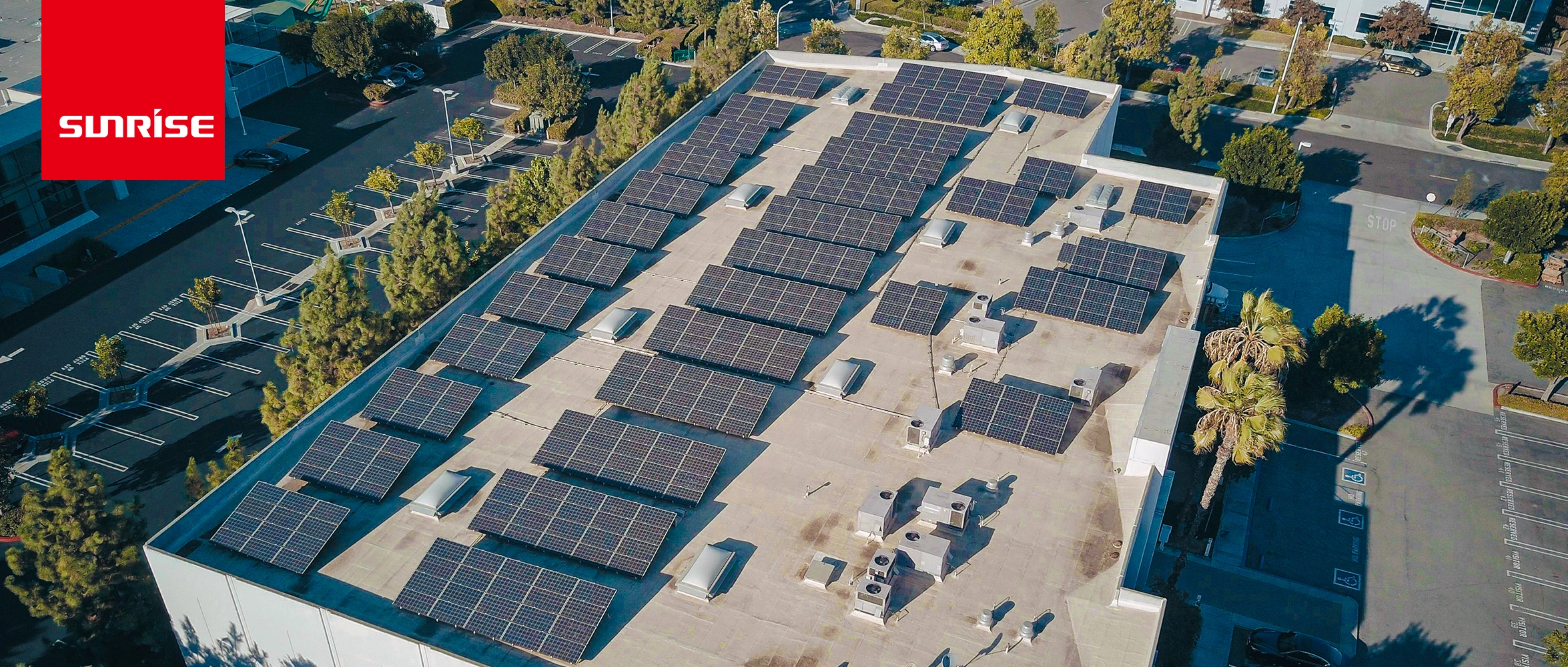
On-grid solar photovoltaic (PV) systems have gained immense popularity in recent years due to their efficiency, environmental benefits, and potential cost savings. These systems, also known as grid-ti...
VIEW MORE
-
China's Role in Driving Solar Module Sustainability
09,06 2023
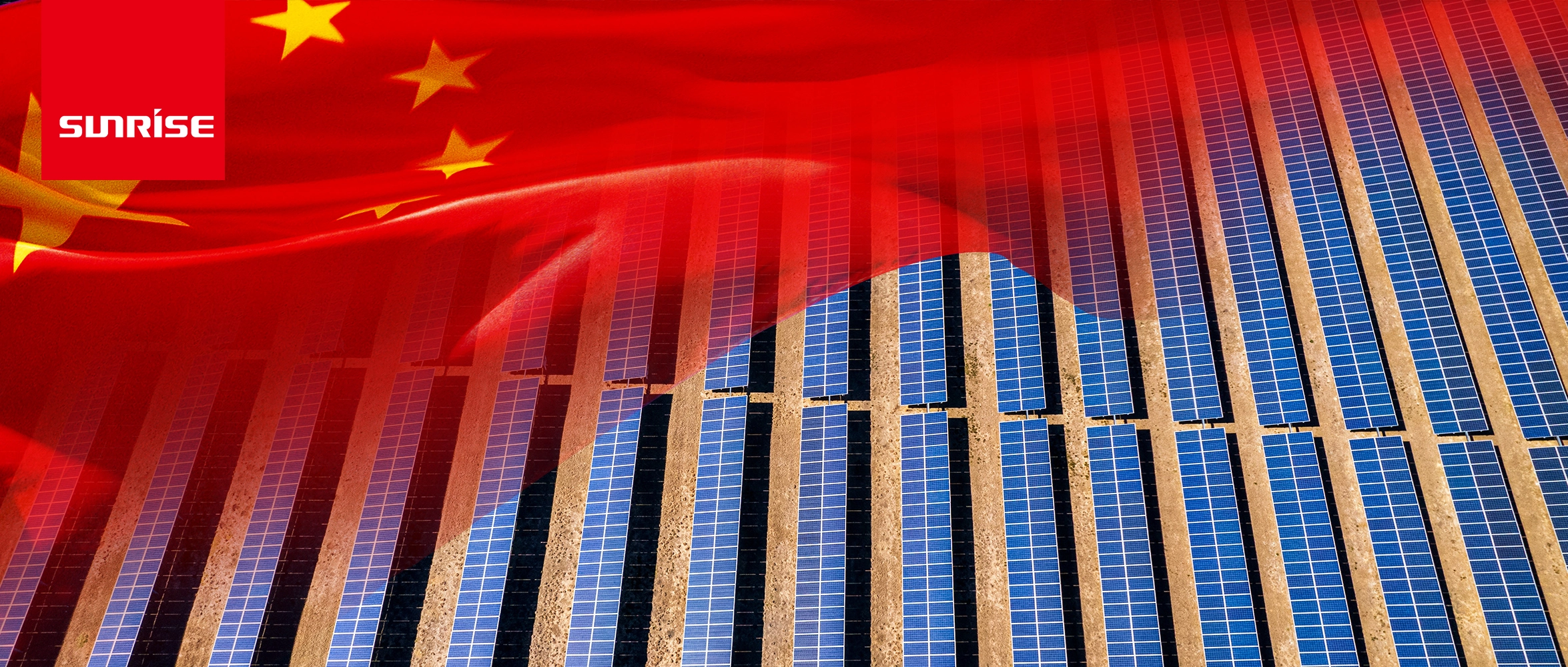
China's solar module industry not only focuses on technological innovation and global market share but also on sustainable manufacturing practices. As the world's largest producer of solar mod...
VIEW MORE
-
Innovations in China's Solar Module Technology
09,05 2023
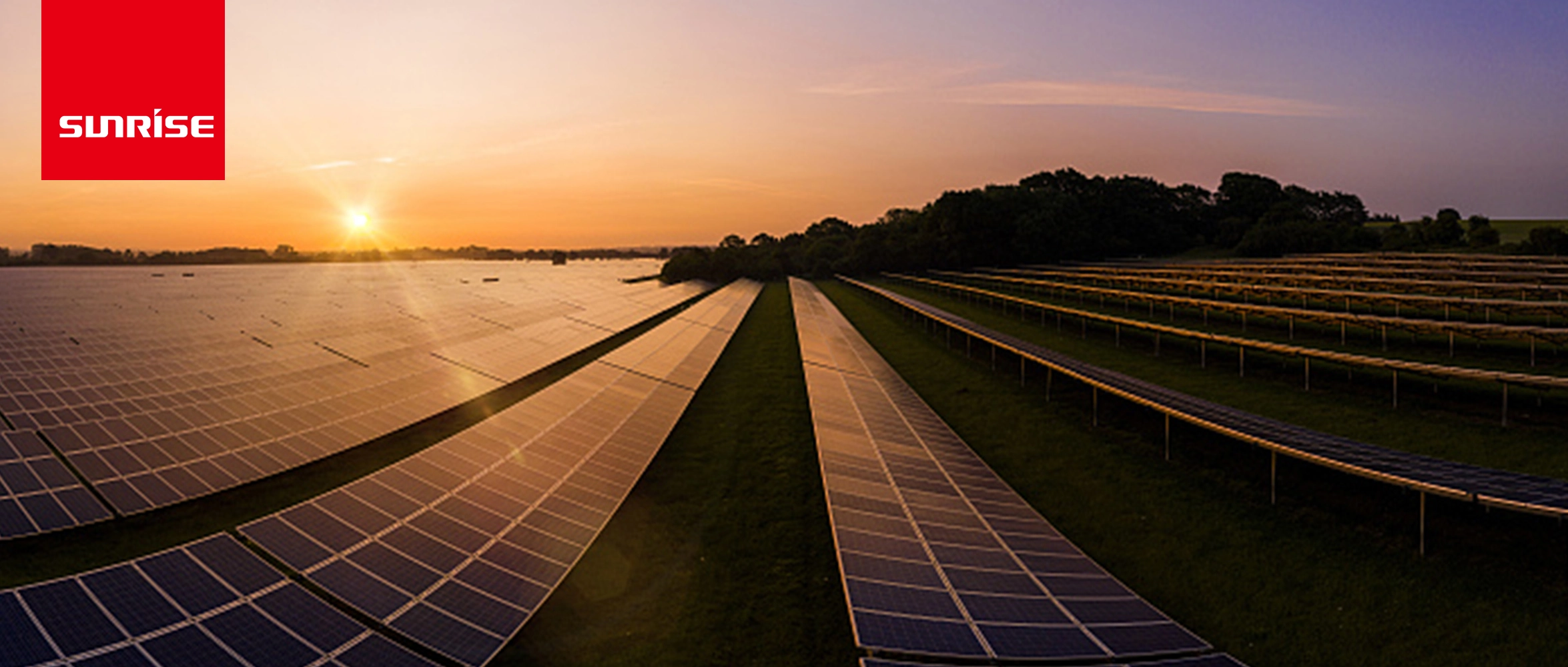
China's solar module industry is not only a major contributor to global solar capacity but also a hub of technological innovation. The industry's commitment to research and development has res...
VIEW MORE
-
The Evolution of China's Solar Module Industry
09,04 2023
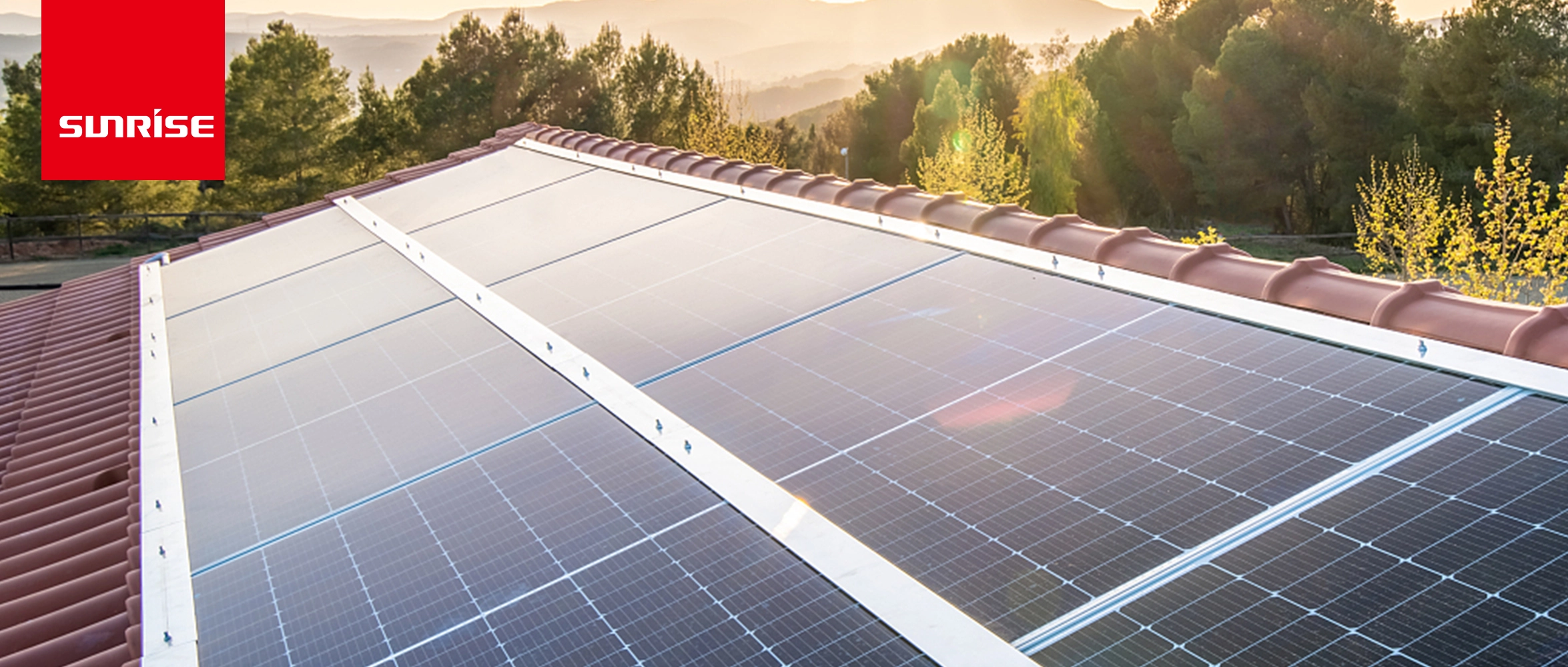
China's solar module industry has emerged as a dominant force in the global solar market. With its rapid growth, technological advancements, and competitive pricing, China has played a pivotal rol...
VIEW MORE
-
Overcoming Challenges in Implementing Commercial Off-Grid Solar Systems
09,03 2023
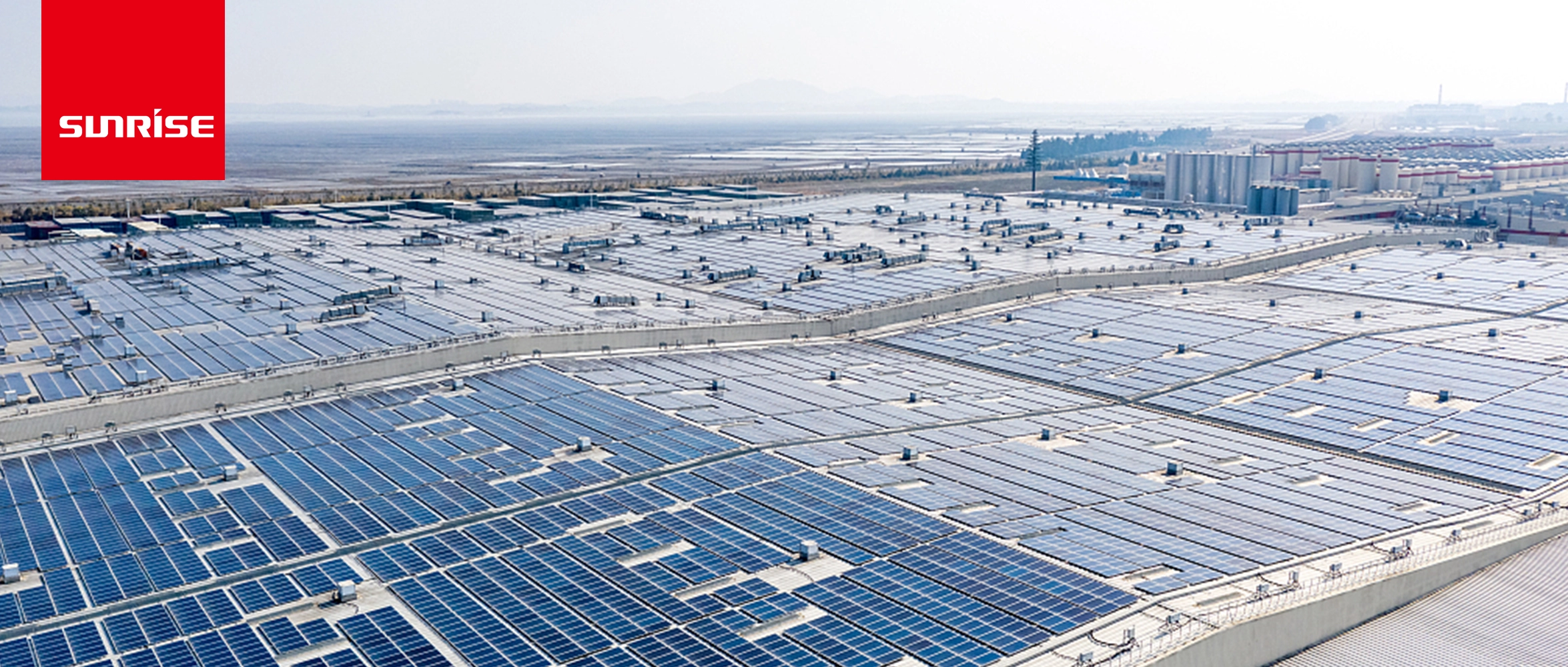
While the benefits of commercial off-grid solar systems are clear, their implementation can present challenges that businesses must overcome to achieve energy autonomy successfully. From regulatory hu...
VIEW MORE
-
Designing an Efficient Commercial Off-Grid Solar System
09,02 2023
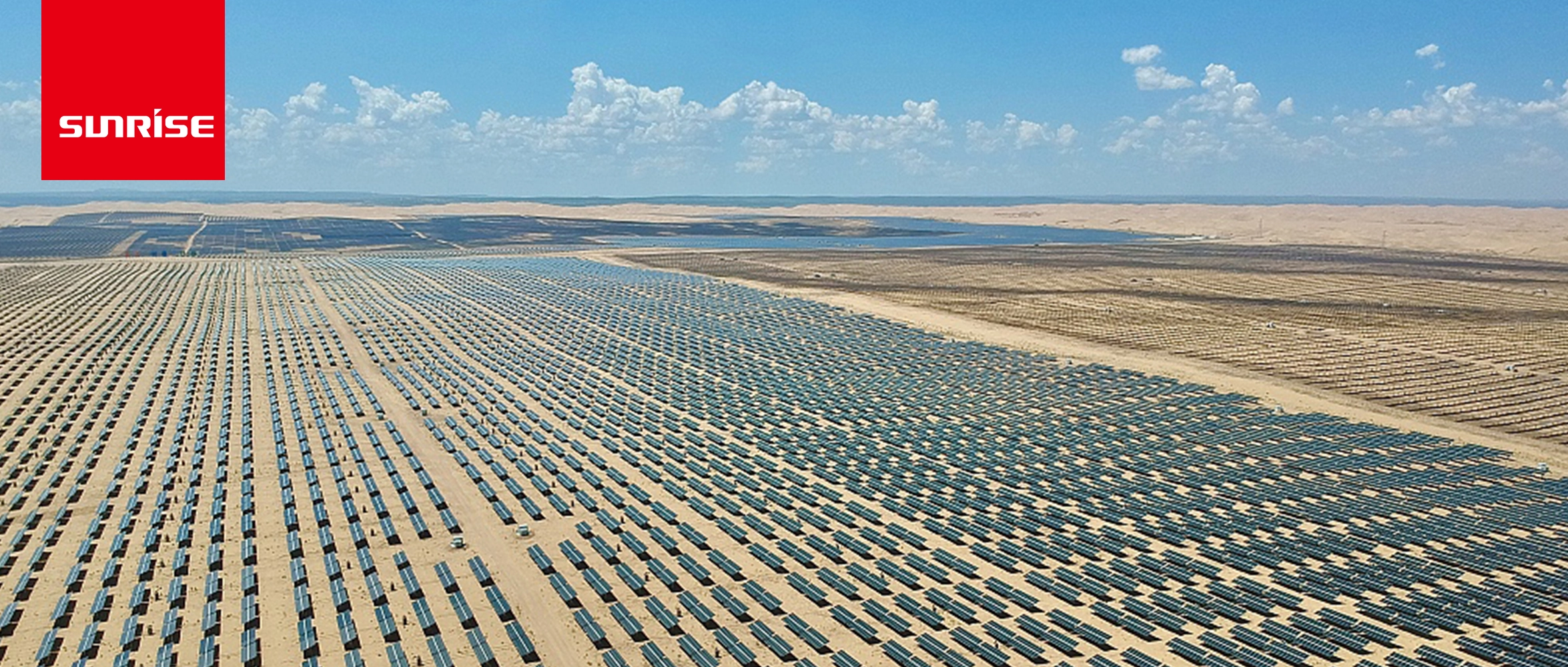
Designing an efficient commercial off-grid solar system requires careful consideration of a business's energy requirements, location, and long-term goals. As businesses increasingly seek sustainab...
VIEW MORE
-
The Rise of Commercial Off-Grid Solar Systems
09,01 2023
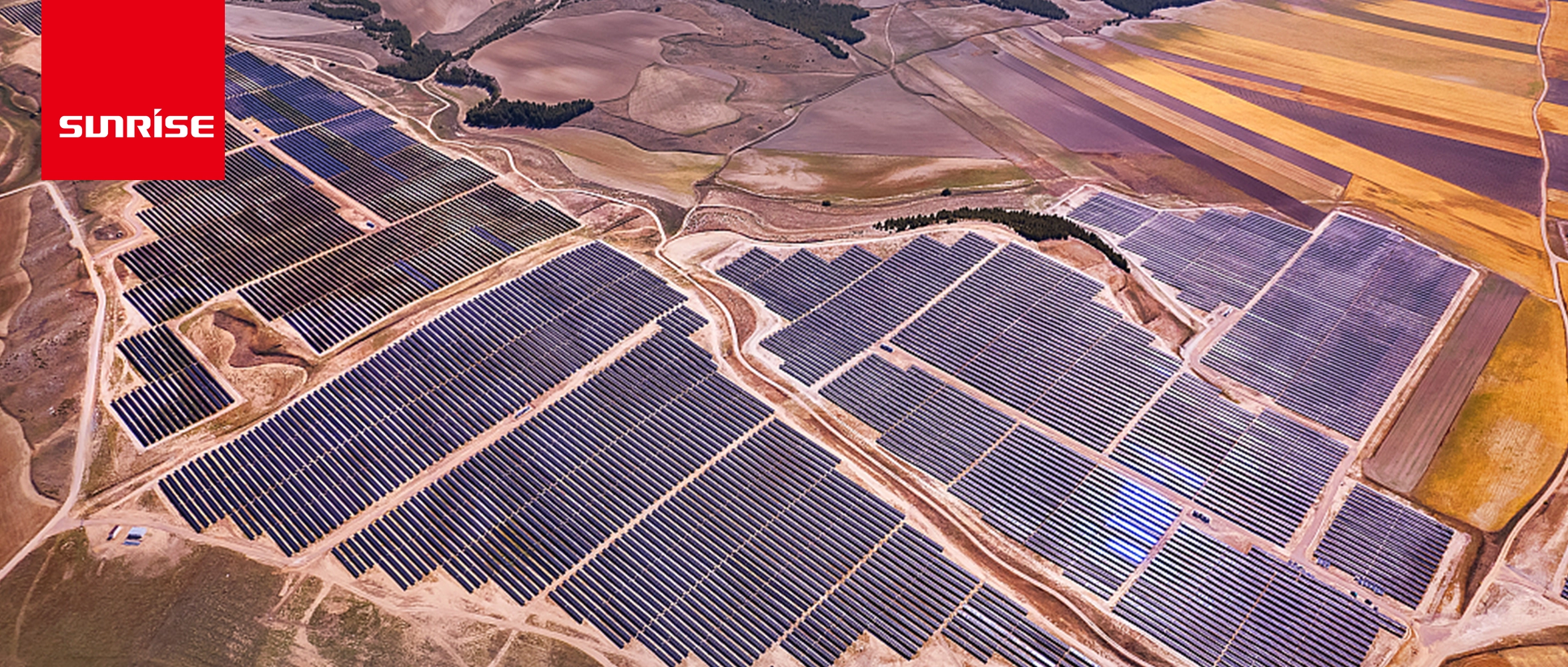
In recent years, there has been a significant shift towards sustainable and environmentally-friendly energy sources. One of the most notable developments is the rise of commercial off-grid solar syste...
VIEW MORE
-
Harnessing Elegance and Efficiency with Full Black Solar Panels
08,27 2023
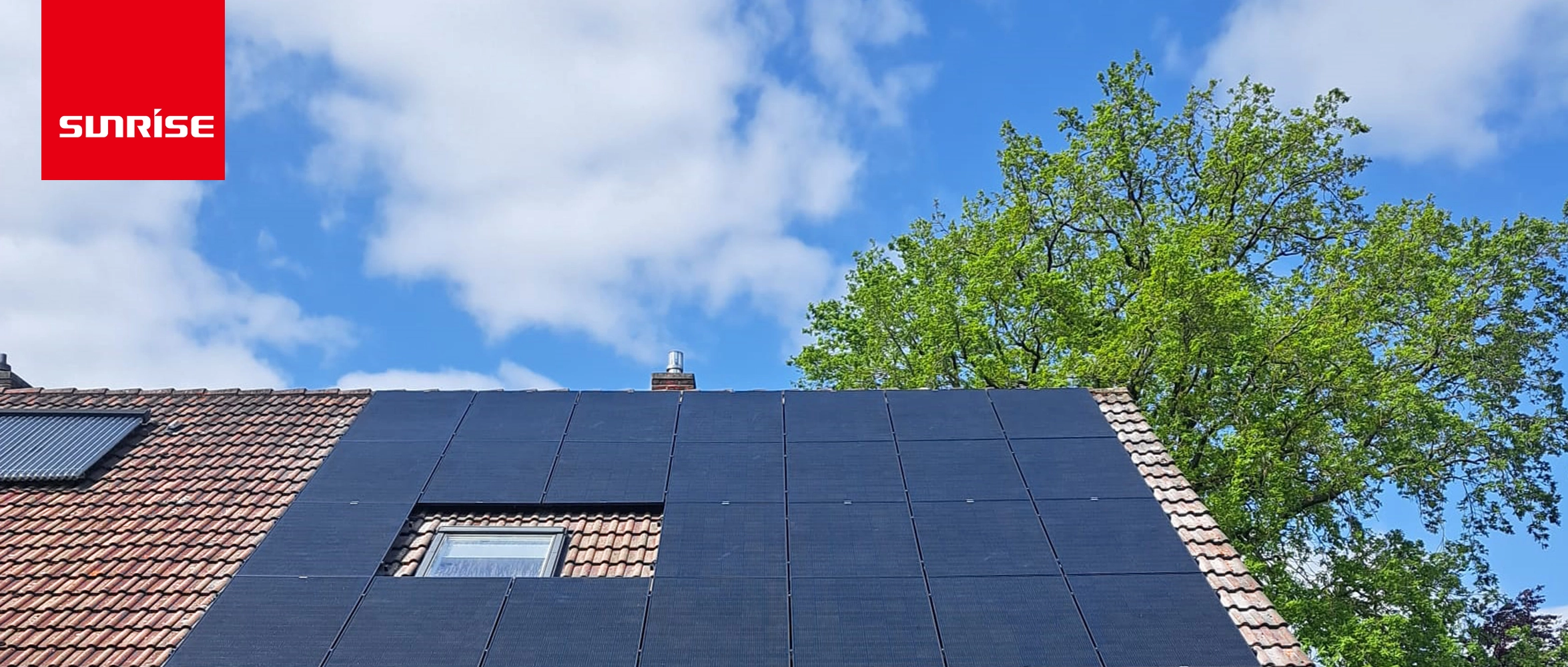
In the realm of sustainable energy solutions, innovation continues to unfold at an astonishing pace. One of the latest marvels that has captured the attention of environmentally conscious individuals ...
VIEW MORE
-
Off-Grid Solar Systems for Sheds: Powering Possibilities Beyond the Grid
08,25 2023
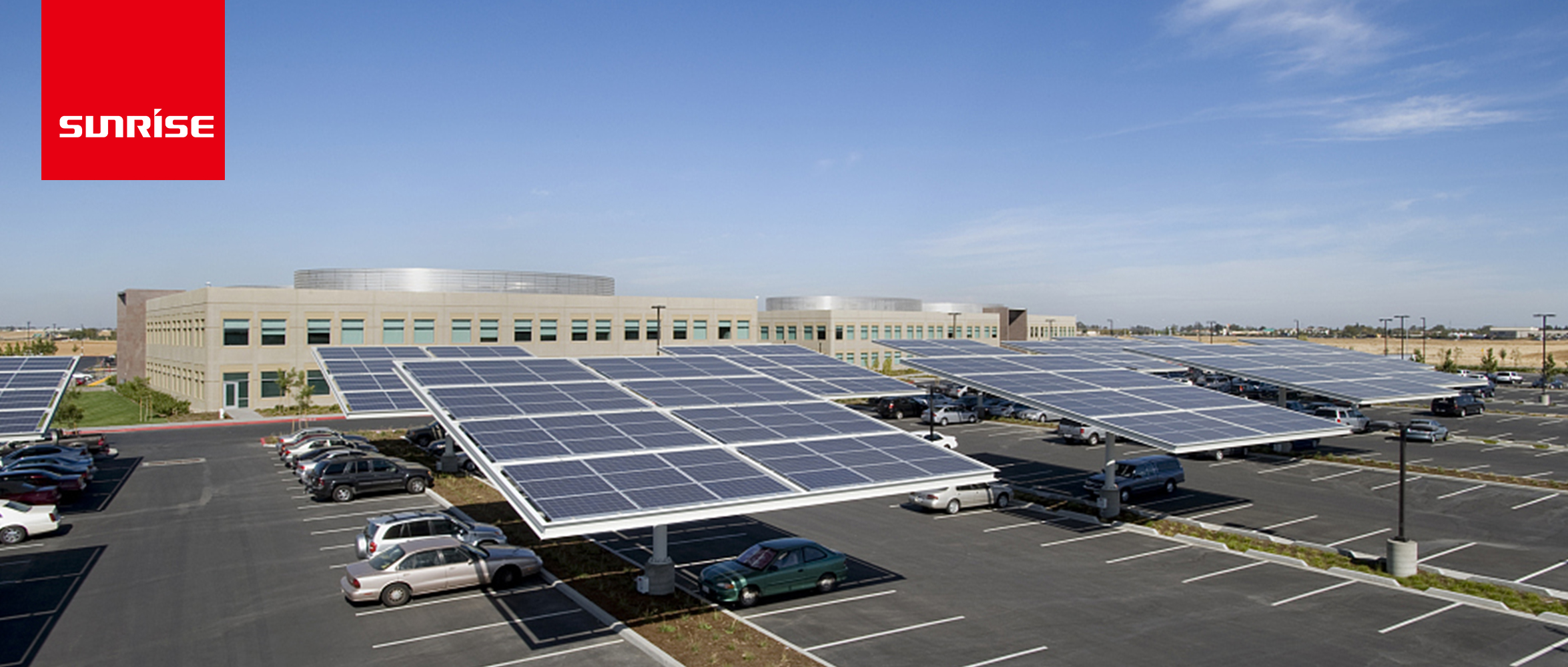
The evolution of solar technology has paved the way for off-grid solar systems to redefine energy solutions, especially for structures like sheds. Whether you're seeking a remote workspace, a cozy...
VIEW MORE
-
Breaking Boundaries: Embracing Off-Grid Solar Systems for Sheds
08,23 2023

In the realm of self-sufficiency and sustainable energy solutions, off-grid solar systems for sheds are emerging as a game-changer. These systems allow shed owners to tap into the power of the sun, en...
VIEW MORE
-
Key Points for Installation of Standalone Solar PV Energy System
08,22 2023

Stand-alone solar PV energy system bracket foundation constructionStand-alone solar PV energy system battery array base should use concrete pouring and become, for concrete base height and level devia...
VIEW MORE
-
Powering Up: Off-Grid Solar System for Shed - A Comprehensive Guide
08,21 2023

In the world of renewable energy, off-grid solar systems have taken center stage, especially when it comes to powering remote locations like sheds. Whether you're looking to illuminate a backyard ...
VIEW MORE
-
Amorphous Silicon Solar Panels: A New Dawn in Solar Innovation
08,19 2023
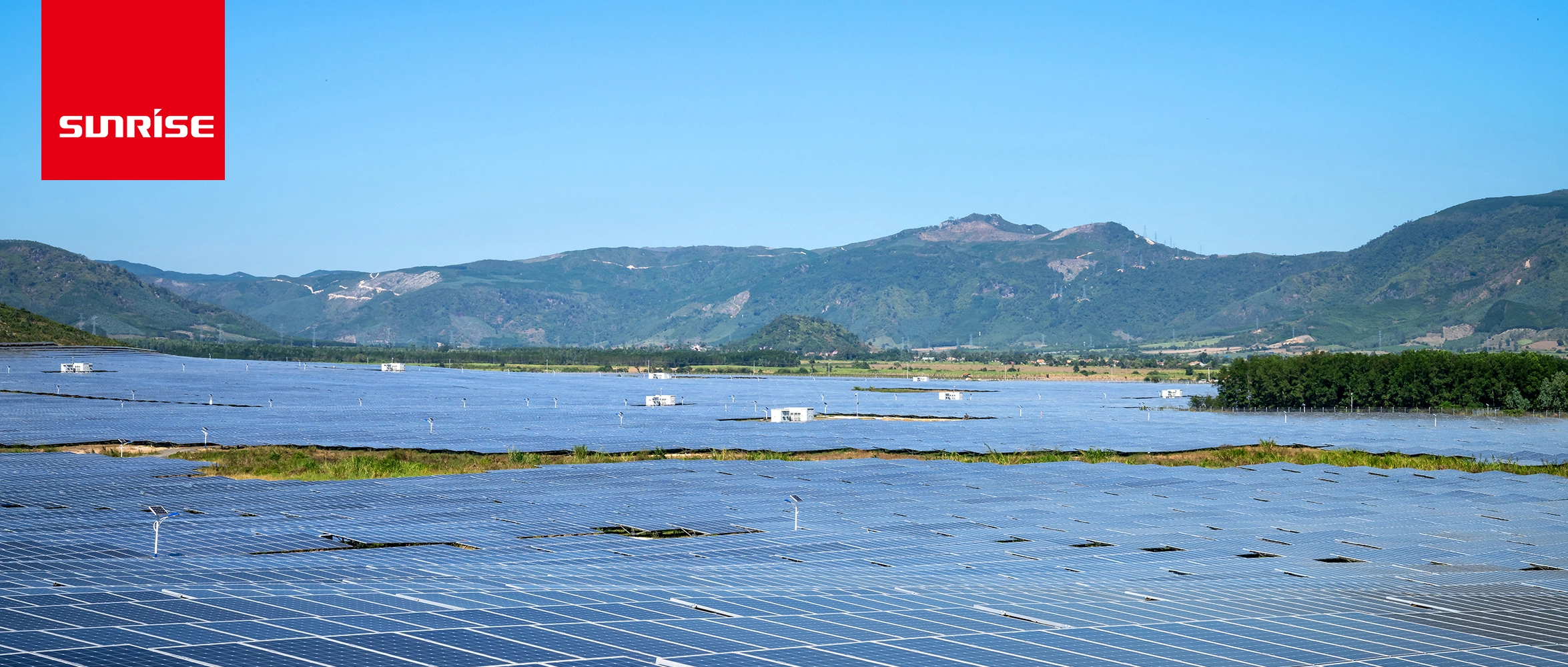
In the pursuit of cleaner and more efficient energy solutions, amorphous silicon solar panels have emerged as a remarkable breakthrough. With their distinct characteristics and versatile applications,...
VIEW MORE
-
Amorphous Silicon Solar Panels: Shaping the Next Generation of Solar Energy
08,17 2023
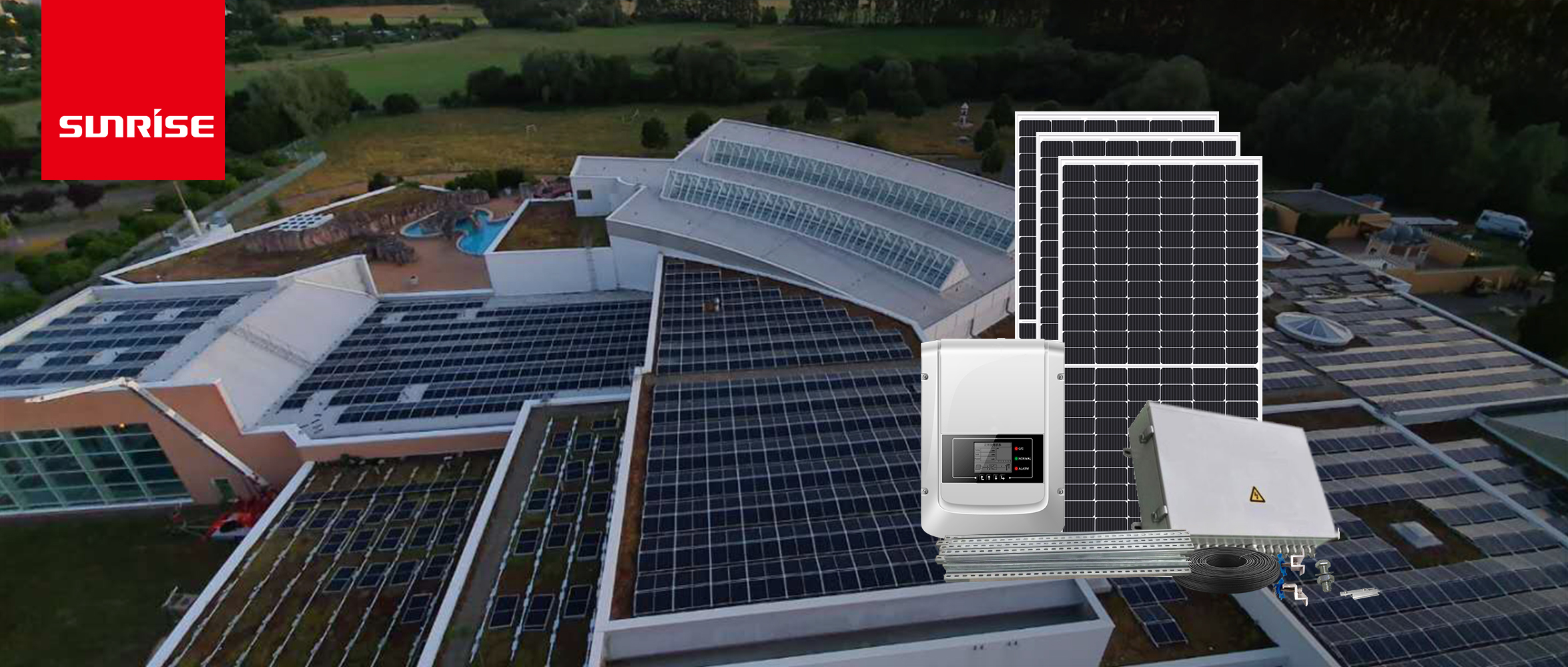
In the realm of solar energy technology, amorphous silicon solar panels stand as a symbol of innovation and progress. With their unique characteristics and potential benefits, these panels are poised ...
VIEW MORE
-
Design Essentials for the Solar PV Energy System
08,15 2023

With the rapid development of society, the demand for energy is increasing day by day. However, traditional power generation and energy methods such as coal-fired and hydroelectric power generation wi...
VIEW MORE
-
Unlocking Innovation: Exploring the Advantages of Amorphous Silicon Solar Panels
08,15 2023
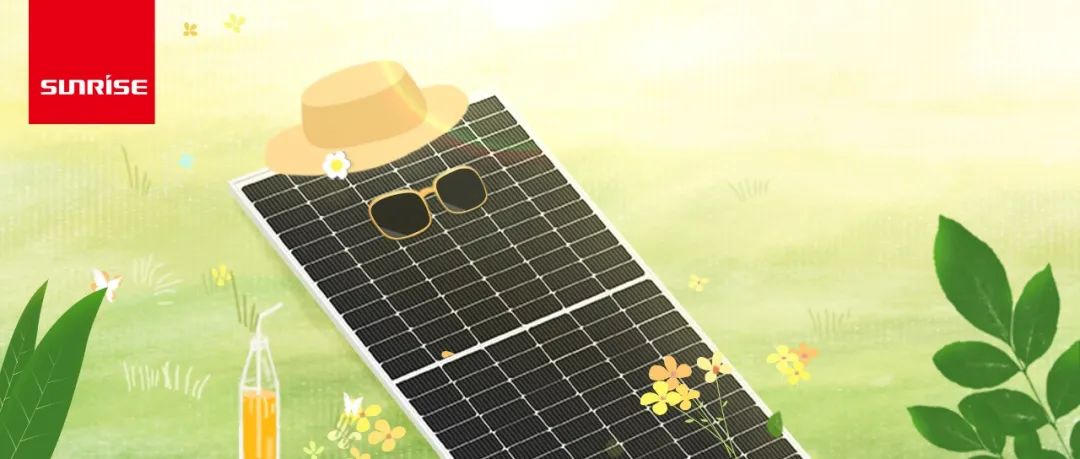
In the ever-evolving landscape of solar energy technology, amorphous silicon solar panels have emerged as a promising contender. These panels, with their unique properties and advantages, are reshapin...
VIEW MORE
-
The Solar Photovoltaic Power Generation System Revolution: Illuminating a Greener Future
08,13 2023
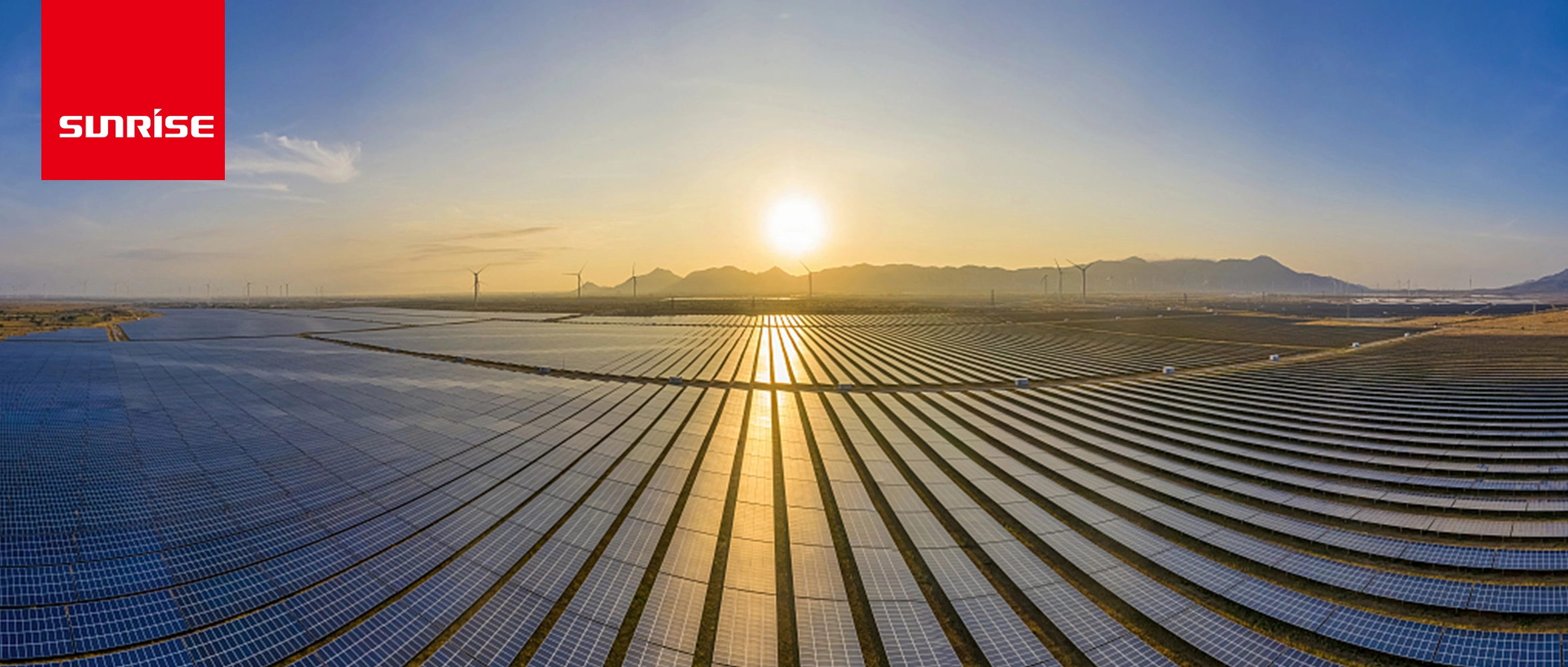
In a world marked by a growing hunger for energy and the urgent need for sustainable solutions, the stage is set for the solar photovoltaic power generation system to take center stage. This ingenious...
VIEW MORE
-
Solar Photovoltaic Power Generation Systems: Illuminating the Path to Sustainable Energy
08,11 2023
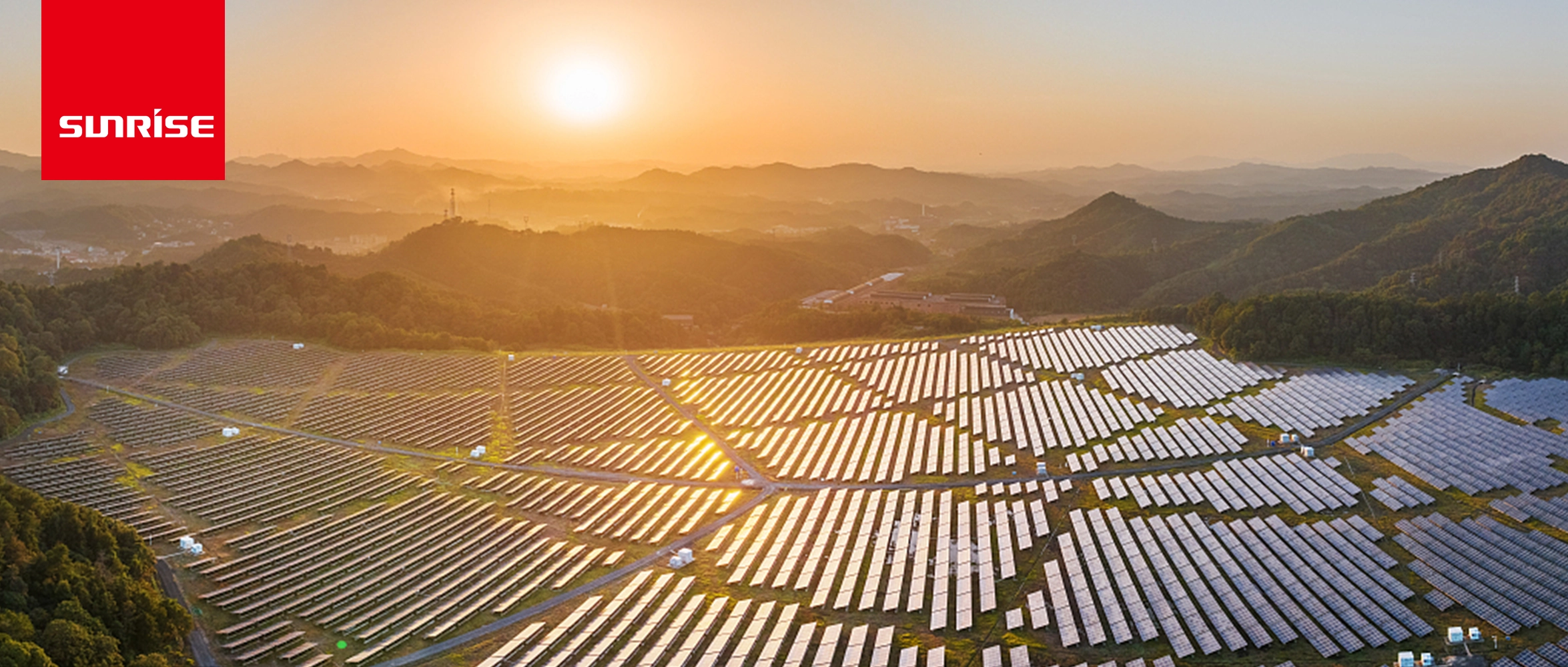
In a world grappling with energy challenges and environmental concerns, the spotlight shines brightly on solar photovoltaic power generation systems. This ingenious technology capitalizes on the sun&#...
VIEW MORE
-
Unveiling the Power of Solar Photovoltaic Power Generation Systems
08,09 2023
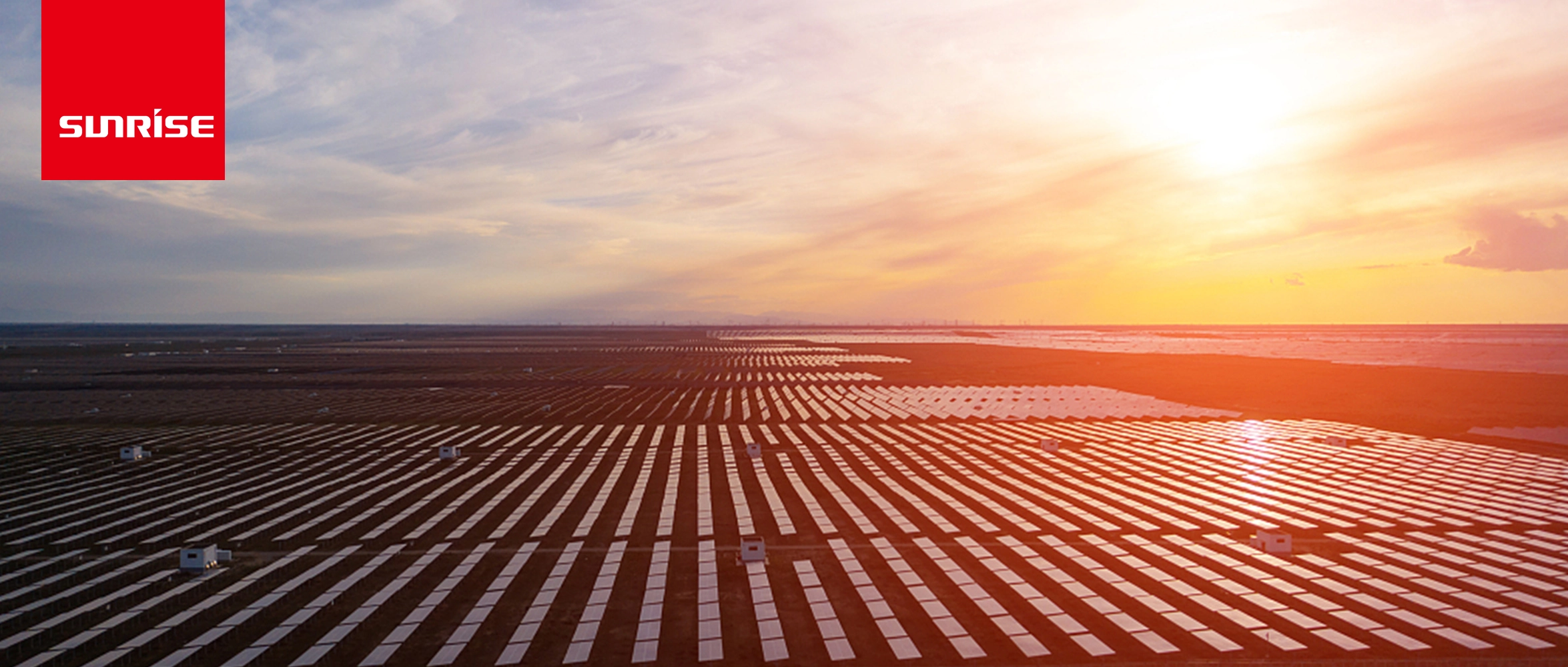
In the realm of sustainable energy solutions, one technology stands tall – the solar photovoltaic power generation system. This ingenious system harnesses the potent energy of the sun, offering an en...
VIEW MORE
-
Who Determines the Lifespan of Solar Panels?
08,08 2023

Degradation and failure modes of the solar panel The operating lifespan of a solar panel, which doesn't have any moving parts (a primary source of reliability issues in other types of power genera...
VIEW MORE
-
Living off the Grid: Benefits and Considerations of Fully Off-Grid Solar Systems
08,07 2023
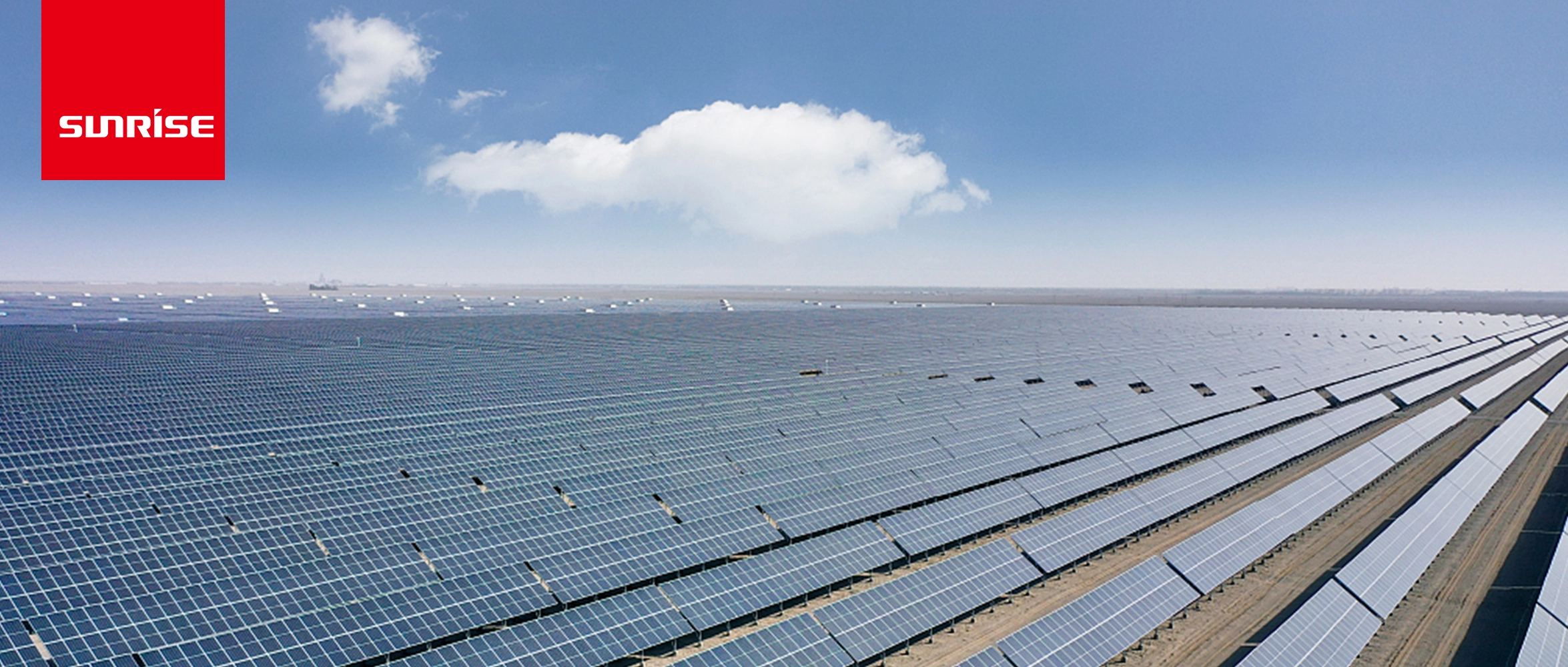
The allure of living off the grid, free from traditional utility connections, has captivated the imaginations of many individuals seeking self-sufficiency and sustainability. Fully off-grid solar syst...
VIEW MORE
-
Designing a Reliable Fully Off-Grid Solar System: Components and Considerations
08,05 2023
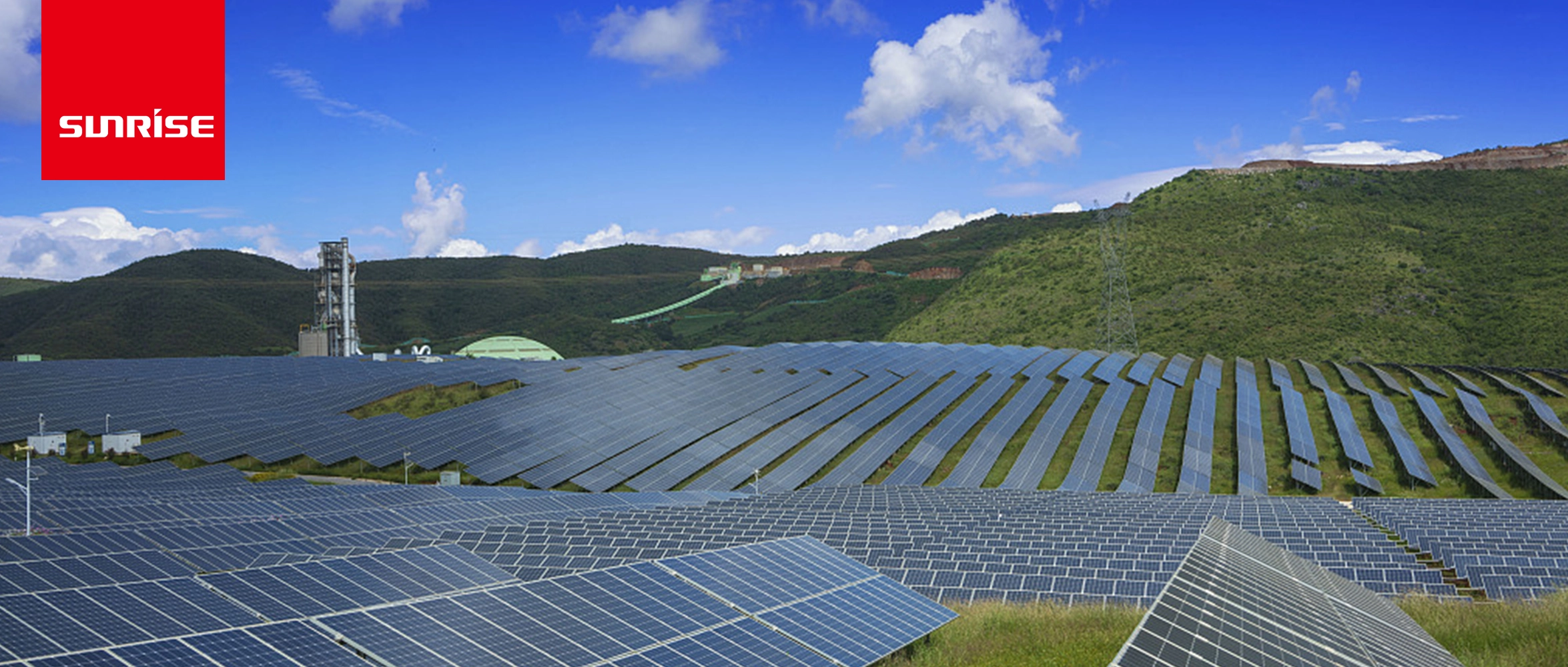
Fully off-grid solar systems offer a pathway to energy independence and self-sufficiency, particularly in areas where grid connectivity is challenging. Designing a reliable off-grid system requires ca...
VIEW MORE
-
Exploring the Advantages and Components of Fully Off-Grid Solar Systems
08,03 2023
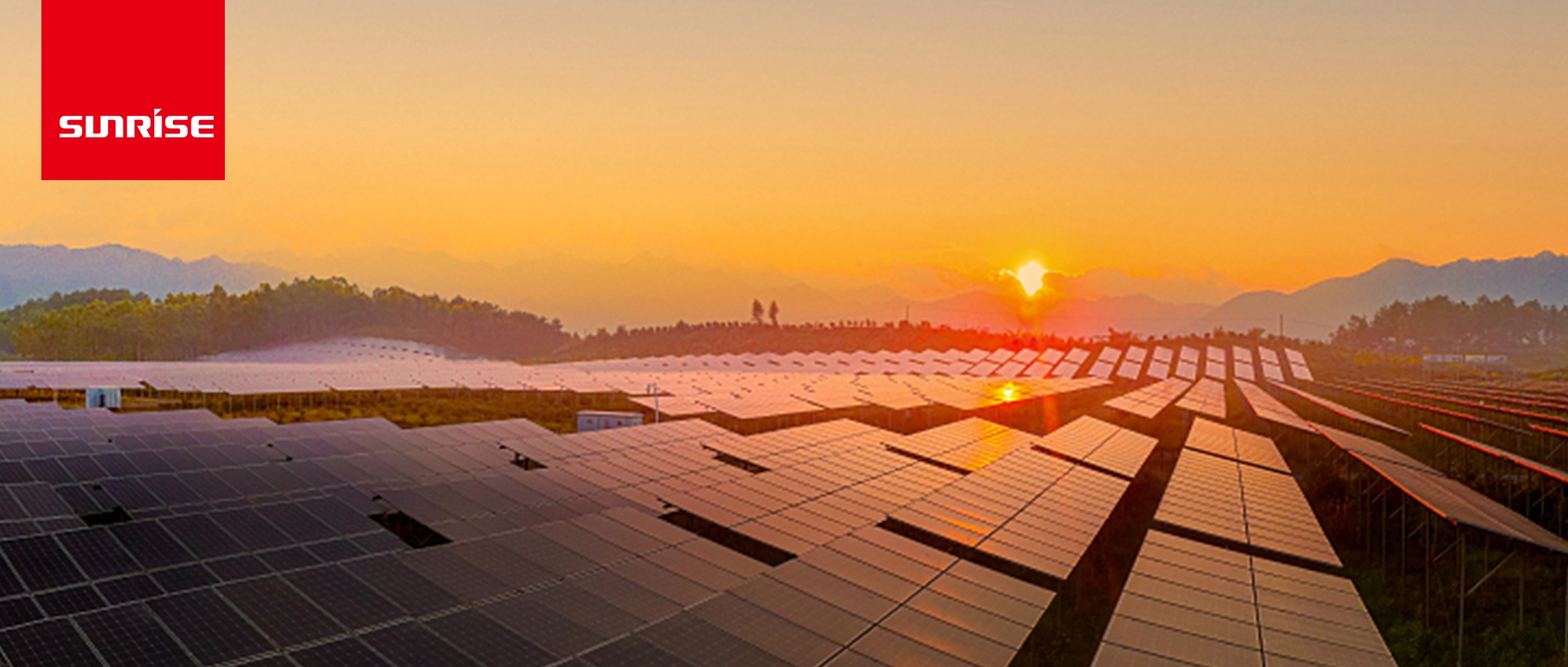
The concept of energy self-sufficiency has gained considerable traction in recent years, prompting a surge in interest in fully off-grid solar systems. These systems offer a path to independence from ...
VIEW MORE
-
What Are the Determining Factors of the Size of Solar Panels?
08,01 2023

As mentioned before, there is a formula to estimate the power of a solar panel based on its surface area: Estimated solar panel power = surface area (length x width) * CTM value * conversion efficienc...
VIEW MORE
-
What Is the Nominal Operating Temperature of a Solar Panel?
07,25 2023
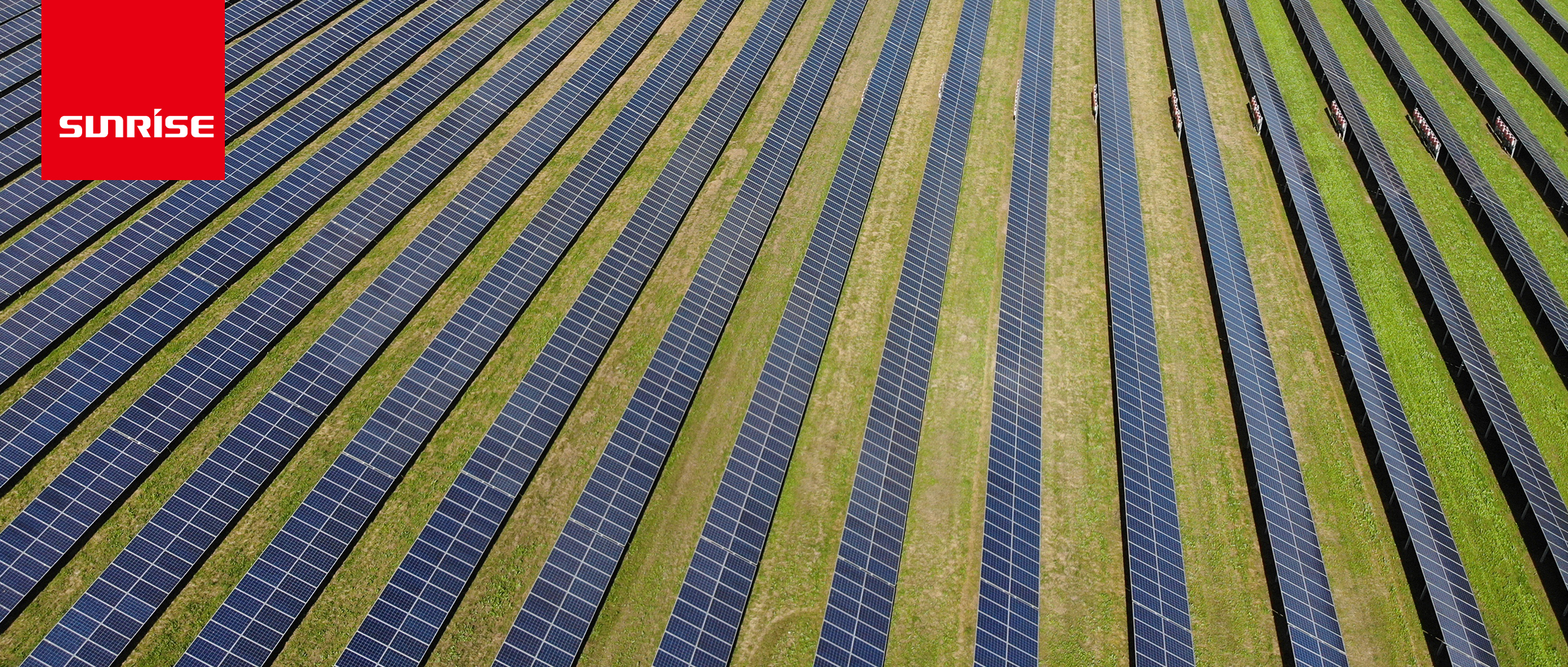
Basic knowledge of solar panelsWhen not exposed to solar panels, it is easy to associate solar energy with solar water heaters, but although both use solar energy, the two principles are different. So...
VIEW MORE
-
How to Select the Size and Model of Solar Panel Wires?
07,18 2023
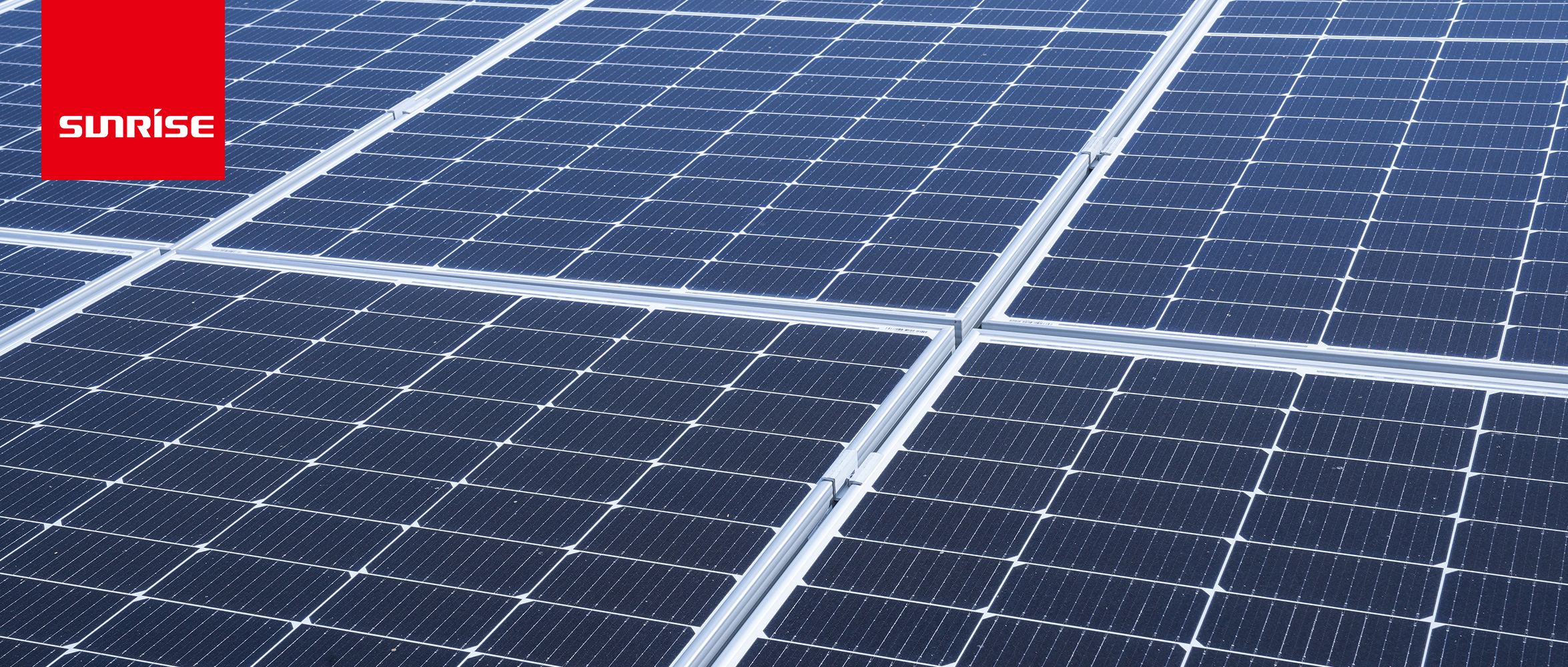
Advantages of solar panelsSolar panels are highly durable and have minimal loss of energy. Their efficiency only reduces by approximately 1% to 2% per year (sometimes even less). Most solar panels are...
VIEW MORE
-
Innovating Sustainability: The Promise of Double Glass Solar Panels
07,15 2023
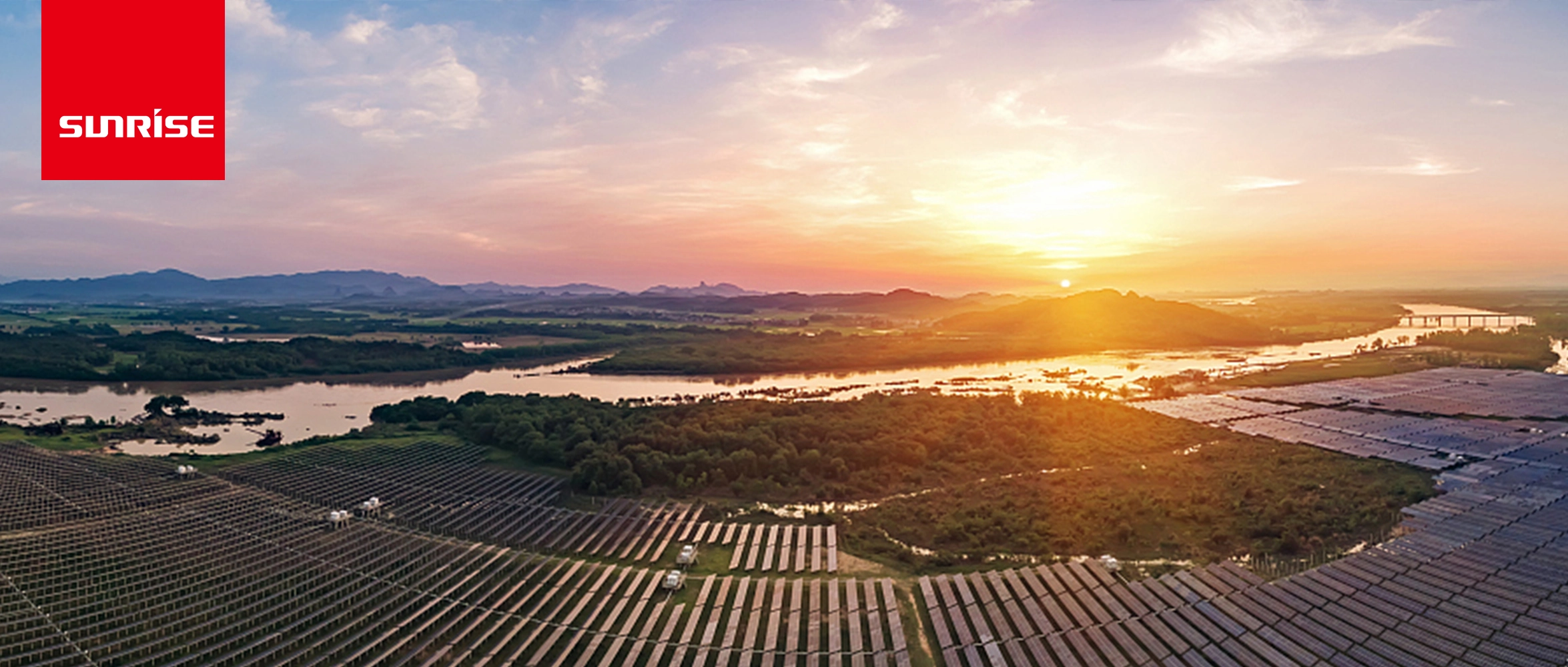
In the realm of renewable energy, the quest for efficiency, durability, and aesthetics continues to push the boundaries of innovation. Among the latest breakthroughs, double glass solar panels have em...
VIEW MORE
-
Crystal Clear Efficiency: The Power of Double Glass Solar Panels
07,12 2023
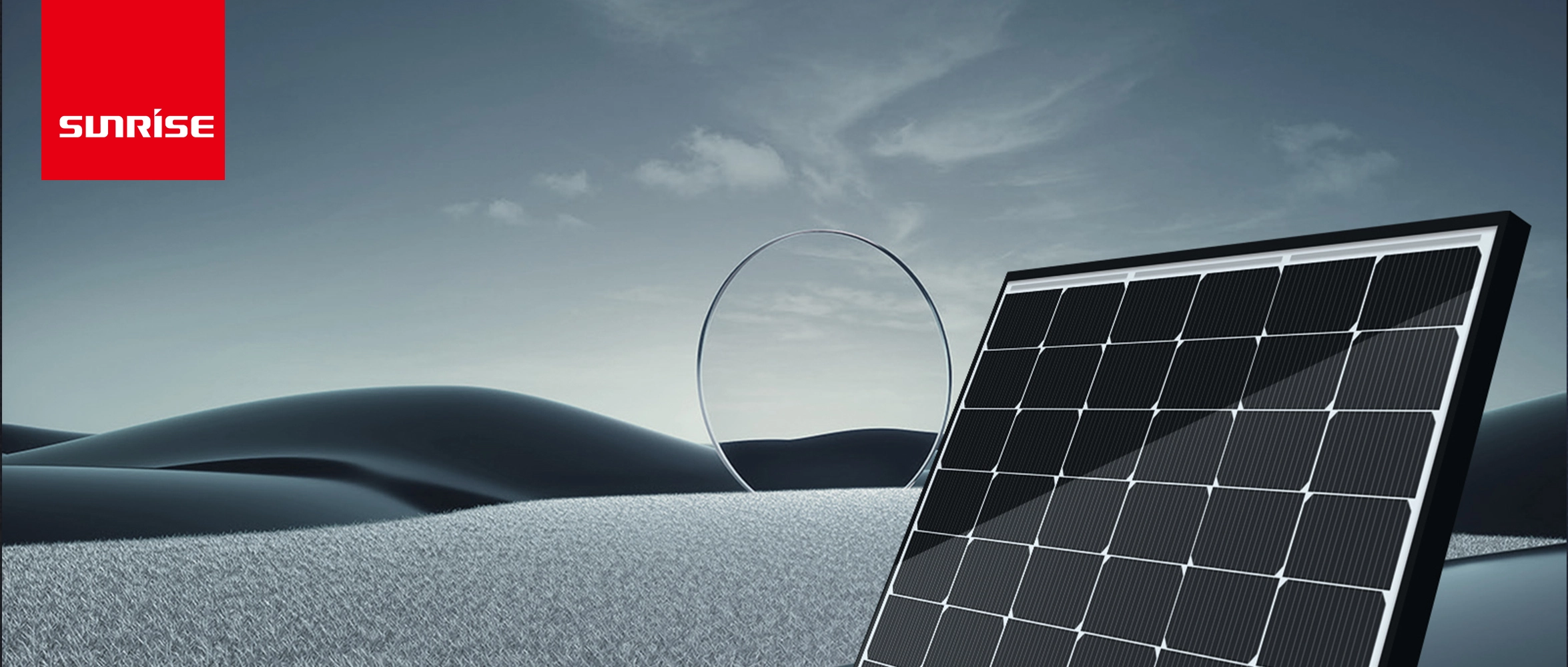
In the realm of renewable energy, solar power stands as a beacon of hope for a cleaner and more sustainable future. Among the latest advancements in solar technology, double glass solar panels have em...
VIEW MORE
-
Why Do Solar Panels Need to Have a Border?
07,11 2023
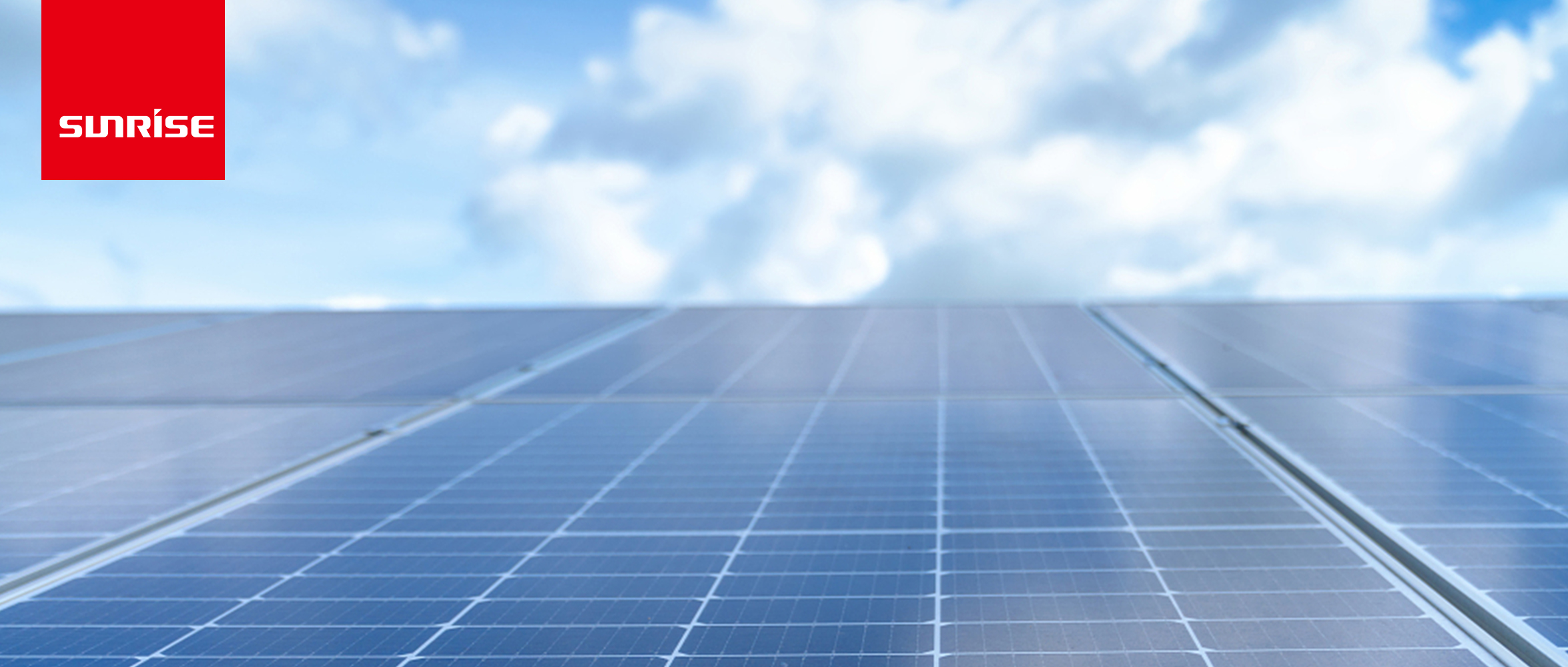
If you look carefully at solar panels, you will notice that there is a gap between the solar cells inside the panel. This gap and the distance left on the side are not the same. You may be puzzled, so...
VIEW MORE
-
Illuminating Tomorrow with Double Glass Solar Panels
07,09 2023

In the ever-evolving world of solar technology, innovations continue to emerge that redefine the boundaries of efficiency and sustainability. Among these breakthroughs, double glass solar panels stand...
VIEW MORE
-
Empowering Homes with Full Black Solar Panels: a Step towards Energy Independence
07,06 2023
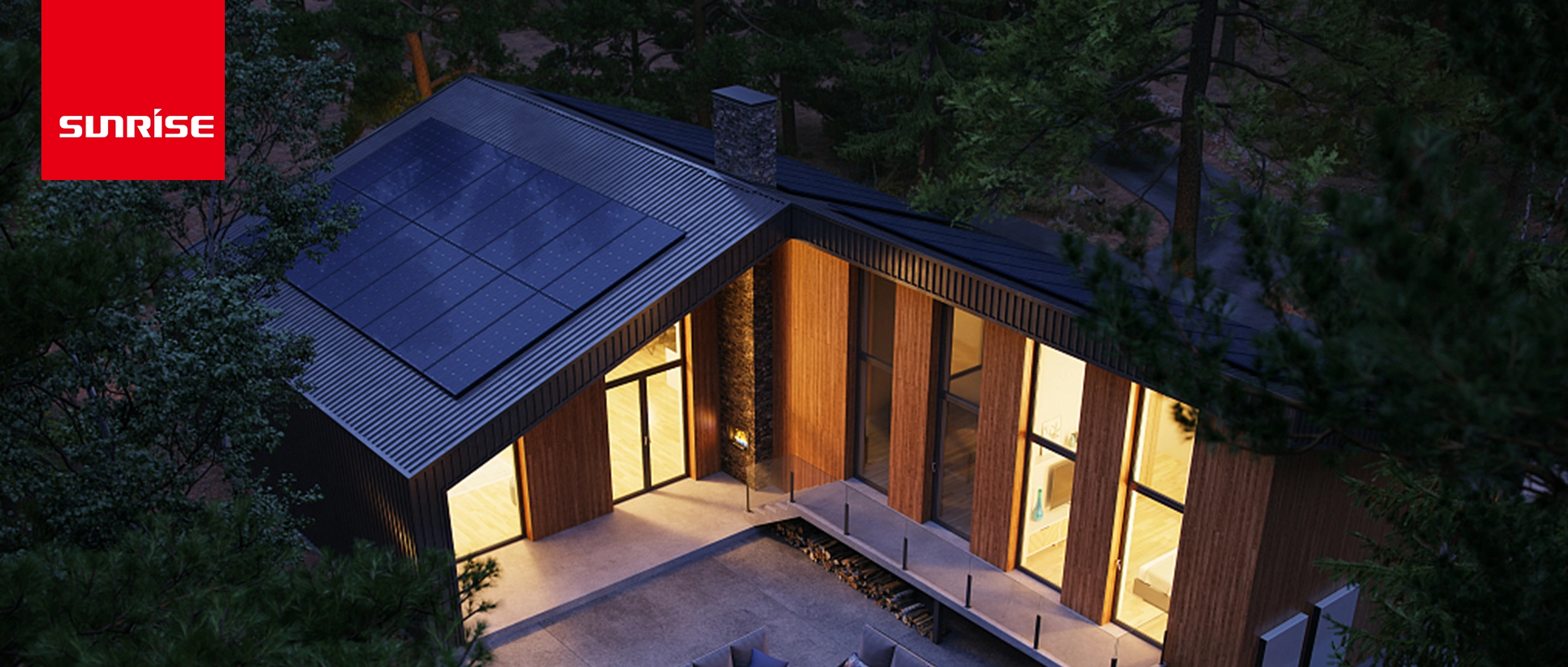
In the realm of renewable energy, solar power has long held the promise of a cleaner and more sustainable future. As technology advances, a new player has emerged on the scene: the full black solar pa...
VIEW MORE
-
The Main Causes Affecting the Reliability of the Solar PV Energy System
07,04 2023
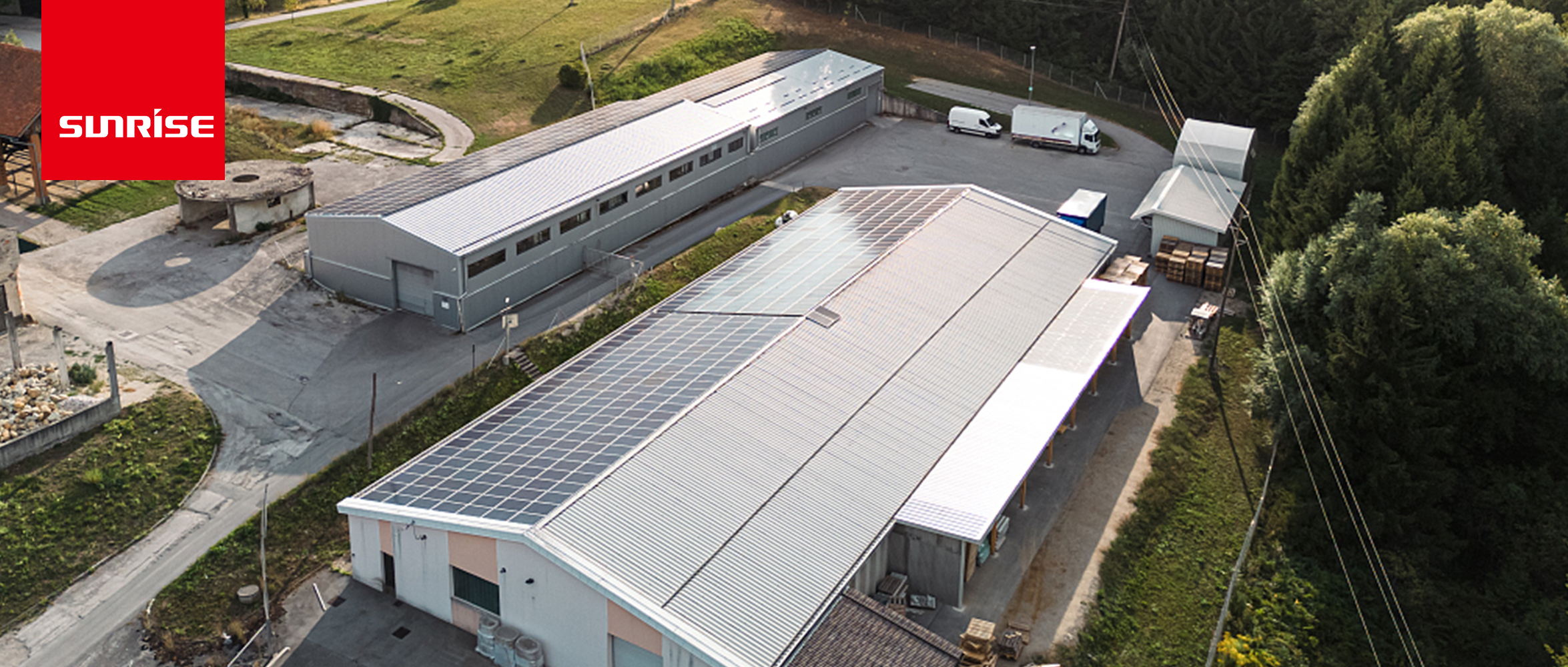
The failure of photoelectric components affects the reliability of solar PV energy systemThe main components that make up the solar PV energy system are subsystems and electronic components. During th...
VIEW MORE
-
The Evolution of Solar Elegance: Unveiling Full Black Solar Panels' Potential
07,03 2023
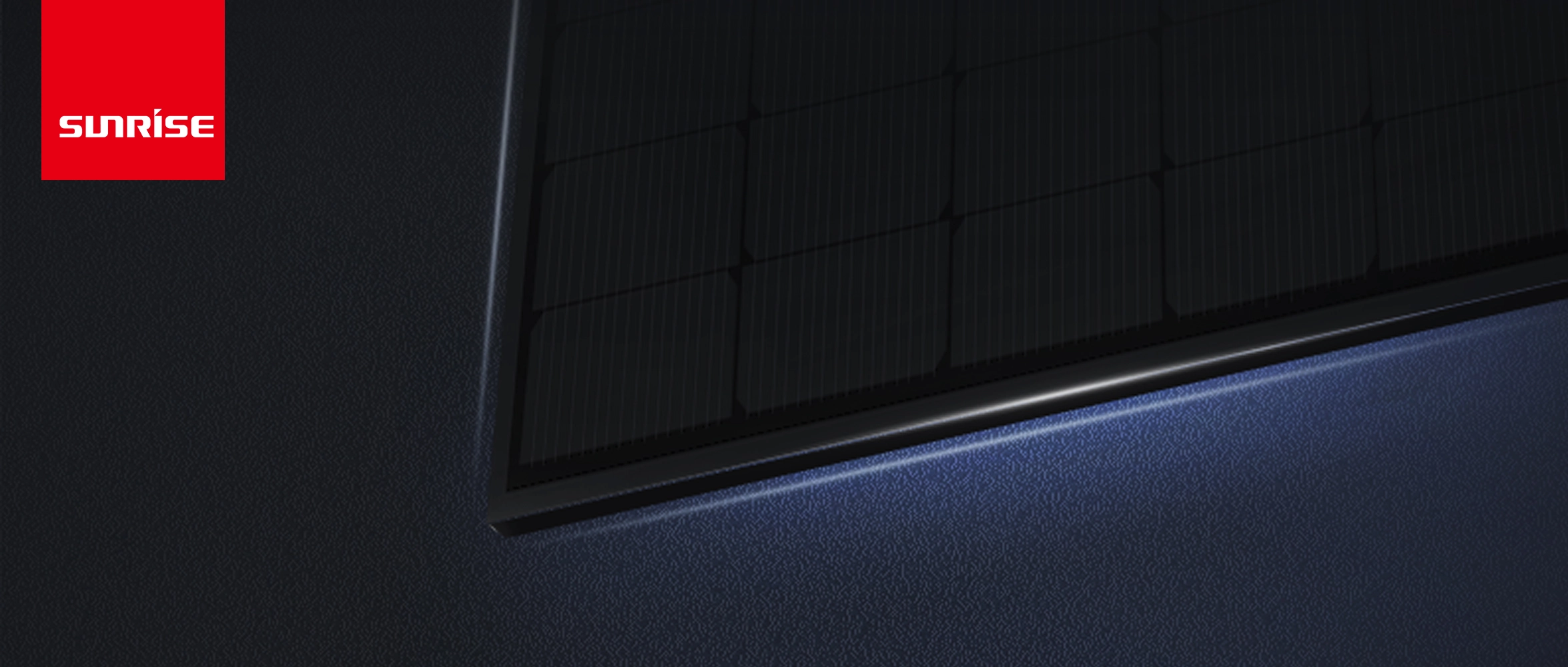
In the pursuit of renewable energy, solar power stands as a prominent champion. And now, the solar landscape is undergoing a stylish transformation with the emergence of full black solar panels. These...
VIEW MORE
-
Measures to Improve the Reliability of Solar PV Energy System
06,27 2023

Ensure the quality of PV systems componentsThe quality of components is a key factor affecting the reliability of solar PV energy systems. Therefore, technicians must ensure that the quality of the co...
VIEW MORE
-
Three Main Modes of Solar Photovoltaic Energy Storage Systems
06,20 2023
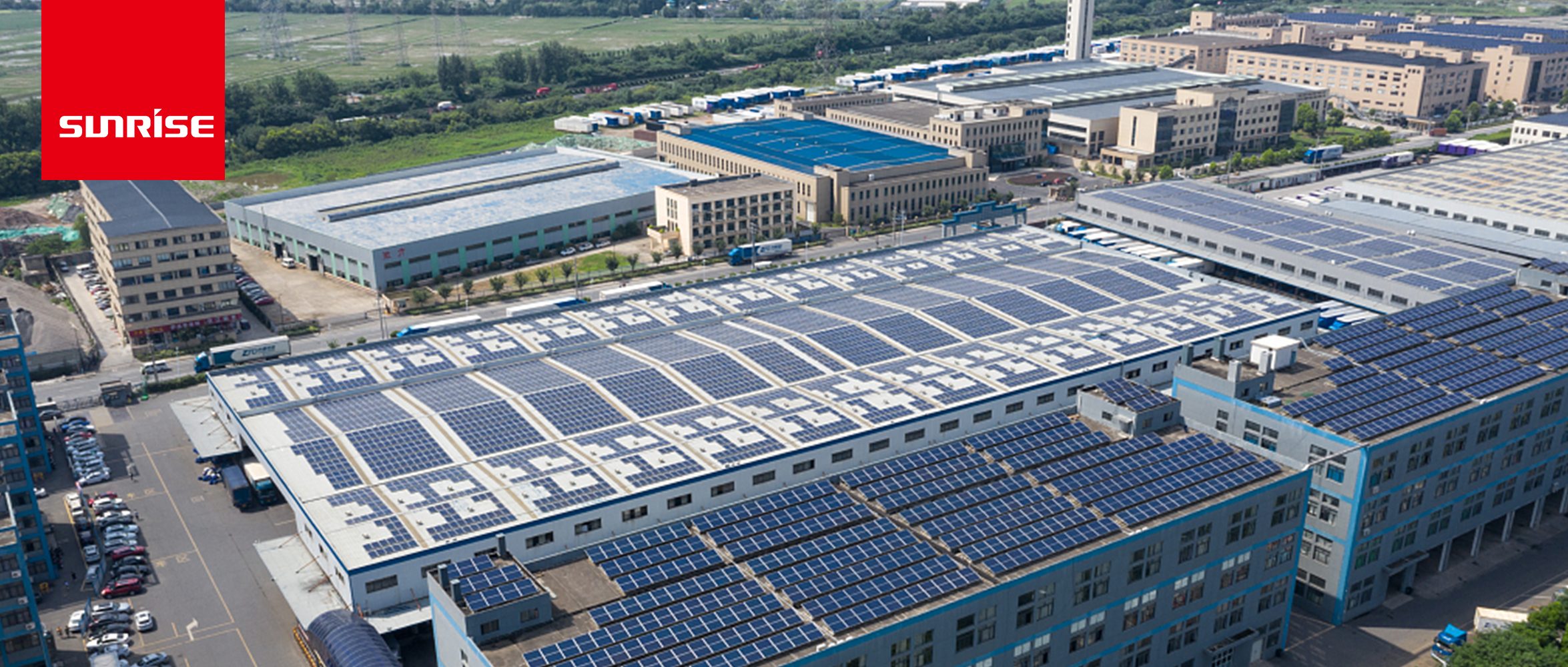
The solar PV system with energy storage on the DC side of the power supplyThe solar PV system with energy storage on the DC side of the power supply can be installed mainly in DC systems such as photo...
VIEW MORE
-
Overview and Classification of Solar Photovoltaic Grid-Connected Power Generation Systems
06,13 2023
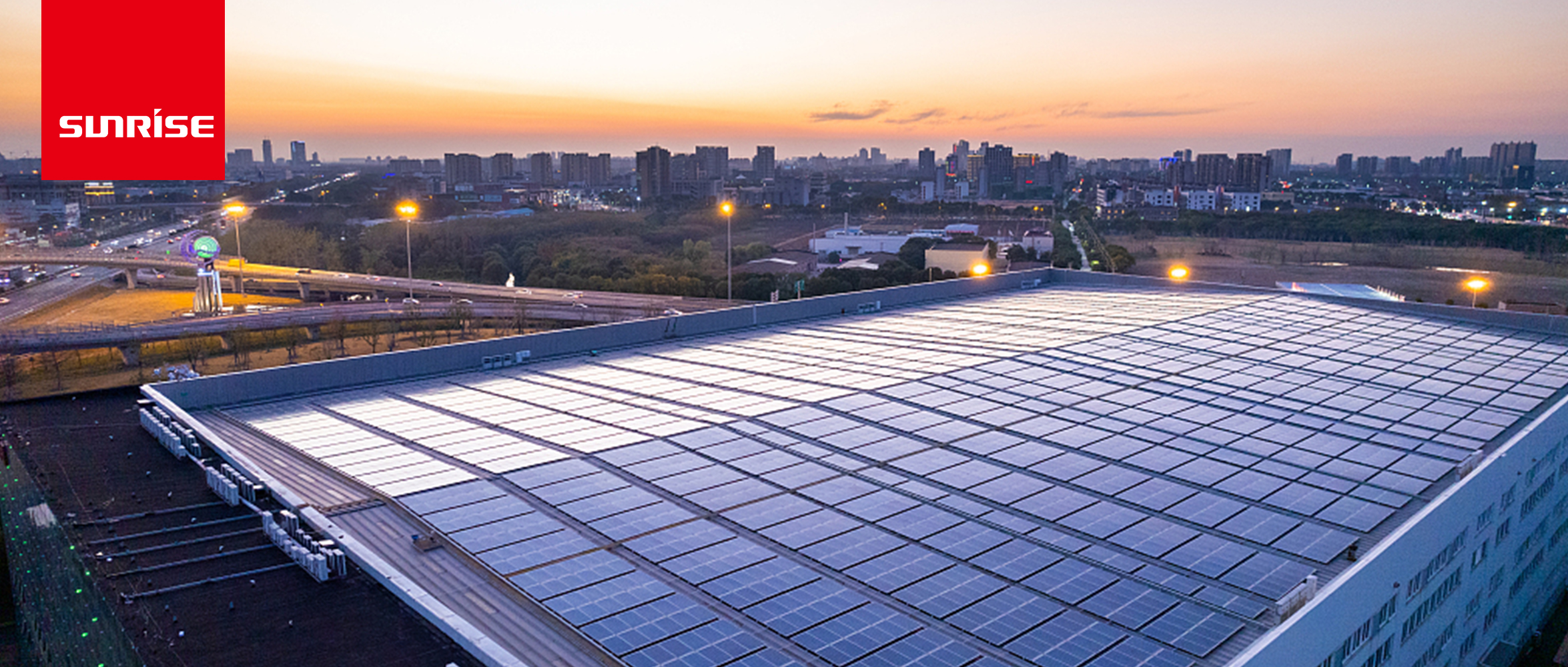
Overview of solar PV grid-connected power generation systemGrid-connected solar PV is actually a power generation system that uses solar energy to generate electricity, and uses grid-connected inverte...
VIEW MORE
-
Application of Solar Photovoltaic Power Generation System in Buildings
06,06 2023
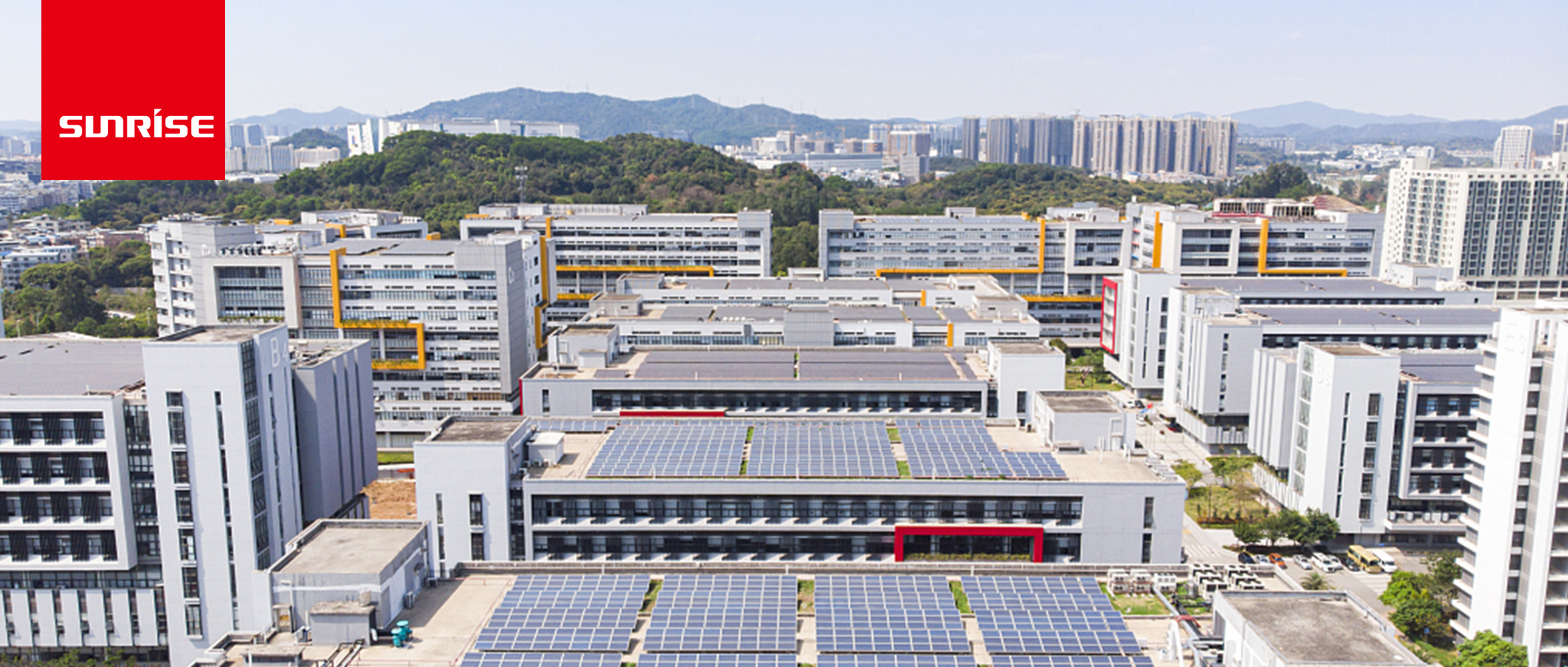
Building PV systems can be divided into two categories: building addition PV systems and building integrated PV systems Building addition PV systems install PV systems on the roof or exterior walls of...
VIEW MORE
-
Solar Photovoltaic Power Systems Can Meet Various Harsh Working Environments Outdoors
05,22 2023
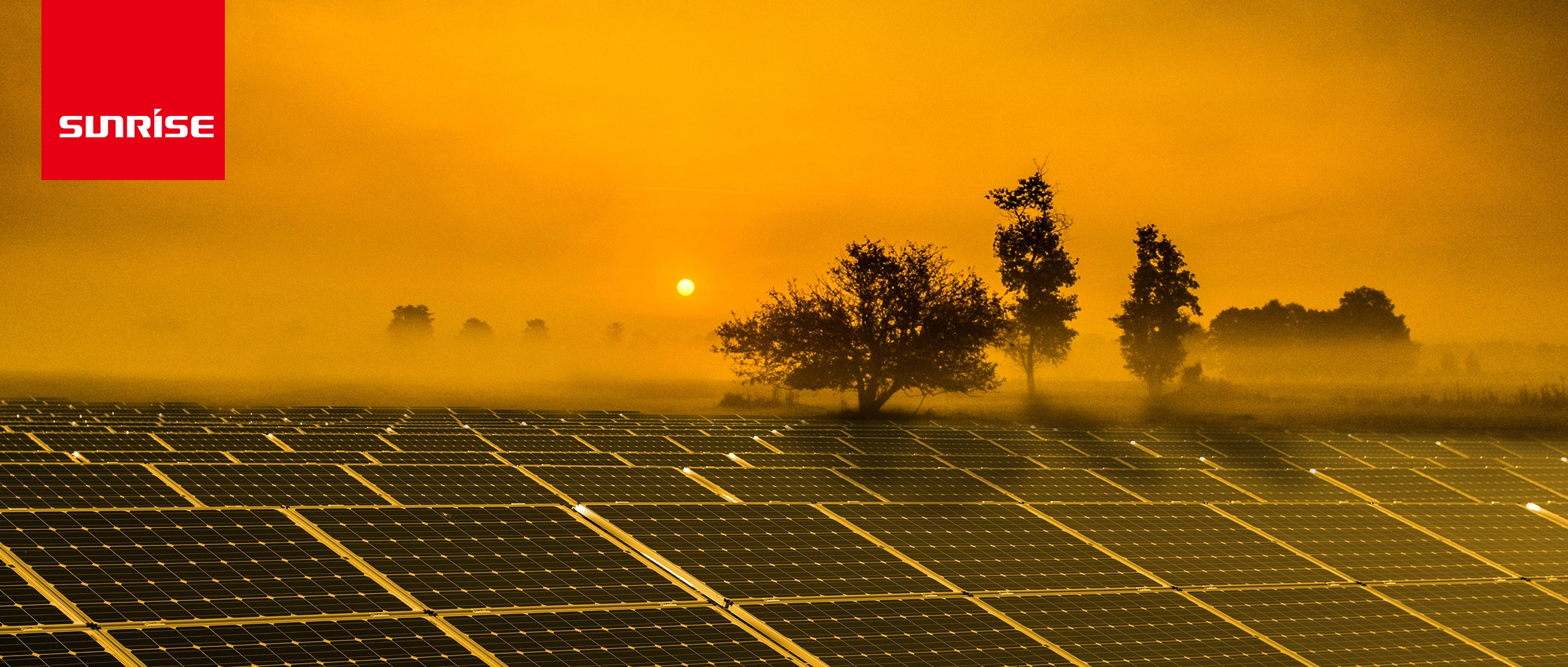
Photovoltaic systems are widely used, and the basic forms of photovoltaic systems can be divided into two categories: independent power generation systems and grid-connected power generation systems. ...
VIEW MORE
-
Attention to the Use of Solar Photovoltaic Panels
05,15 2023

A solar photovoltaic system refers to a facility that converts solar energy into direct current electricity through the photoelectric effect of photovoltaic semiconductor materials. The core of the ph...
VIEW MORE
-
What Are the Performance Parameters of Solar Panels?
05,08 2023
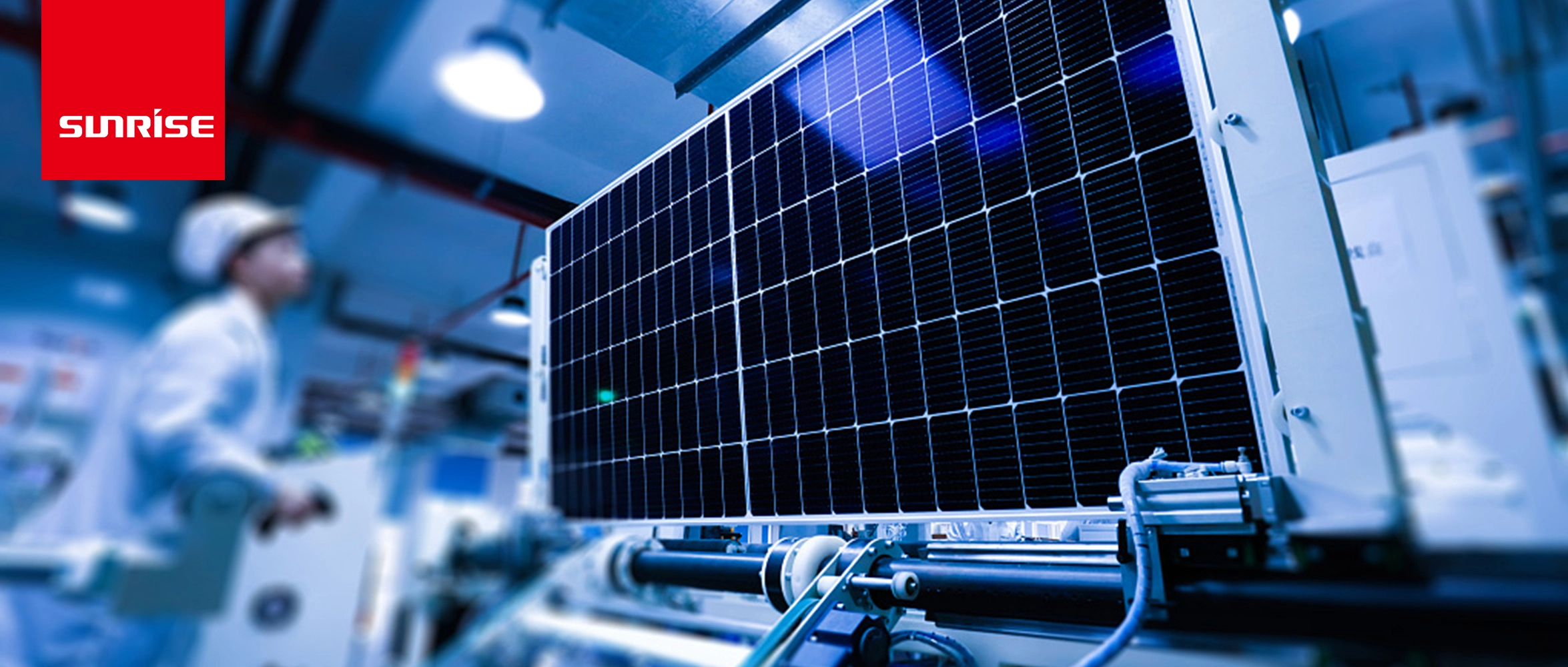
Solar panel parameters are provided by the manufacturer under STC (standard test conditions). Under STC, the corresponding solar radiation is equal to 1000W/m2, the cell operating temperature is 25℃,...
VIEW MORE
-
Typical Installation Structure and Application Introduction of Photovoltaic Systems
05,01 2023
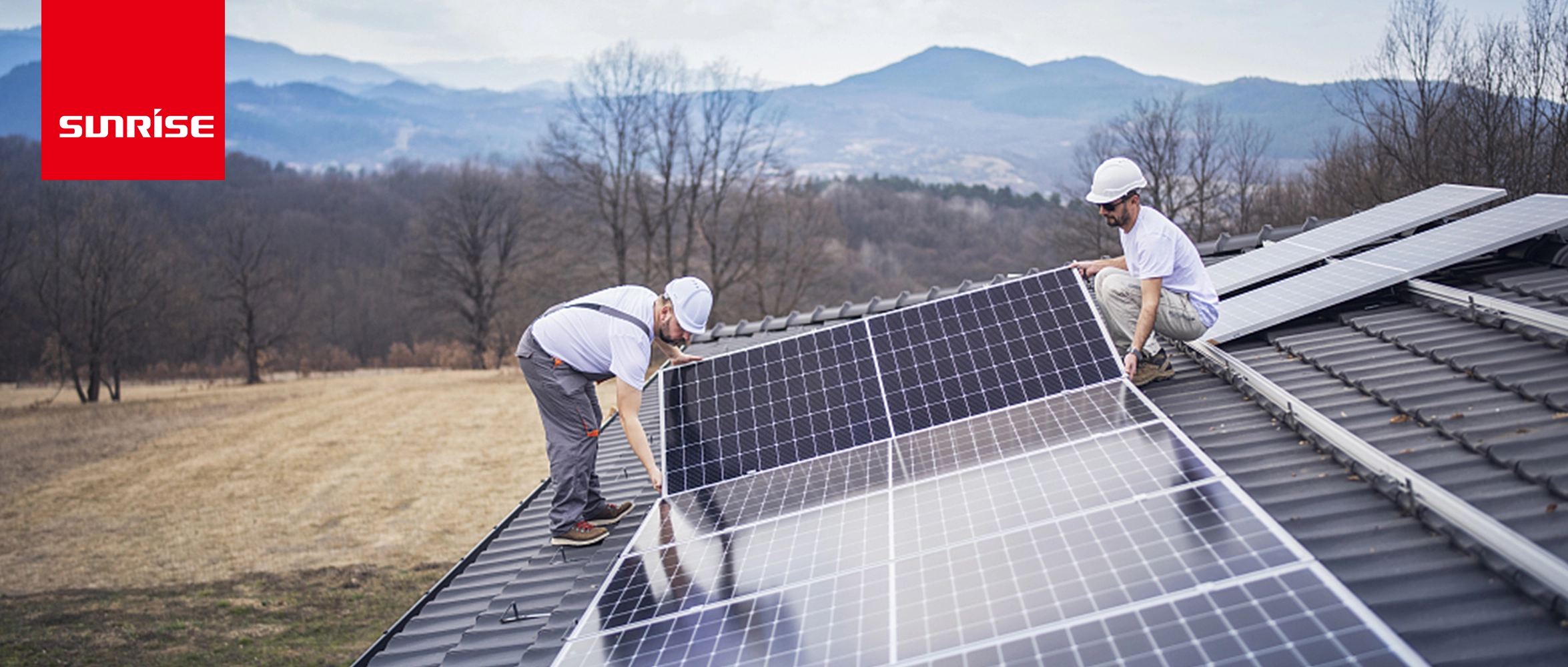
The installation bracket structure for photovoltaic systems is an important guarantee for long-term, stable, and safe operation of photovoltaic power plants.This article mainly classifies installation...
VIEW MORE
-
Environmental Protection of Photovoltaic Panel Power Generation
11,17 2022

1. Photovoltaic panels generate electricity without radiationPhotovoltaic panel power generation is to directly convert light energy into DC power through the characteristics of semiconductors, and th...
VIEW MORE
-
Solar Photovoltaic System Power Generation Will Become an Important Part of Rural Development in the Future
11,10 2022
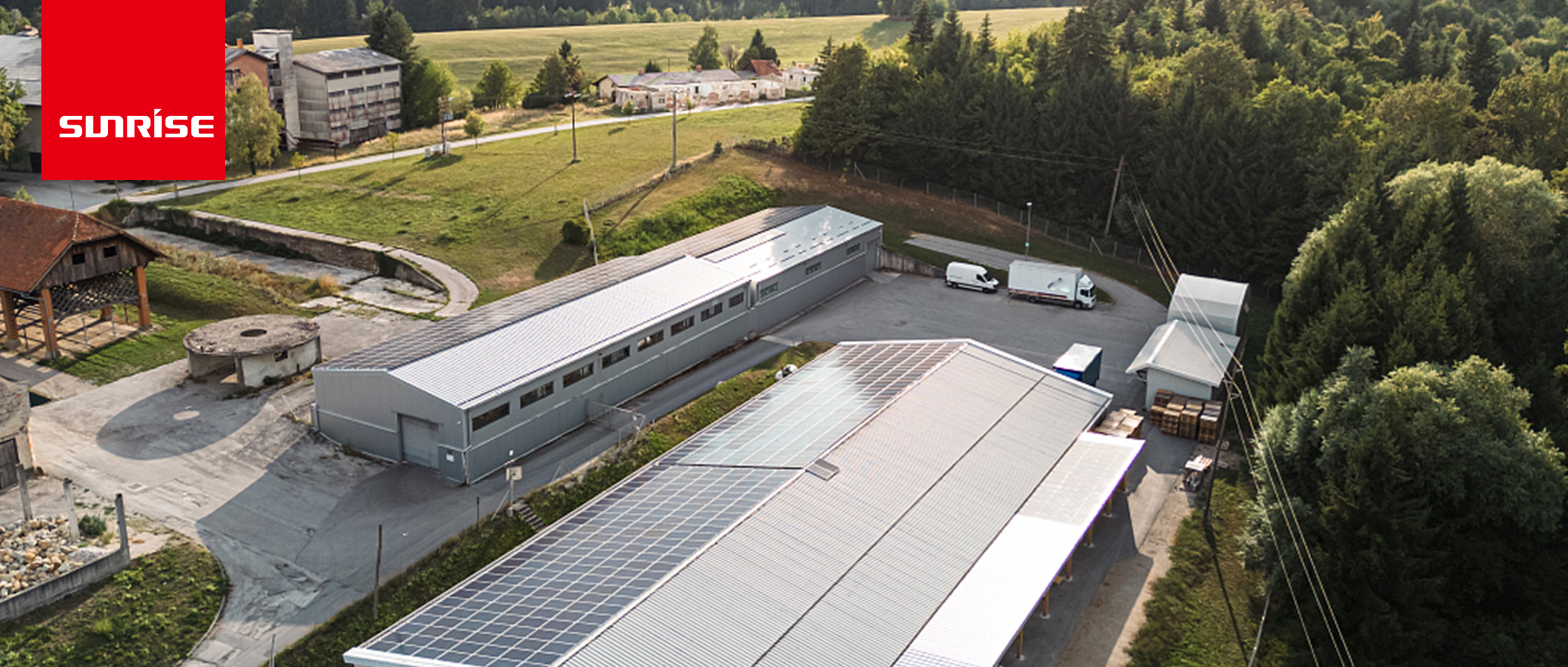
Ⅰ. Solar photovoltaic systems in rural areasRural areas will be the main focus of future solar photovoltaic system power generation. Large-scale promotion of photovoltaic power generation to rural ar...
VIEW MORE
-
An Important Component of a Solar Photovoltaic System
10,20 2022
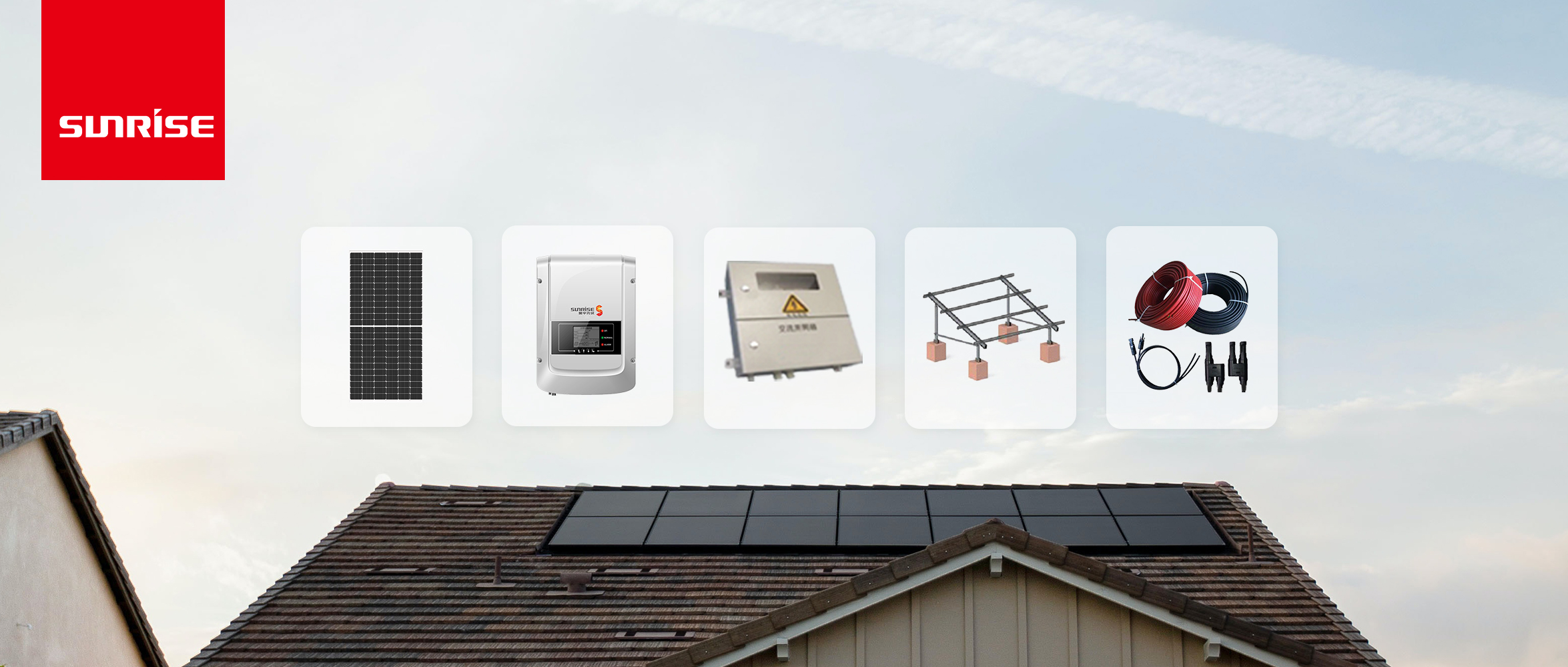
Ⅰ. What is solar photovoltaic system?Photovoltaic power generation is the use of equipment to convert solar energy resources into the electrical energy we need, make full use of semiconductors and re...
VIEW MORE
-
Full black modules: PV Star of European Roofs
09,20 2022
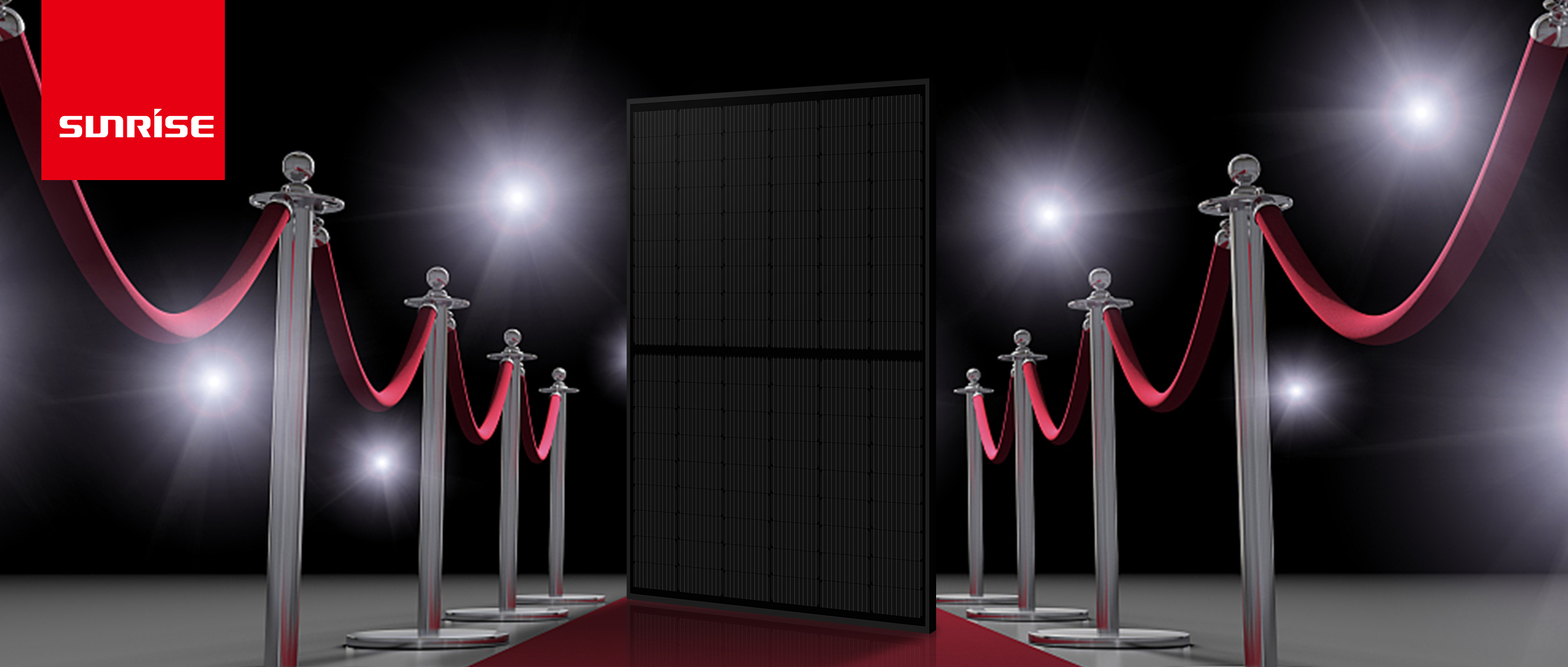
20MWp+Full black modules -- Support EuropeFriday, September 16, 2022Sunrise M10 full black module based on 182mm battery chip · Aquaman SeriesRepeat the 17 processes accurately and efficiently as usu...
VIEW MORE
-
Issues Related to Solar Photovoltaic Systems
08,24 2022

Ⅰ. About the solar photovoltaic systemThe solar photovoltaic system consists of a solar cell group, a solar controller, and a battery (group). If the output power is AC 220V or 110V, an inverter is a...
VIEW MORE
-
What Are the Benefits of Using Photovoltaic Panels?
08,17 2022
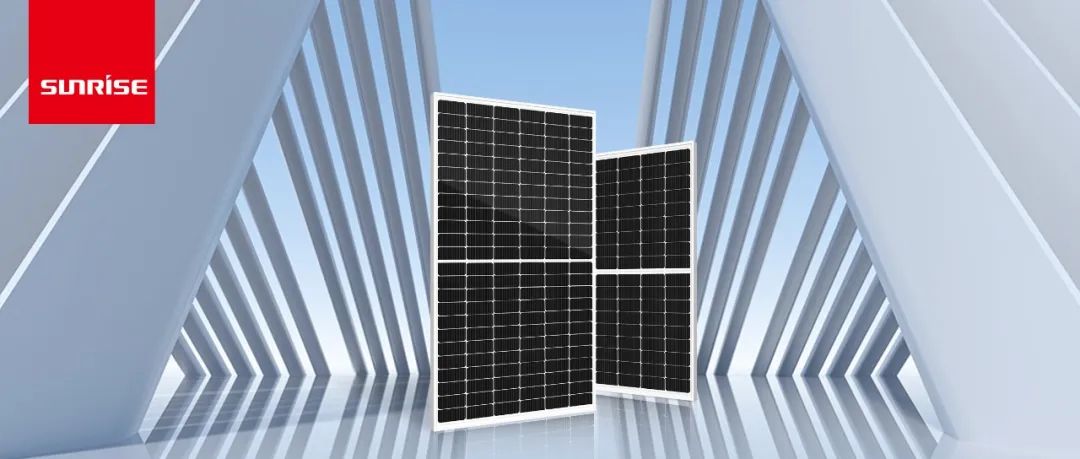
At present, the main source of electricity is coal power, but because coal power will bring great pollution to the environment, the development of new energy has become a very important content in my ...
VIEW MORE
-
What is the Reason for the Long Service Life of Photovoltaic Panels?
08,10 2022

Photovoltaic panels are also our common solar panels. Yes, each photovoltaic panel is actually like a battery, but it is the sun that charges them, so as long as there is sunlight, it will generate el...
VIEW MORE
-
About Solar Photovoltaic Systems
08,03 2022

Basically, a solar photovoltaic system can provide you with the power you need. Basic solar PV systems can be classified as off-grid, grid-tied or hybrid systems. All three systems have different bene...
VIEW MORE
-
What Are the Application Scenarios of Photovoltaic Panels?
07,22 2022
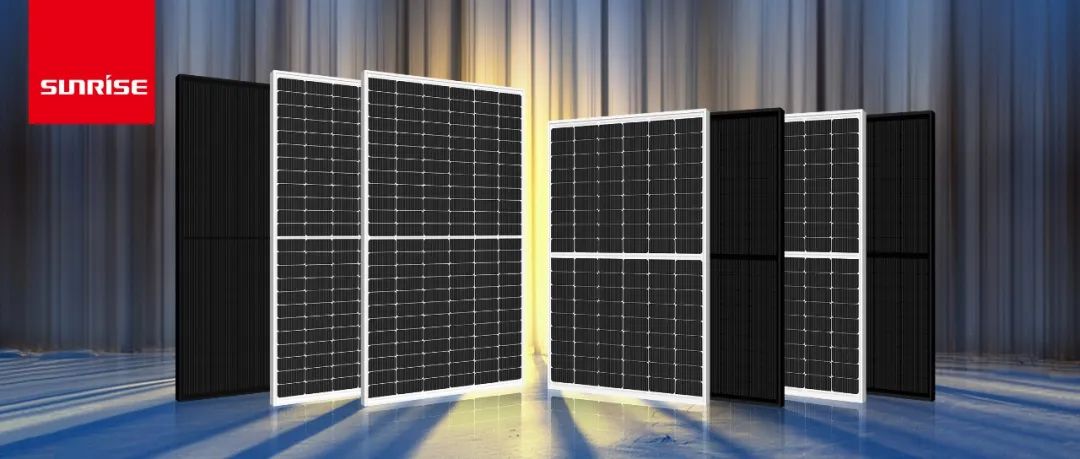
1. Understanding photovoltaic panelsPhotovoltaic actually refers to solar energy, so photovoltaic panels are also called solar panels. In fact, photovoltaic panels are what we usually call solar panel...
VIEW MORE
-
What Are the Benefits of Installing a Home PV System?
07,15 2022
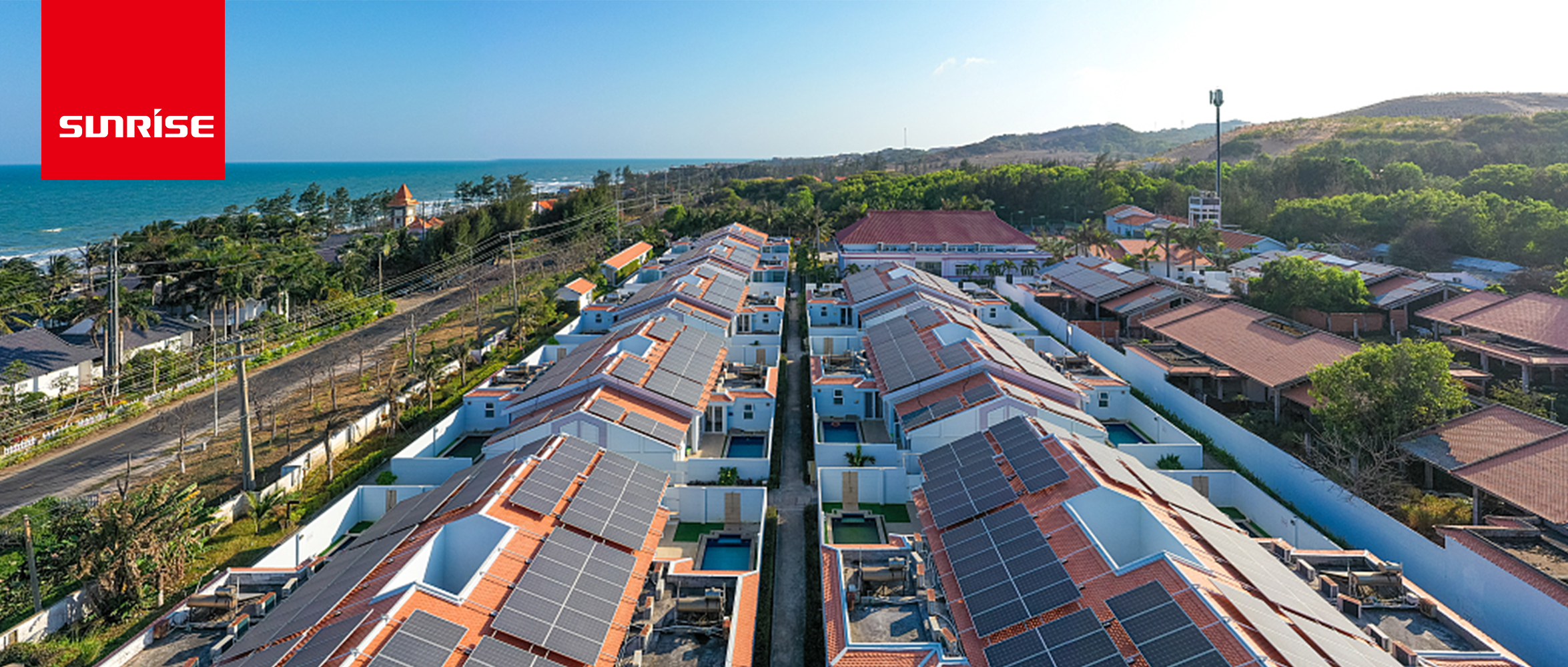
The combination of new technology and renewable energy is giving birth to the infrastructure of a new industrial revolution - the energy Internet of things. If the last industrial revolution was based...
VIEW MORE
-
What Are the Reasons for Using a Commercial Solar System to Generate Electricity?
07,08 2022
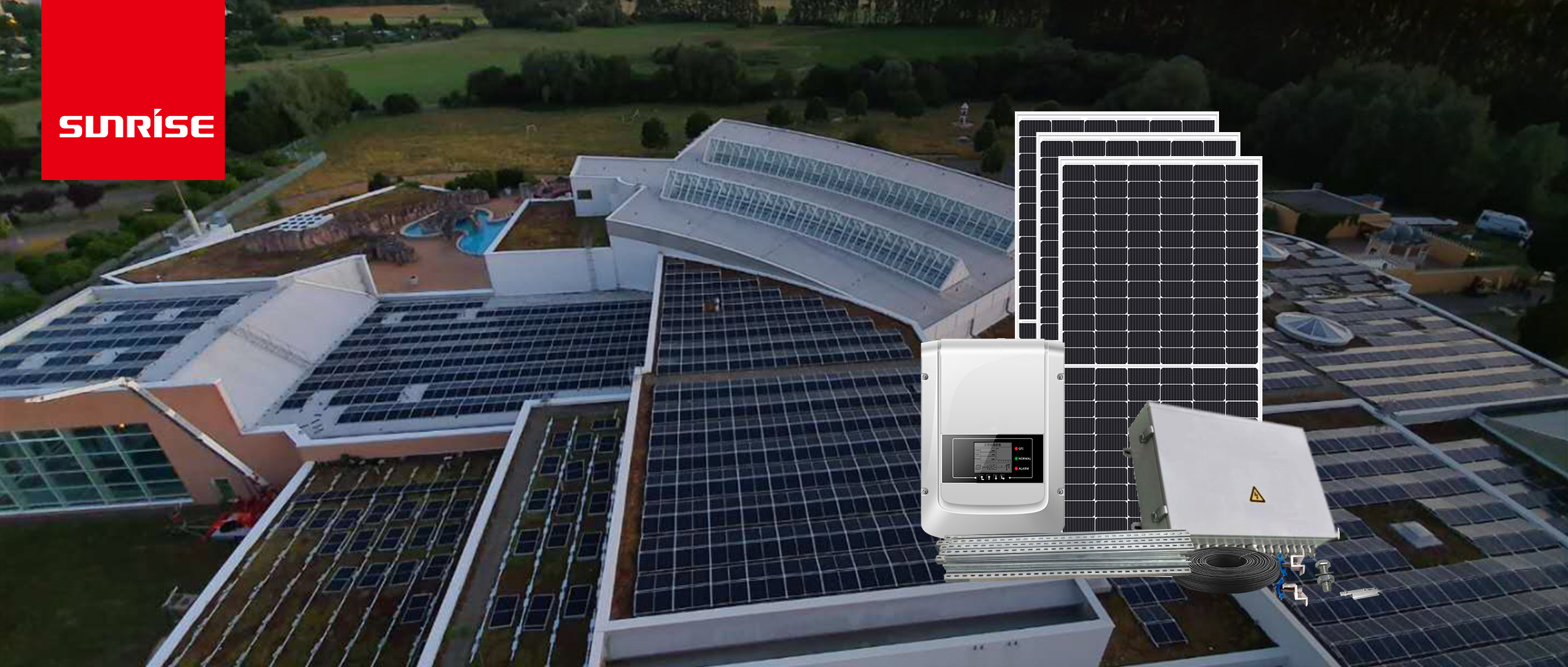
1. The emergence of commercial solar energy systemsTraditional fuel energy is decreasing day by day, and at the same time, there are still about 2 billion people in the world without normal energy sup...
VIEW MORE
-
Main Raw Materials and Components of Solar Cell Modules
07,01 2022
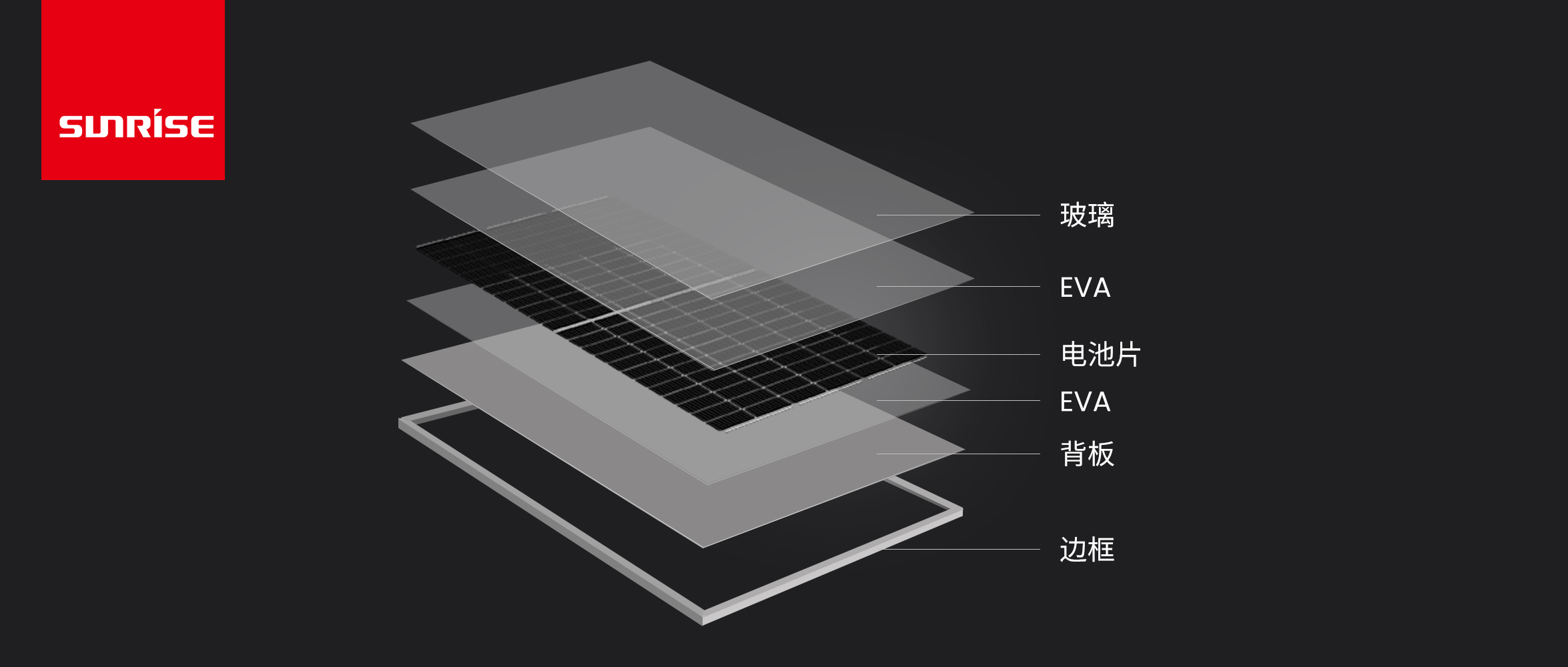
Ⅰ. The main raw materials of solar cell modules1. Photovoltaic glass for solar cell materialsThe panel glass used in the battery module is low-iron ultra-white suede tempered glass. The general thick...
VIEW MORE
-
Why Do We Recycle Solar Cells?
06,22 2022
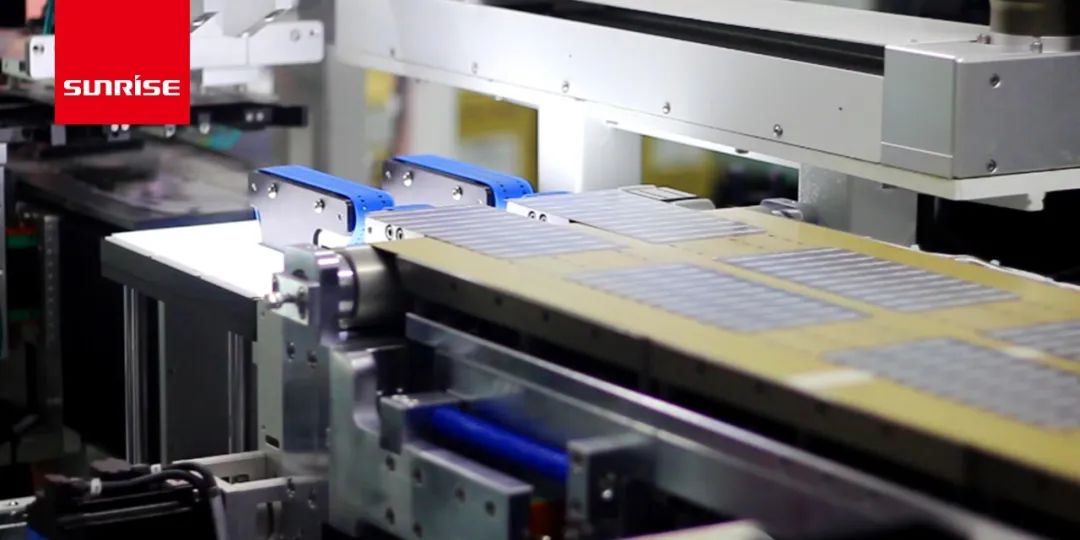
Ⅰ. Environmental benefits of handling and recycling solar cellsRecycling solar cells has many environmental benefits, the first being that it creates a useful and sustainable way to dispose of panels...
VIEW MORE
-
Damage to PV Systems Caused by Salt Spray and High Humidity
06,15 2022

The working environment of photovoltaic (PV) power plants is very complex, and extreme weather conditions such as high or low temperature, humidity, salt spray, and heavy sand can test the reliability...
VIEW MORE
-
The Composition and Principle of Solar PV System
06,08 2022

Photovoltaic power generation is based on the principle of photovoltaic effect, using solar cells to directly convert light energy into electrical energy. Whether it is off-grid power generation or gr...
VIEW MORE
-
Characteristics and Application Fields of Solar Photovoltaic Systems
05,26 2022

Ⅰ. The advantages of solar photovoltaic systems1. Solar energy is inexhaustible, and the solar radiation received by the earth's surface can meet 10,000 times the global energy demand.2. Solar en...
VIEW MORE
-
How to Choose an Inverter for a Home Photovoltaic System?
05,19 2022

The home photovoltaic system is generally composed of photovoltaic modules, solar controllers, batteries, inverters and loads. The photovoltaic modules convert solar energy into electrical energy unde...
VIEW MORE
-
Introduction of Distributed Solar Photovoltaic Power Generation System
05,12 2022
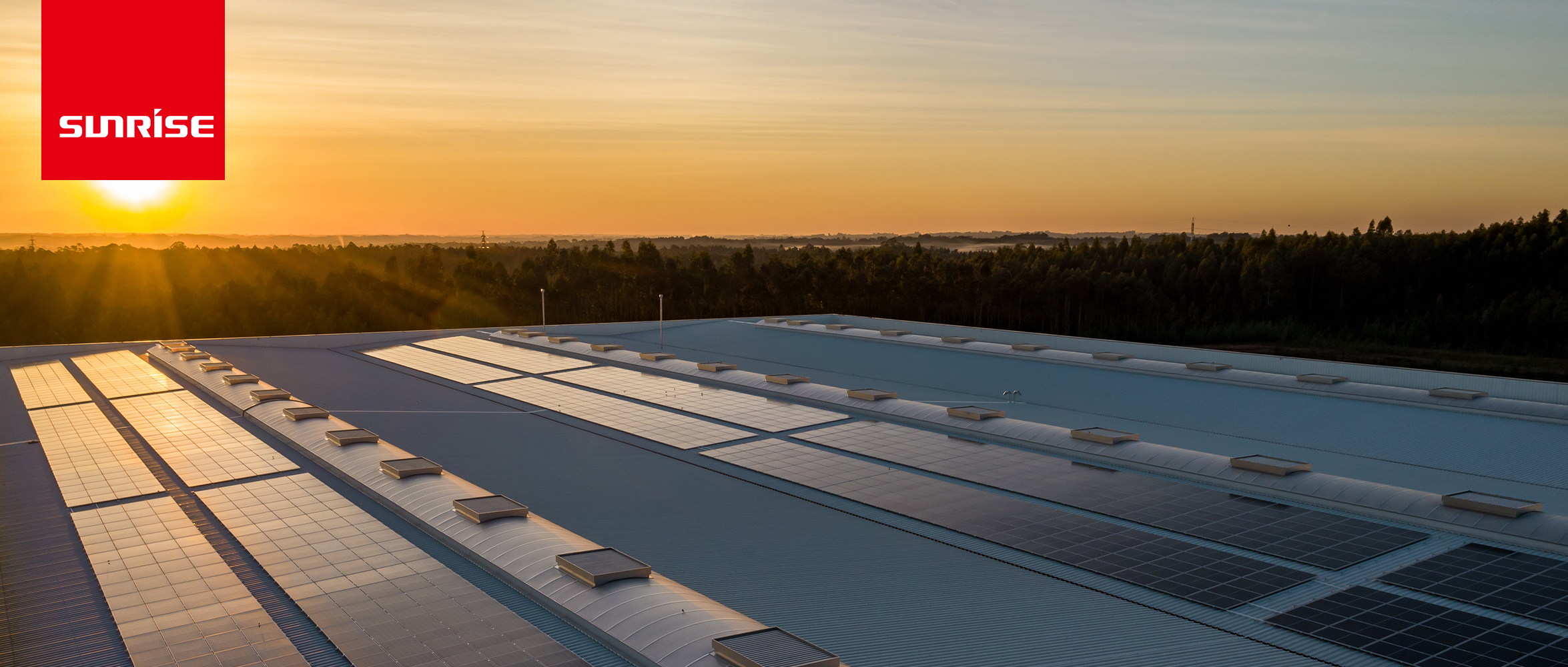
1. How to make a household distributed solar photovoltaic power generation system?First of all, it is necessary to understand your basic information, including (house title certificate), the type and ...
VIEW MORE
-
What Are the Warranty and Components of Solar Panels?
05,05 2022
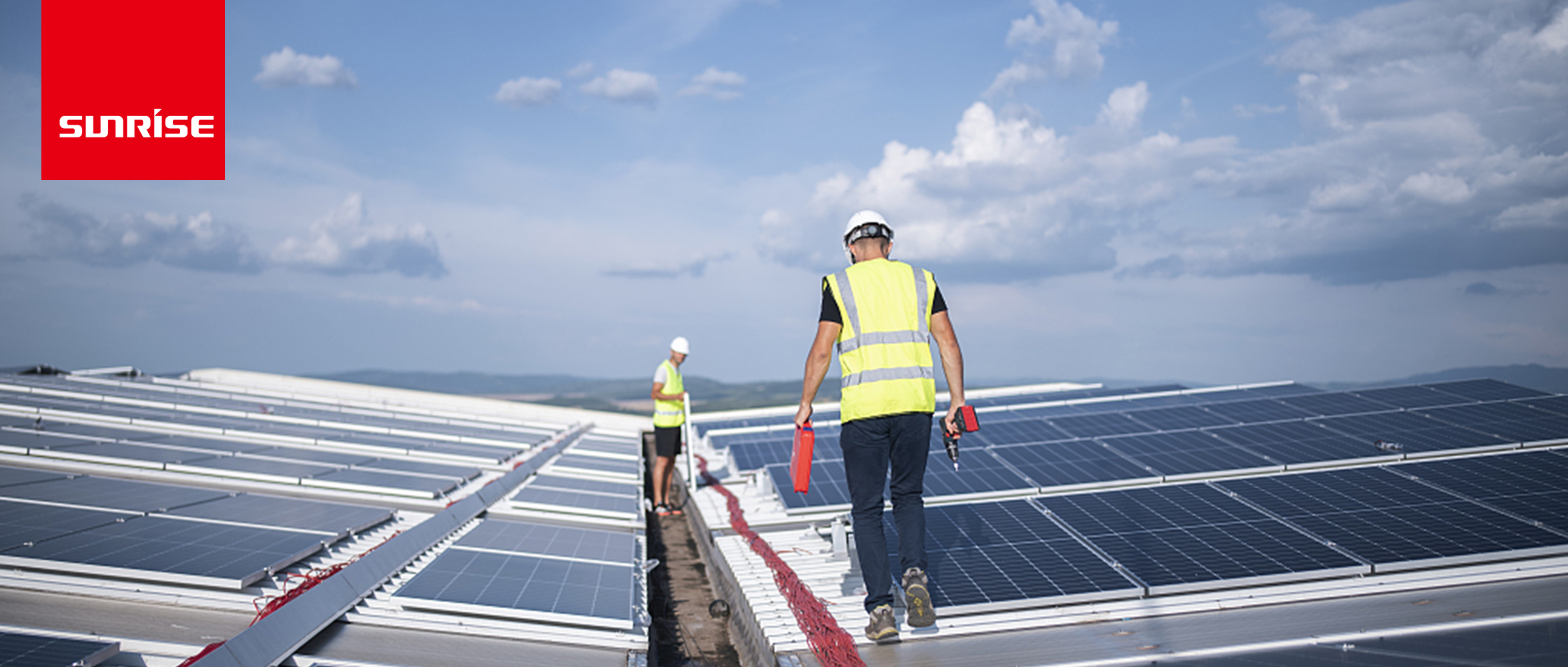
Solar panel warranties cover components, inverters, installations, and various other components, and owners always want an effective warranty throughout the lifetime of the solar system.They know it&#...
VIEW MORE
-
What Are the Reasons for Affecting Rooftop Photovoltaic Power Generation?
04,28 2022
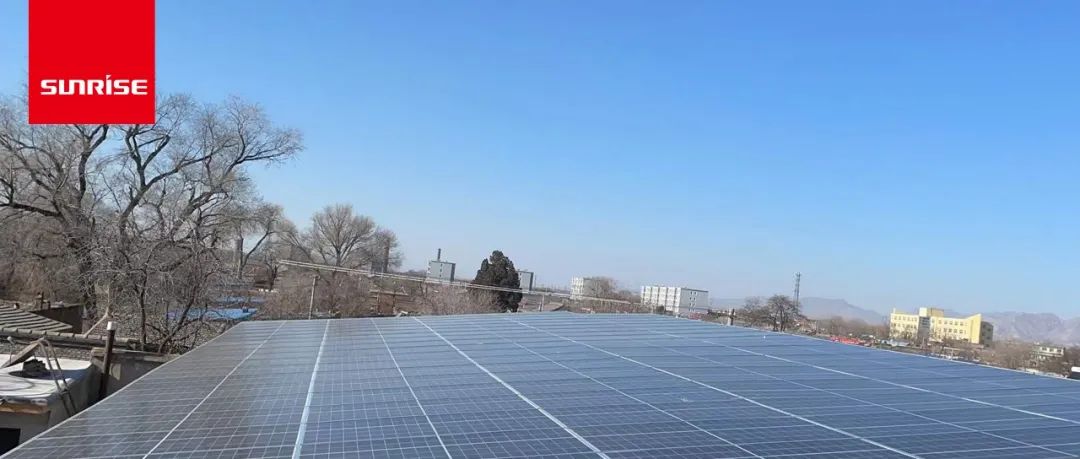
After the installation of the photovoltaic system, the user is most concerned about the power generation, because it is directly related to the user's return on investment.There are many factors a...
VIEW MORE
-
Production Process of Solar Photovoltaic Modules
04,21 2022

Photovoltaic module processing technology is an important part of the solar photovoltaic industry chain. By encapsulating thin solar cells, they can operate reliably in harsh outdoor environments.The ...
VIEW MORE
-
Phenomenon and Analysis of Common Quality Problems of Solar Photovoltaic Modules
04,14 2022
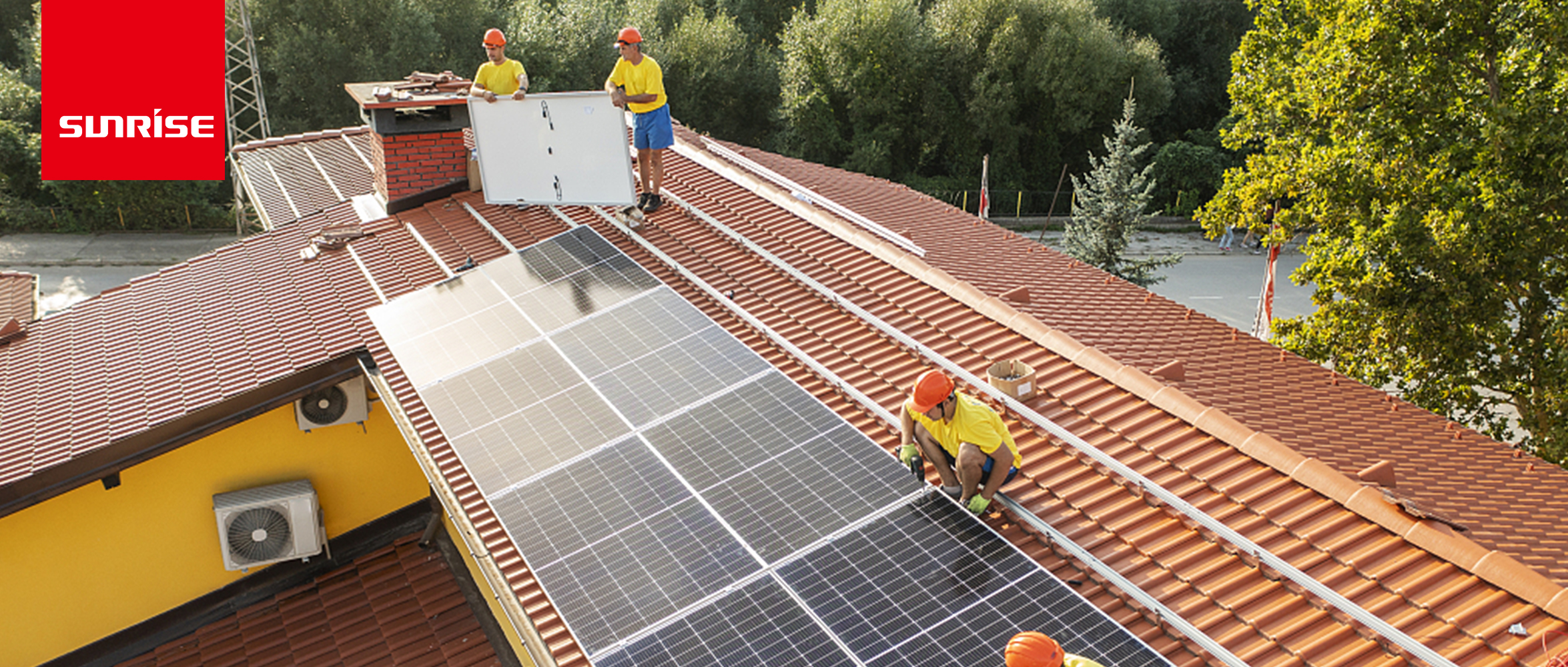
1. Cracks of solar photovoltaic modulesCracks are flaws caused by stress or pressure in the silicon solar cells of photovoltaic modules. These cracks are usually not visible to the naked eye, only thr...
VIEW MORE
-
Classification and Introduction of Photovoltaic Power Systems
04,07 2022
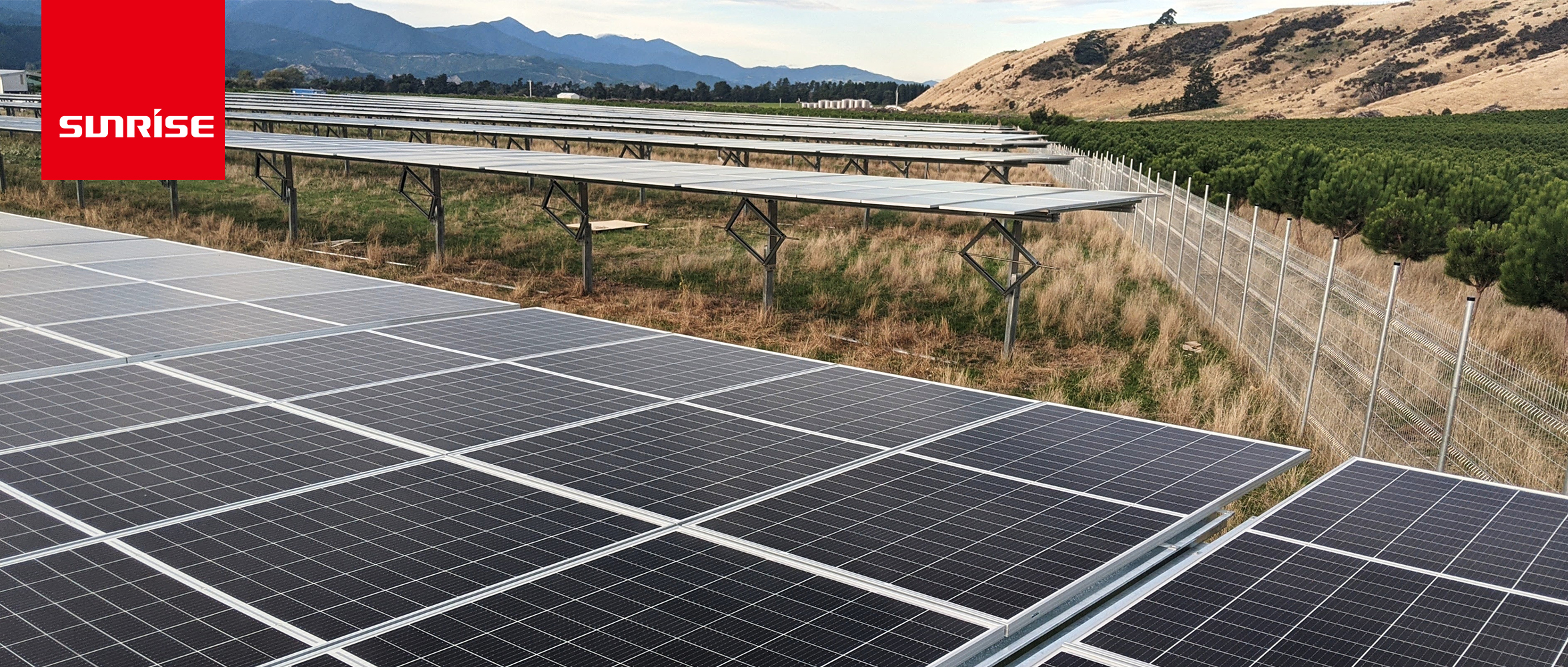
Solar power generation is divided into photothermal power generation and PERC PV, usually referred to as solar power generation refers to solar photovoltaic power generation, referred to as "phot...
VIEW MORE
-
Classification and Application of Independent Photovoltaic Power System
03,23 2022
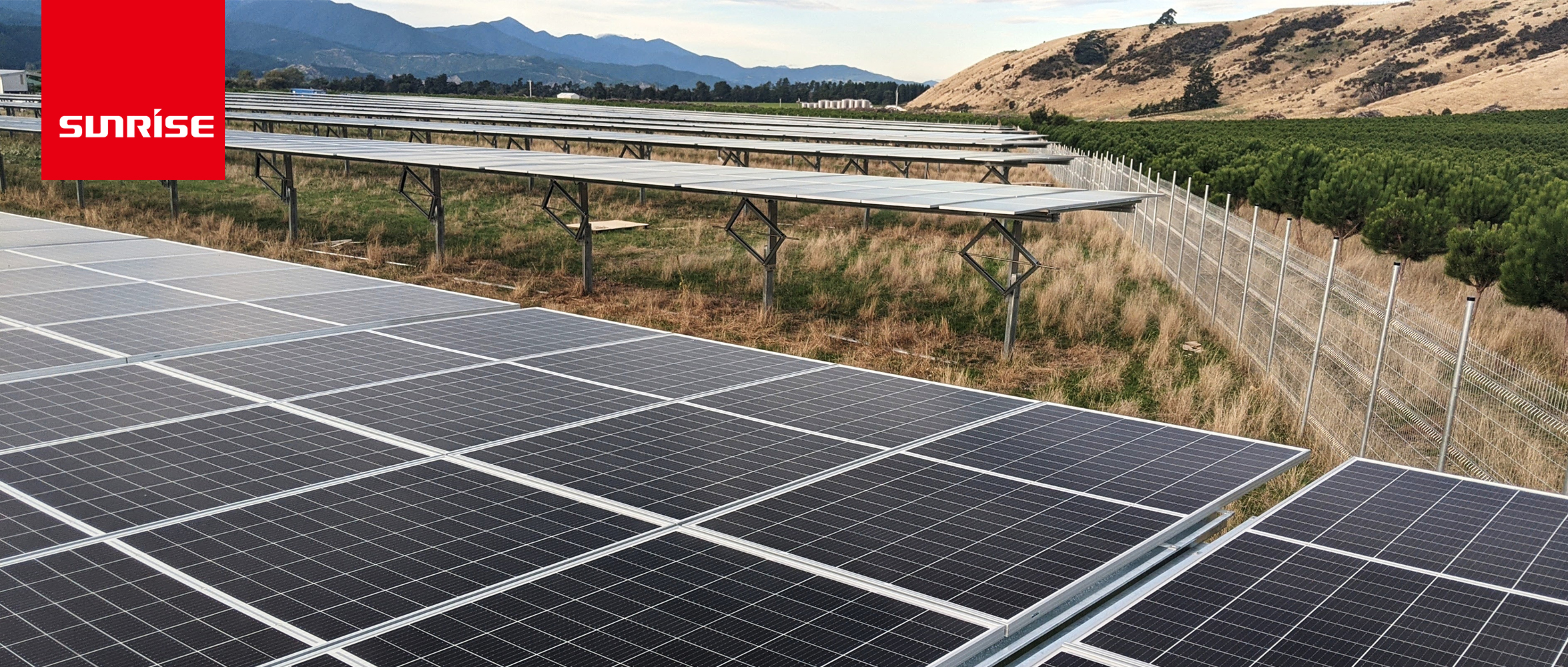
Independent photovoltaic power system is relative to the grid-connected power system. It belongs to the isolated power generation system. The isolated system is mainly used in remote areas without ele...
VIEW MORE
-
Main Factors Affecting the Power Generation of Solar PV System and Its Roof Installation
03,16 2022
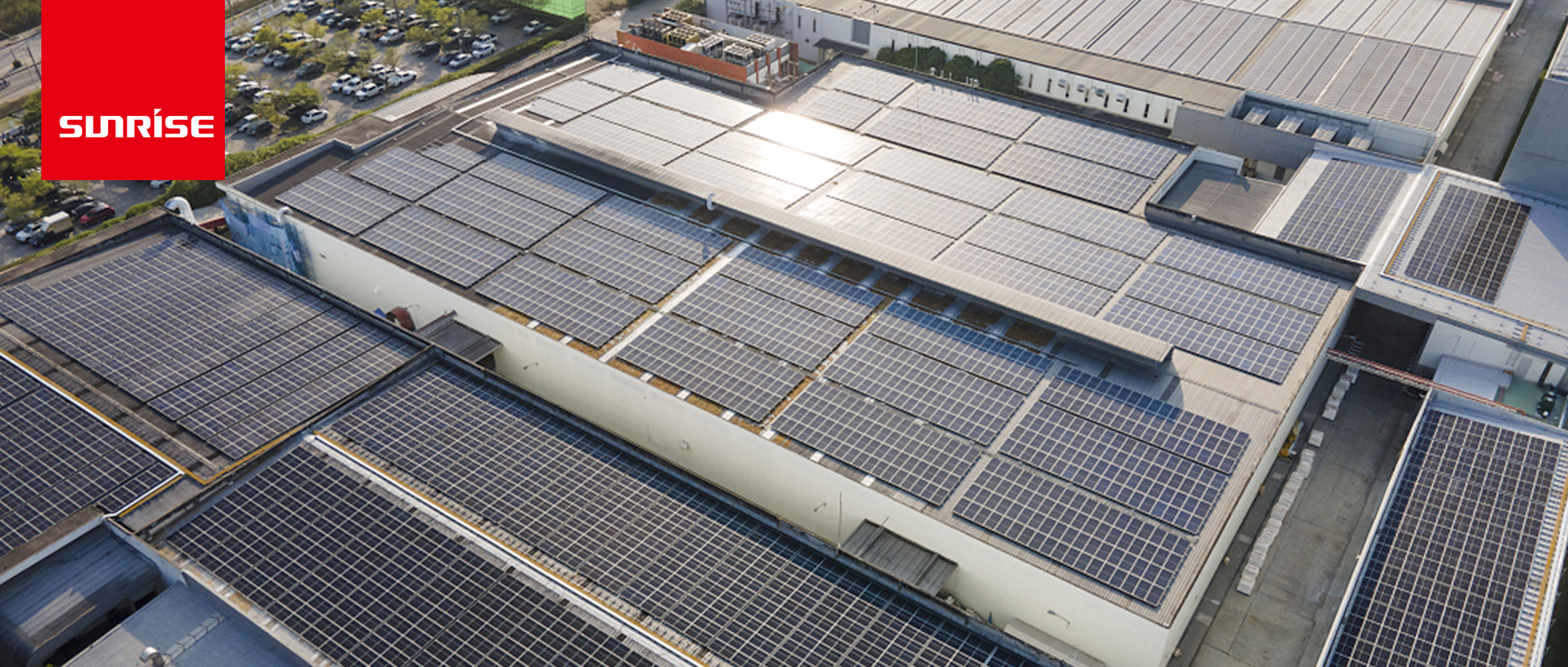
Solar PV systems are widely used. At present, solar energy has entered the industry, commerce, agriculture, communications, household appliances, and utility sectors.The power generation applications ...
VIEW MORE
-
What Are the Basic Requirements of Solar PV Energy System for PV Inverters?
03,09 2022
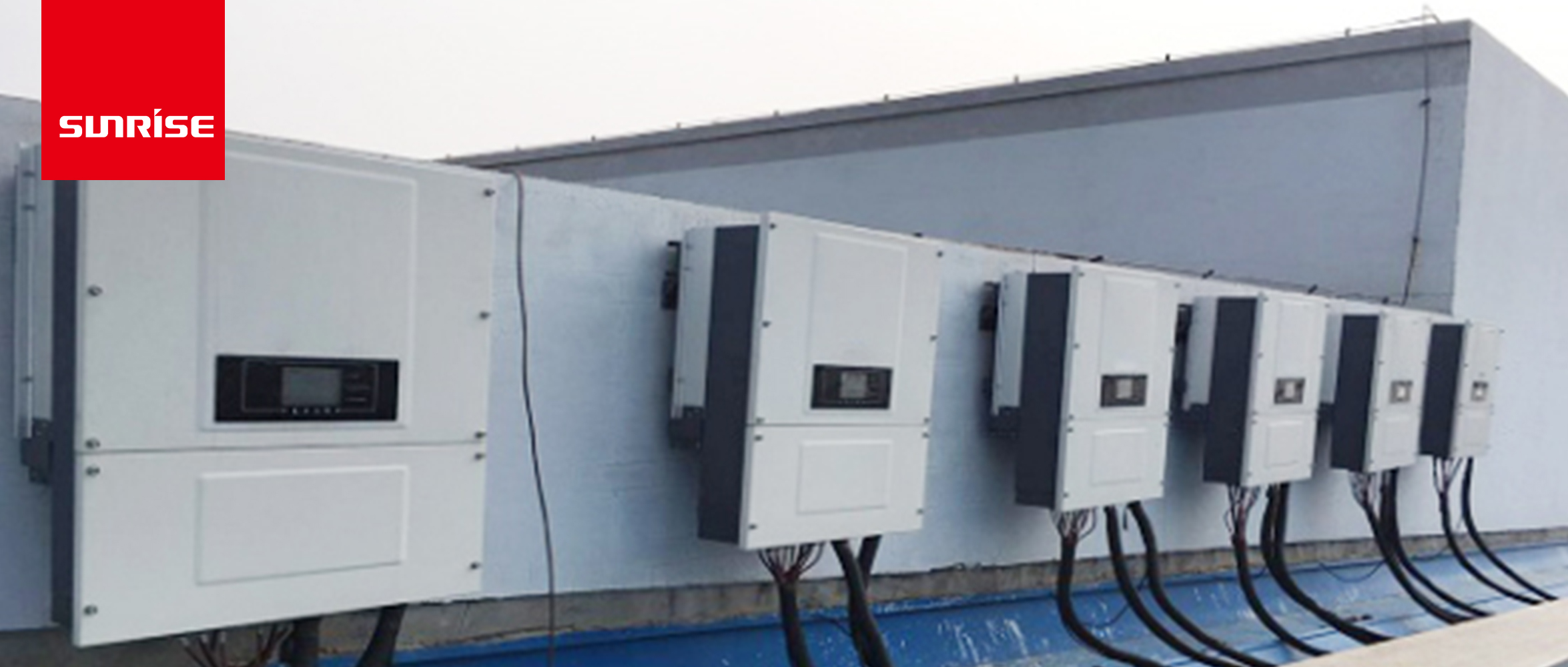
In a photovoltaic power system, the efficiency of the inverter will directly affect the efficiency of the whole system, so it is of great significance to search for the control technology of the solar...
VIEW MORE
-
How Does the PV Inverter Optimize Your PV System?
03,02 2022
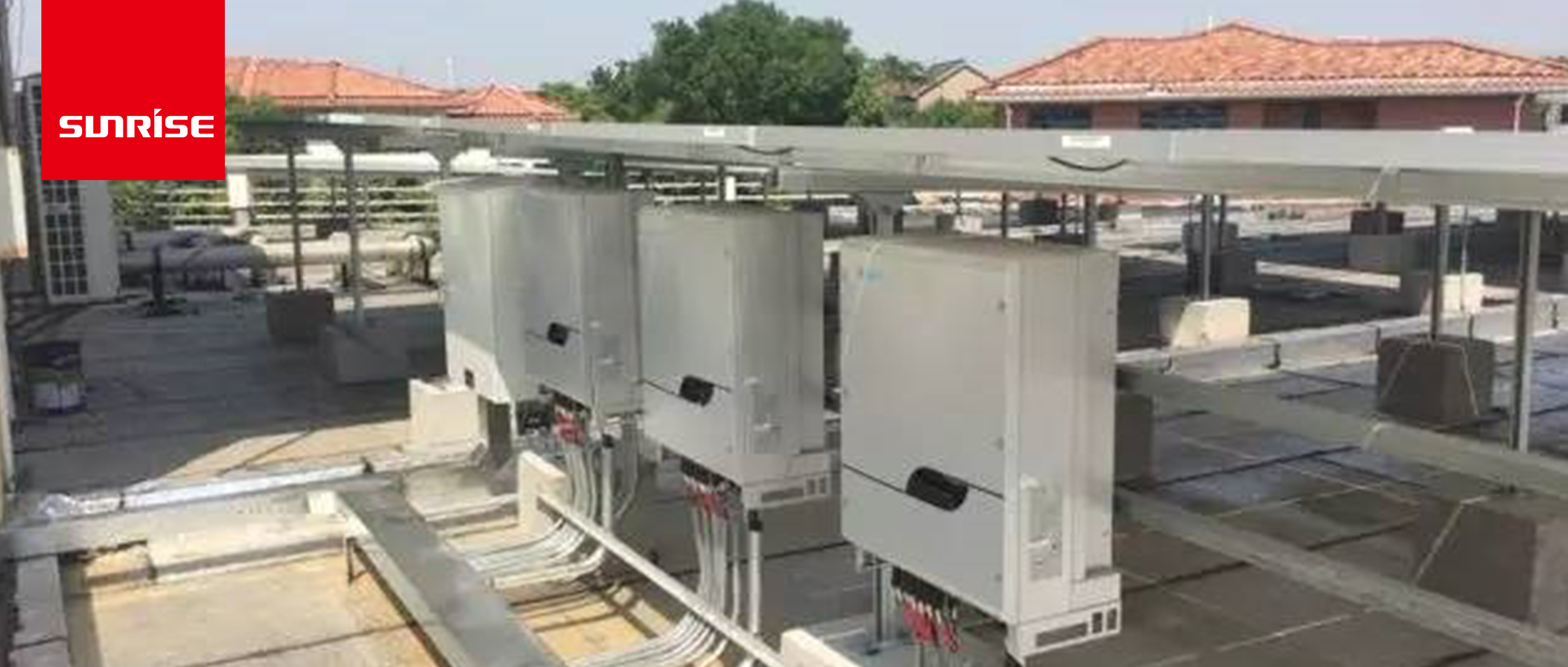
Ⅰ. Centralized photovoltaic power system inverterCentralized grid connection is suitable for installing solar cell arrays with the same orientation and specifications. In electrical design, a single ...
VIEW MORE
-
The Composition of Solar Photovoltaic Power System and the Role of Each Part of the Equipment
02,23 2022

Solar photovoltaic power system refers to a power system that directly converts light energy into electricity without thermal process. Its main components are solar cells, batteries, controllers and p...
VIEW MORE
-
The Application of Distributed Photovoltaic Power System
02,16 2022
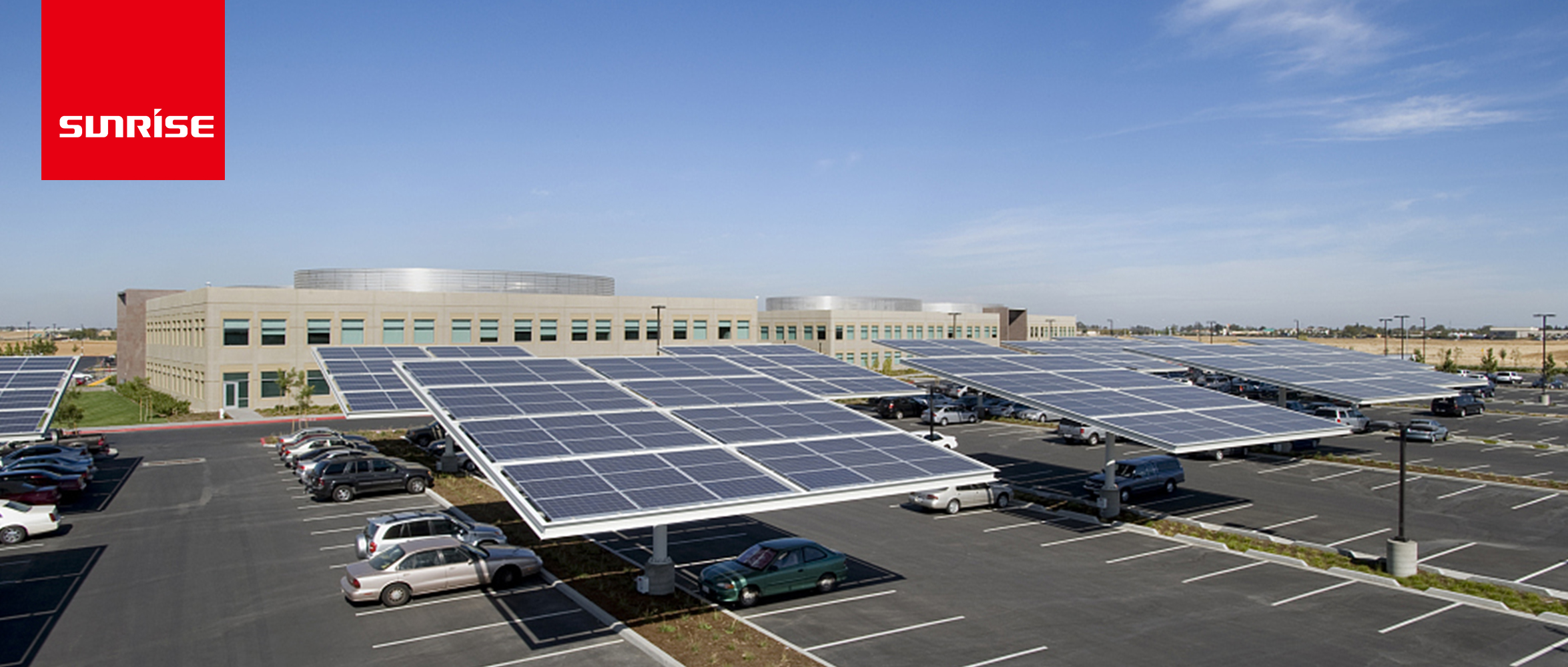
Distributed perc PV refers to a distributed power system that uses photovoltaic modules to directly convert solar energy into electricity. It is a new way of power generation and energy comprehensive ...
VIEW MORE
-
Components and Characteristics of Distributed Photovoltaic Power System
02,09 2022

Distributed photovoltaic power system, also known as distributed generation or distributed power supply, refers to the configuration of a small perc PV system at or near the user's site to meet th...
VIEW MORE
-
Advantages and Application Prospect of Solar PV System
02,02 2022

Ⅰ. The advantages of solar PV systemPrimary energy can be further divided into two categories: renewable and non-renewable energy. Renewable energy includes solar energy, hydro energy, wind energy, b...
VIEW MORE
-
The Structure of Photovoltaic Power System and the Treatment of Its Problems
01,27 2022
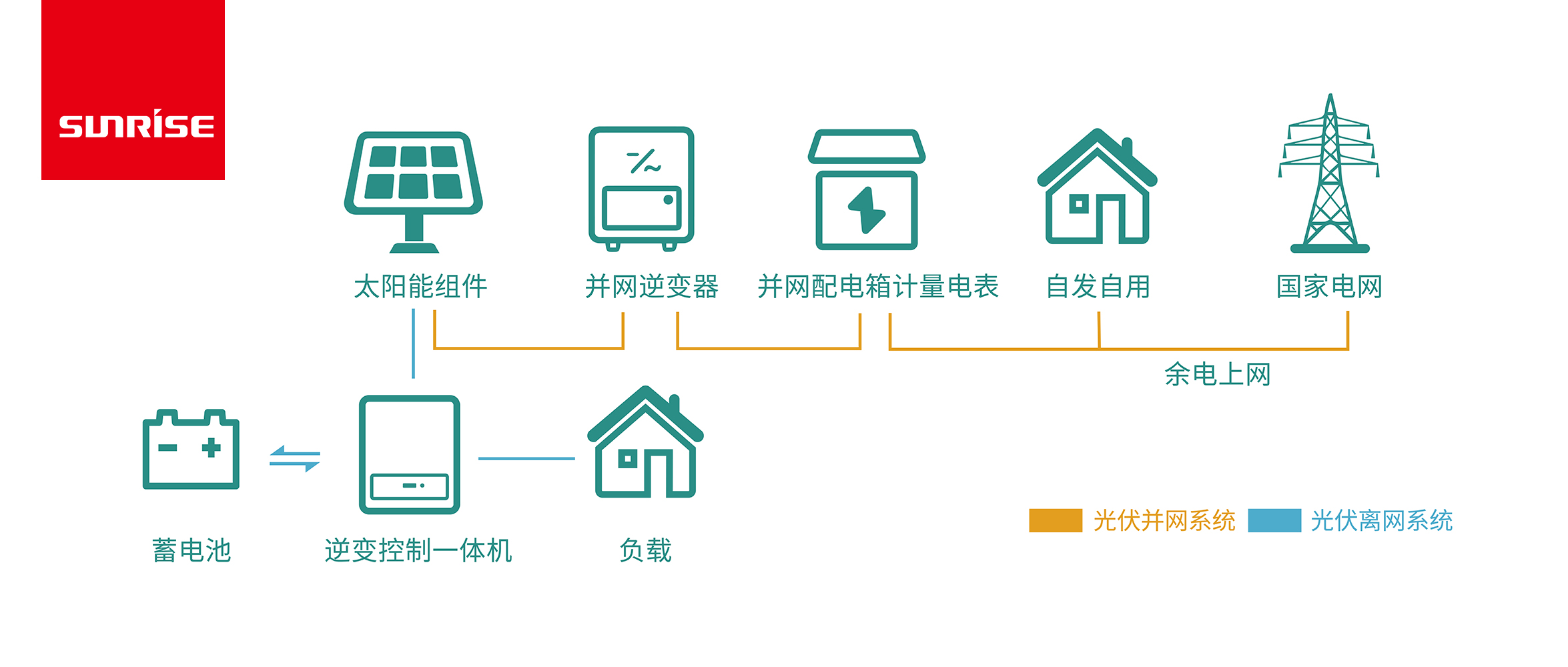
Ⅰ. The structural composition of the photovoltaic power systemThe photovoltaic power generation system is composed of photovoltaic array (photovoltaic array is composed of photovoltaic modules in ser...
VIEW MORE
-
The Composition of the Solar Panel and the Function of Each Part
01,20 2022
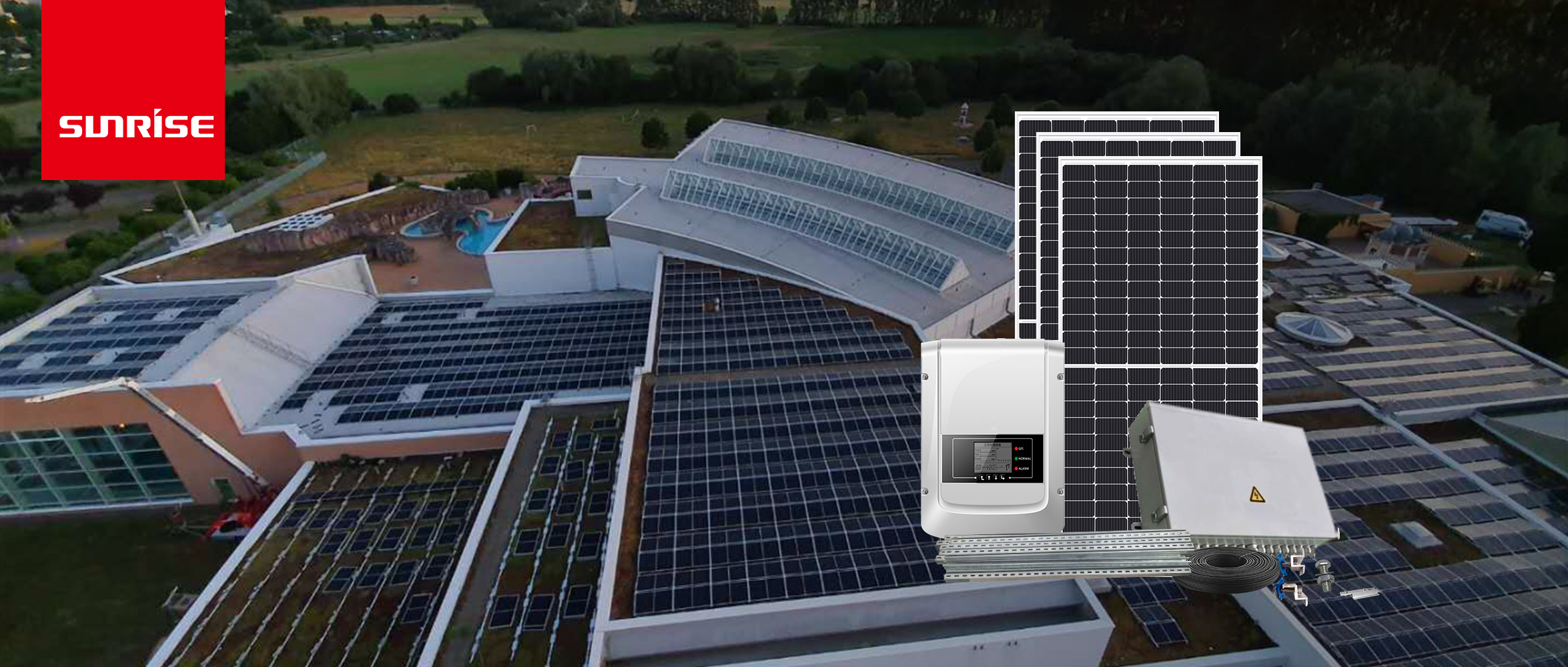
Ⅰ. About the solar panelSolar panels are also called solar modules and solar panels. The assembly of multiple solar cells is the core part of the solar power system and the most important part of the...
VIEW MORE
-
Do You Know the Different Types of Solar Panels?
01,13 2022
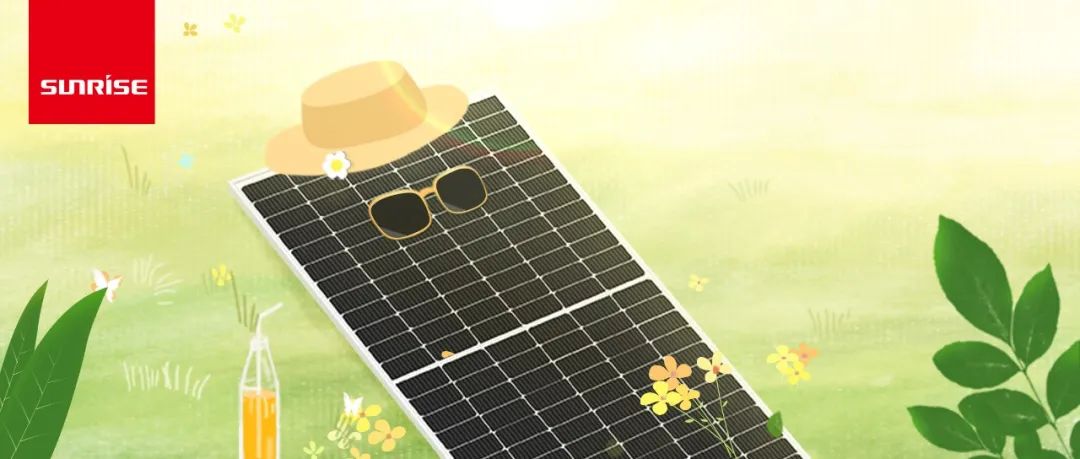
1. Monocrystalline silicon solar panelsMonocrystalline silicon solar panels can be divided into ordinary monocrystalline silicon and high-efficiency solar panels. The photoelectric conversion efficien...
VIEW MORE
-
How to Judge the Quality of the Solar PV Module?
01,06 2022
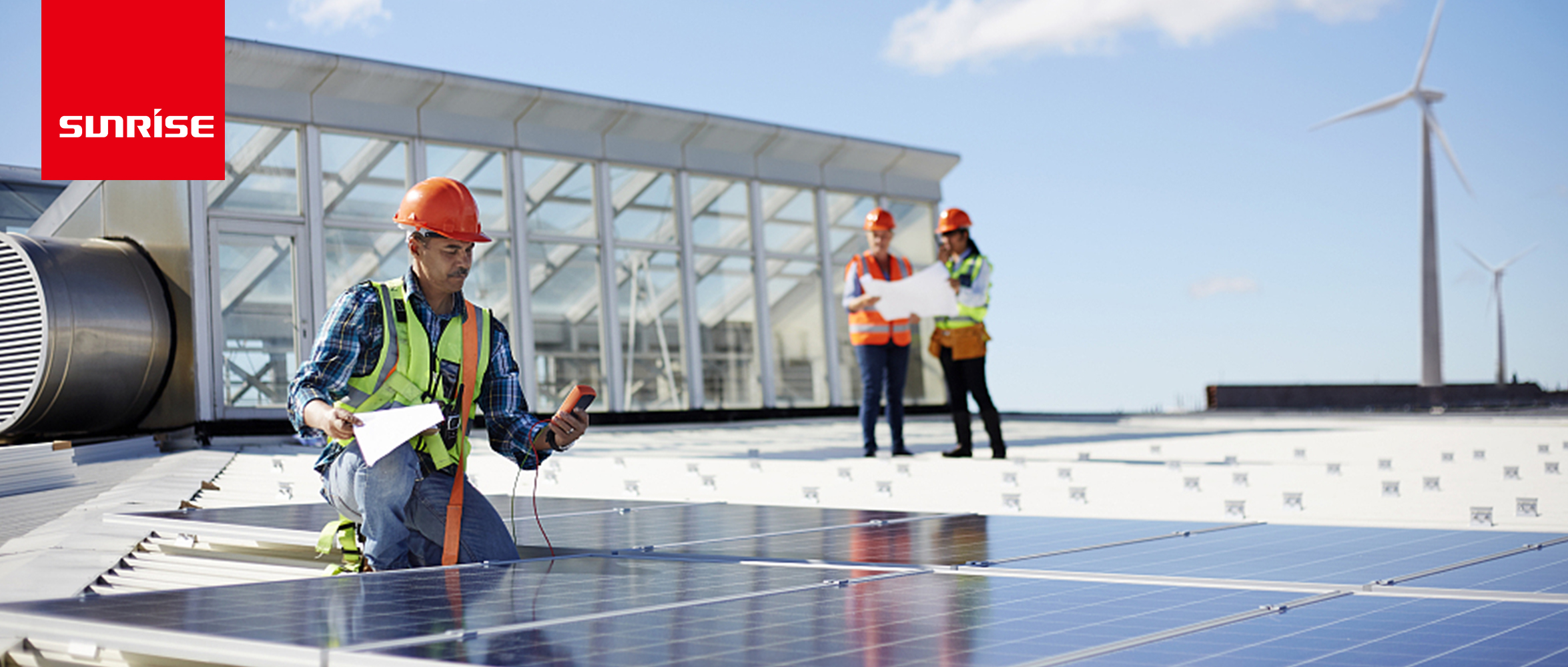
Solar photovoltaic modules are solar cell modules. Due to the low output voltage of monolithic solar cells, and the impact of the environment on unpackaged cells, the electrodes are easy to fall off.T...
VIEW MORE
-
Advantages of Solar Photovoltaic Power System
12,22 2021
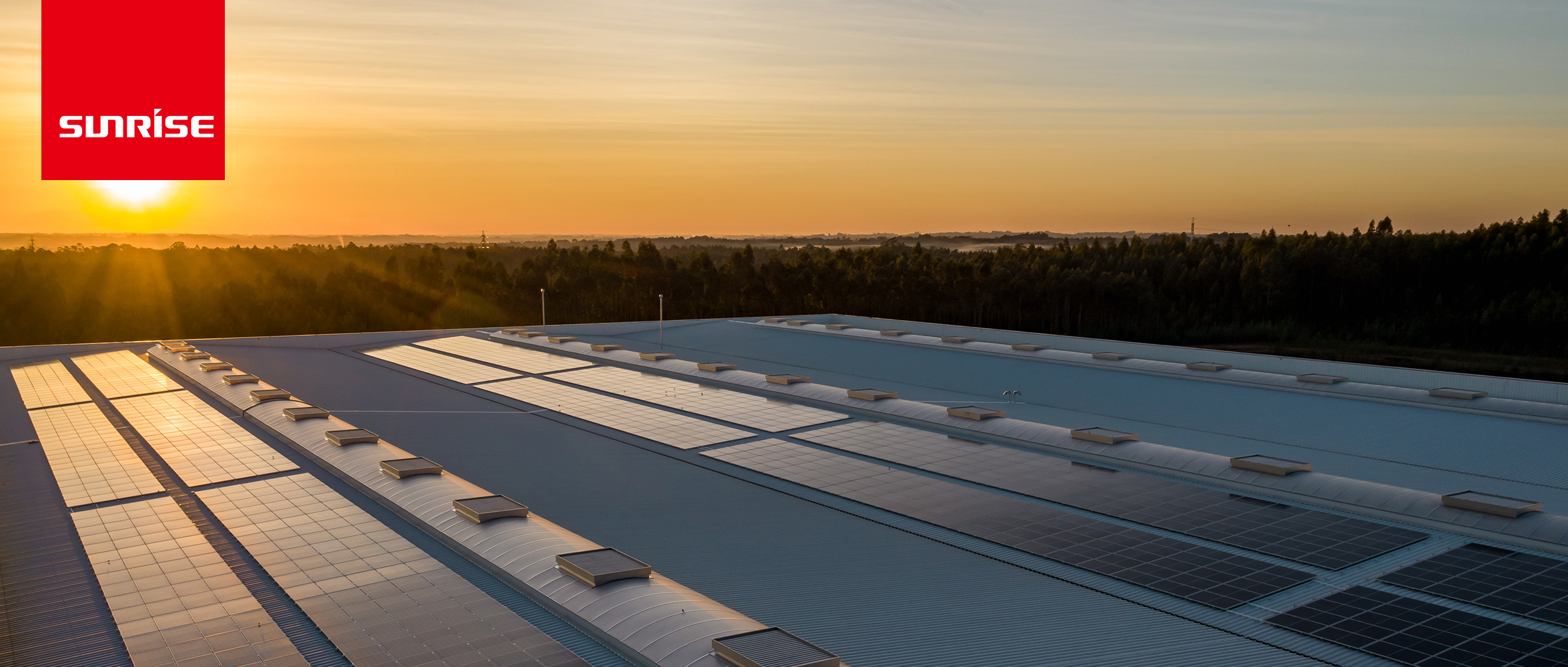
Solar panels are a promising new type of power source with three major advantages: permanence, cleanliness and flexibility. Compared with thermal power generation and nuclear power generation, solar p...
VIEW MORE
-
The Difference Between Monocrystalline Silicon and Polycrystalline Silicon in Solar Panels
12,15 2021
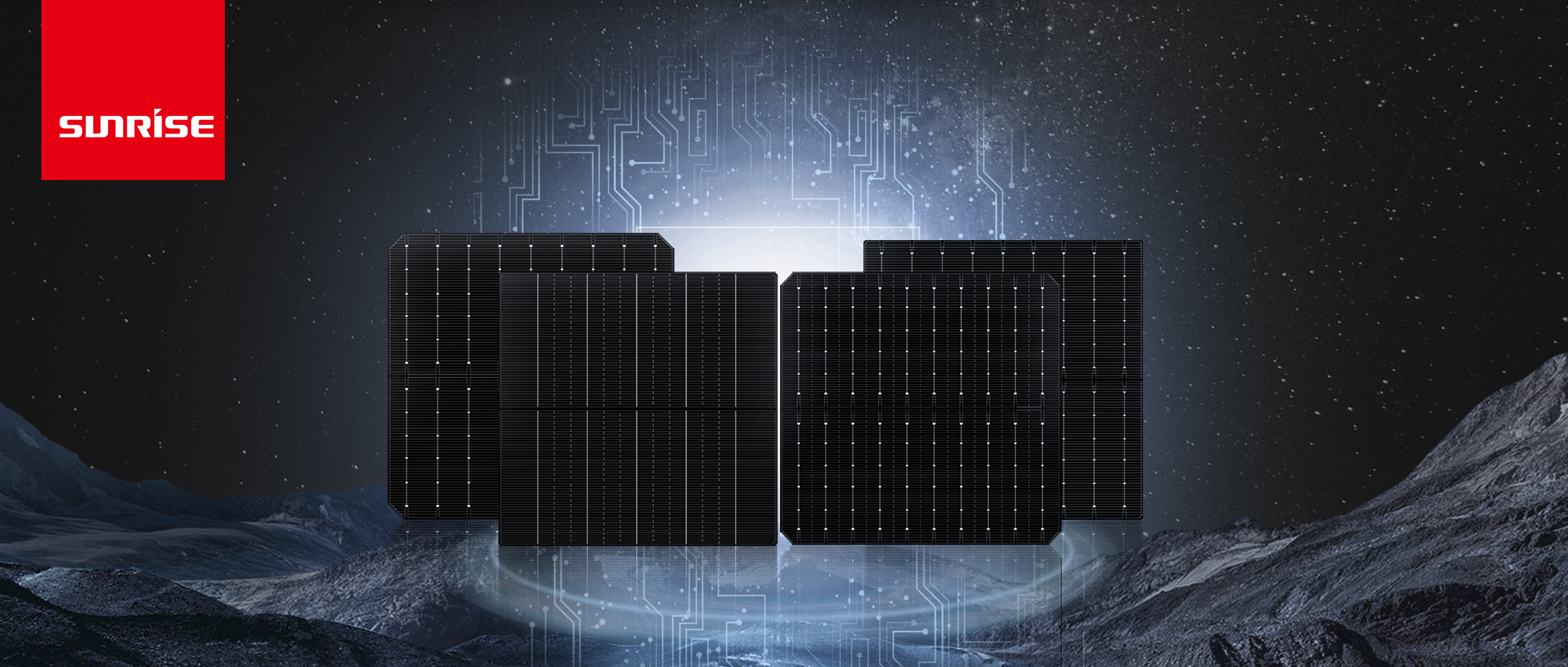
I. The difference between polycrystalline silicon and monocrystalline silicon1. The difference in appearance between polycrystalline silicon solar panels and monocrystalline solar panelsFirst, let'...
VIEW MORE
-
How to Select Distributed Project Components
11,24 2021
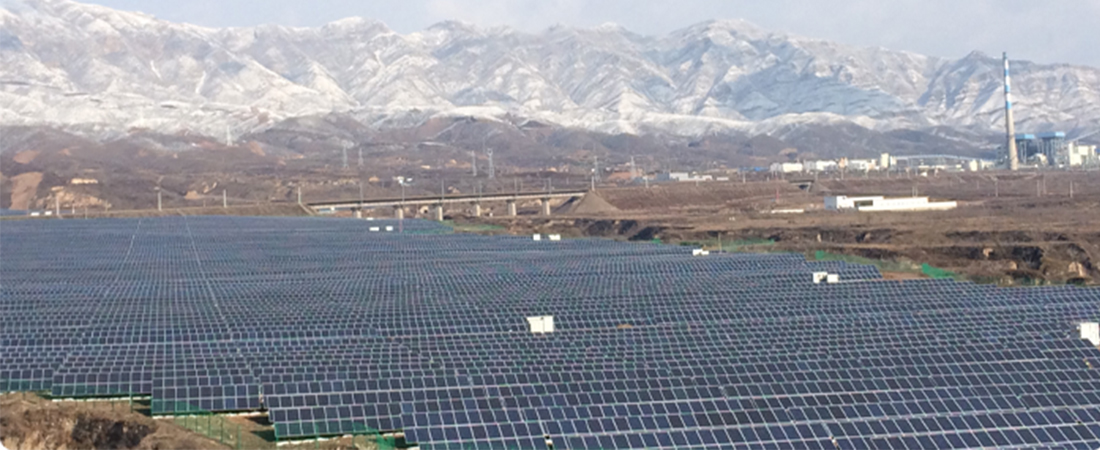
In the first year of the "14th Five-Year Plan", with the national 30·60 dual carbon targets, distributed photovoltaics will usher in explosive development, especially under the impetus of t...
VIEW MORE
-
Installation and Quality Selection of Solar Panel
11,17 2021
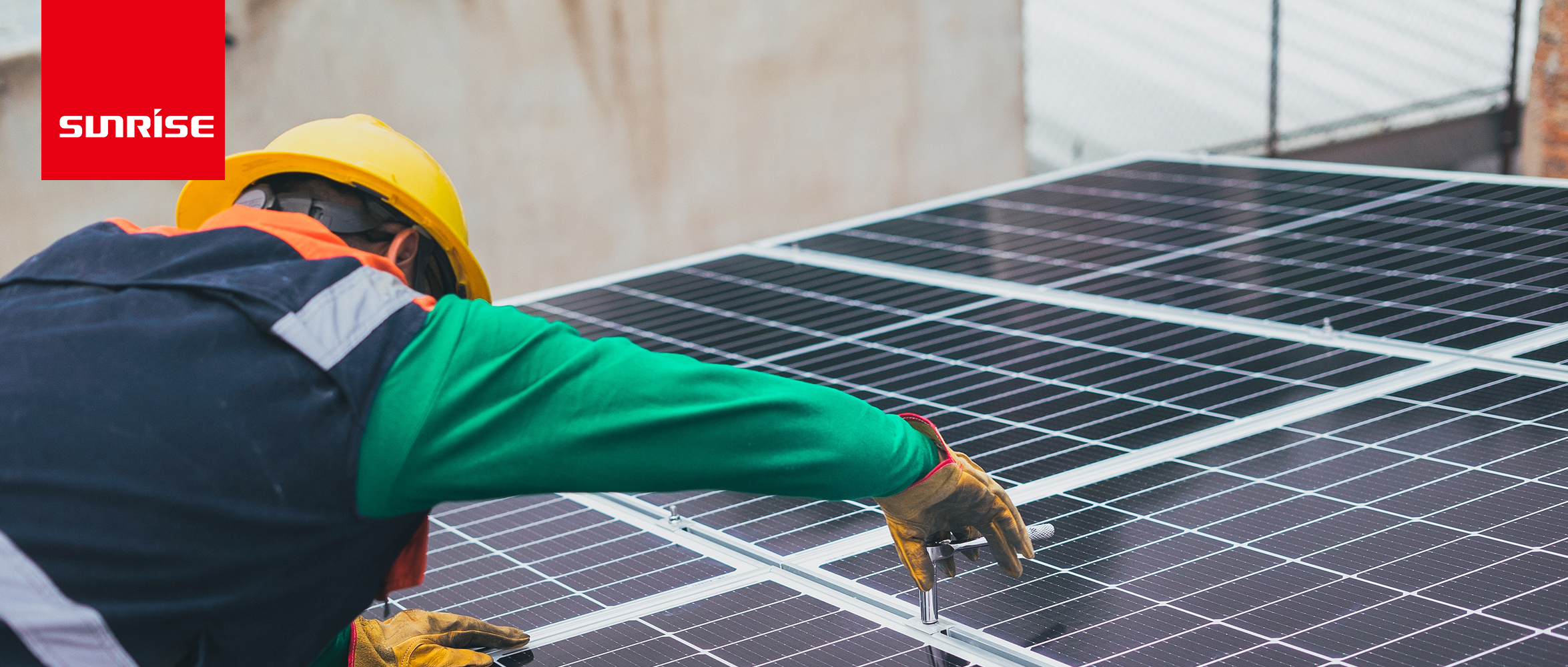
1. What should be paid attention to when installing a solar panel?(1) There are no obstructions where you installIf you install the solar panel on a roof that is covered by trees most of the year, the...
VIEW MORE
-
Maintenance Tips for the Solar Panel
11,10 2021

The solar panel is also known as a solar cell module, it is a photoelectric semiconductor sheet that uses sunlight to directly generate electricity. It is an assembly consist of several solar cells as...
VIEW MORE
-
What is the Production Process of the Solar Panel?
11,03 2021
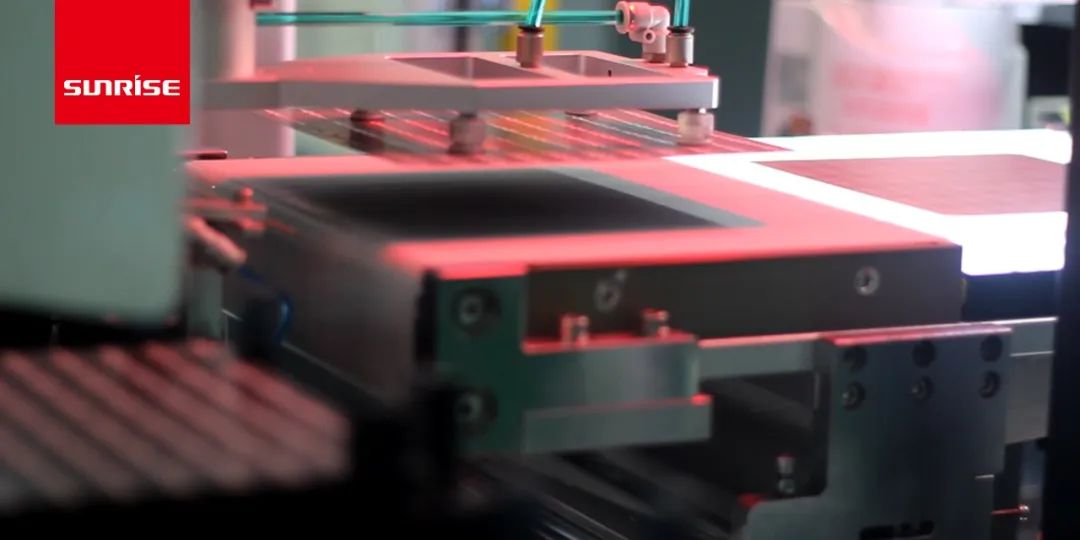
The assembly line is also known as the packaging production line. Packaging is the core stage of solar panel production. The solar panel packaging can not only ensure the service life of the solar pan...
VIEW MORE
-
The Differences Between Distributed PV Systems and Centralized PV Systems
10,13 2021
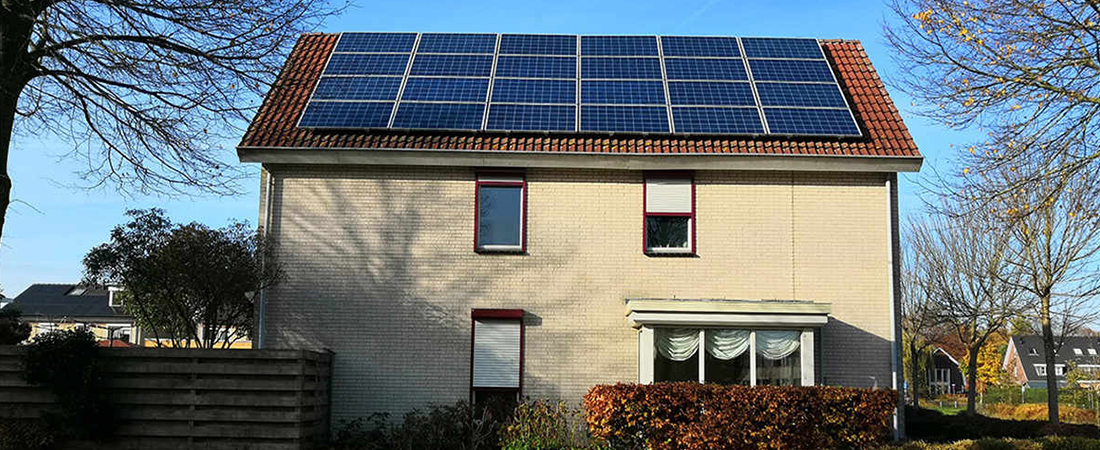
Nowadays, photovoltaic power generation is a very common new energy source. Compared with hydropower and wind power, there is no strict location selection for its construction. Hydropower should be bu...
VIEW MORE
-
Market Prospects and Problems of Photovoltaic Rooftops
09,27 2021
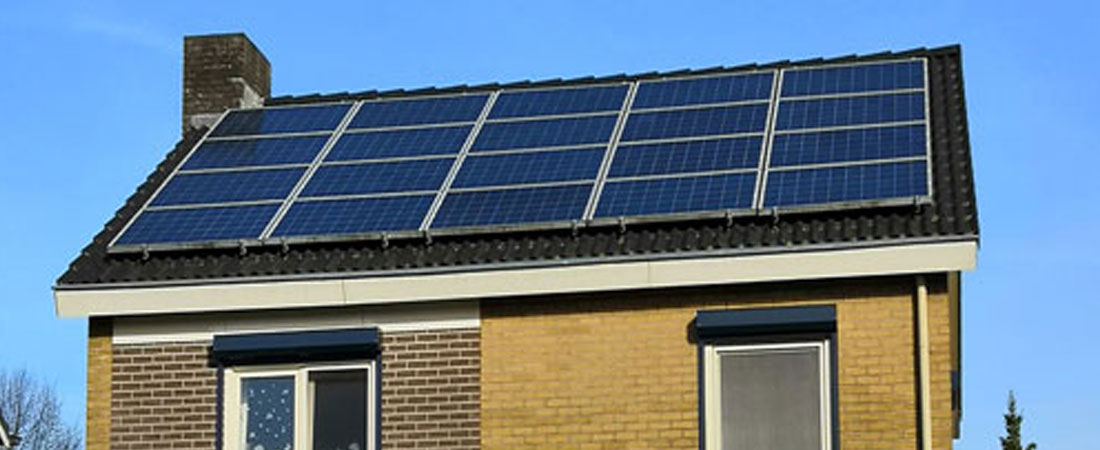
Last month, the General Department of the National Energy Administration officially issued a notice on the pilot project of distributed photovoltaic development, and also proposed the requirement that...
VIEW MORE
-
Introduction of the Main Points of Configuration of PV Off-grid System
09,27 2021
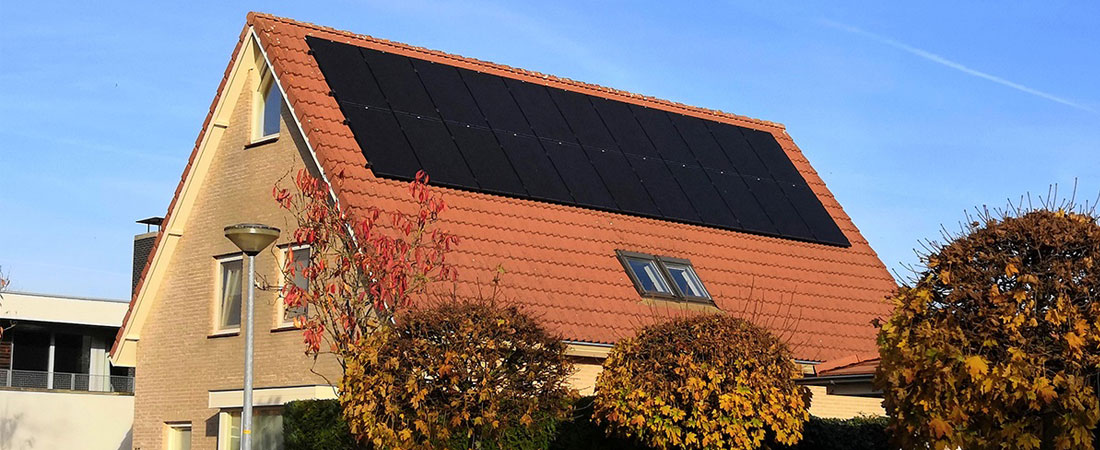
PV modules, off-grid inverters (including PV controllers/inverters), energy storage cells (lead-acid/colloid/lead-carbon/ternary lithium/lithium iron phosphate, etc.), PV brackets, cables, and distrib...
VIEW MORE
-
Analysis of the Advantages and Disadvantages of Monocrystalline Silicon, Polycrystalline Silicon, and Amorphous Silicon Cells
09,27 2021
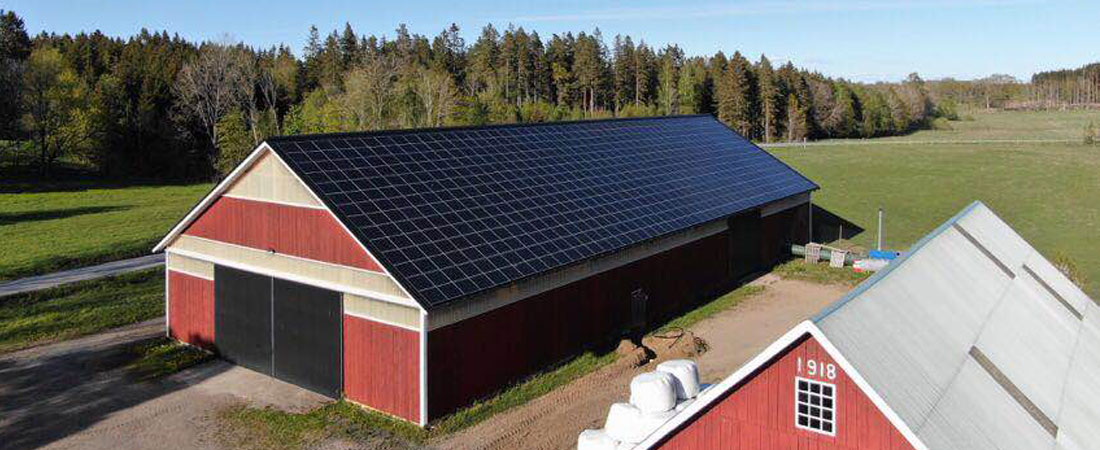
From the appearance, the four corners of the monocrystalline cell are arc-shaped and the surface is not patterned; while the four corners of the polycrystalline silicon cell are square and the surface...
VIEW MORE
-
Two Effects That Affect the Normal Operation of Photovoltaic Modules
09,27 2021
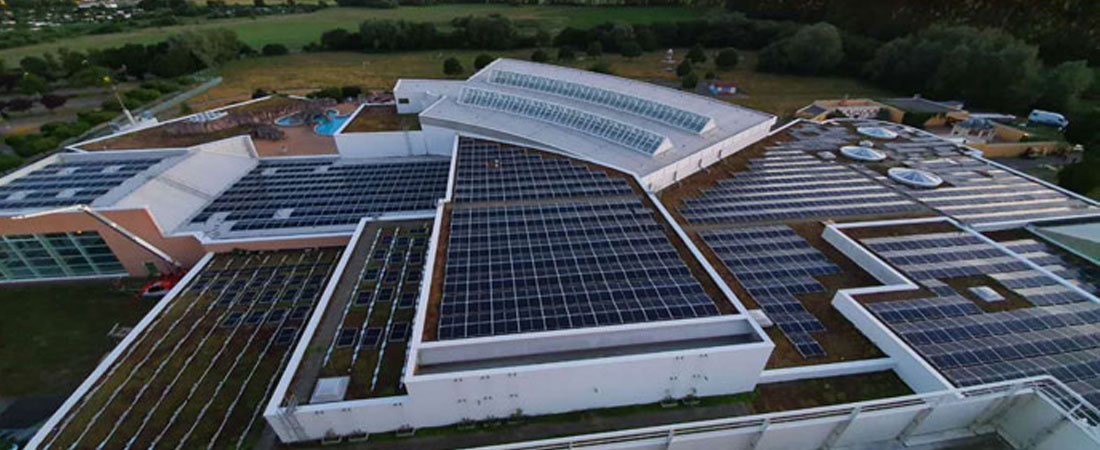
Photovoltaic modules are the most important equipment in photovoltaic power generation. Special situations in the daily installation and operation and maintenance process will cause the hot spot effec...
VIEW MORE
-
Installing one module is equivalent to extinguishing 180 bulbs.
07,23 2021

Sunrise Energy|60+ Earth HourAverage daily generation of Sunrise M10 modules ≈ Energy saving of 180 light bulbs in one hour, so far, the total shipment of Sunrise modules is 6.2GW. Sunrise is equivalent...
VIEW MORE
-
Each installation of a module saves about 1 kg of carbon emissions
05,31 2021

Sunrise is speeding up the implementation of "Carbon" responsibility, help 2060 carbon-neutral.
VIEW MORE
















































































































